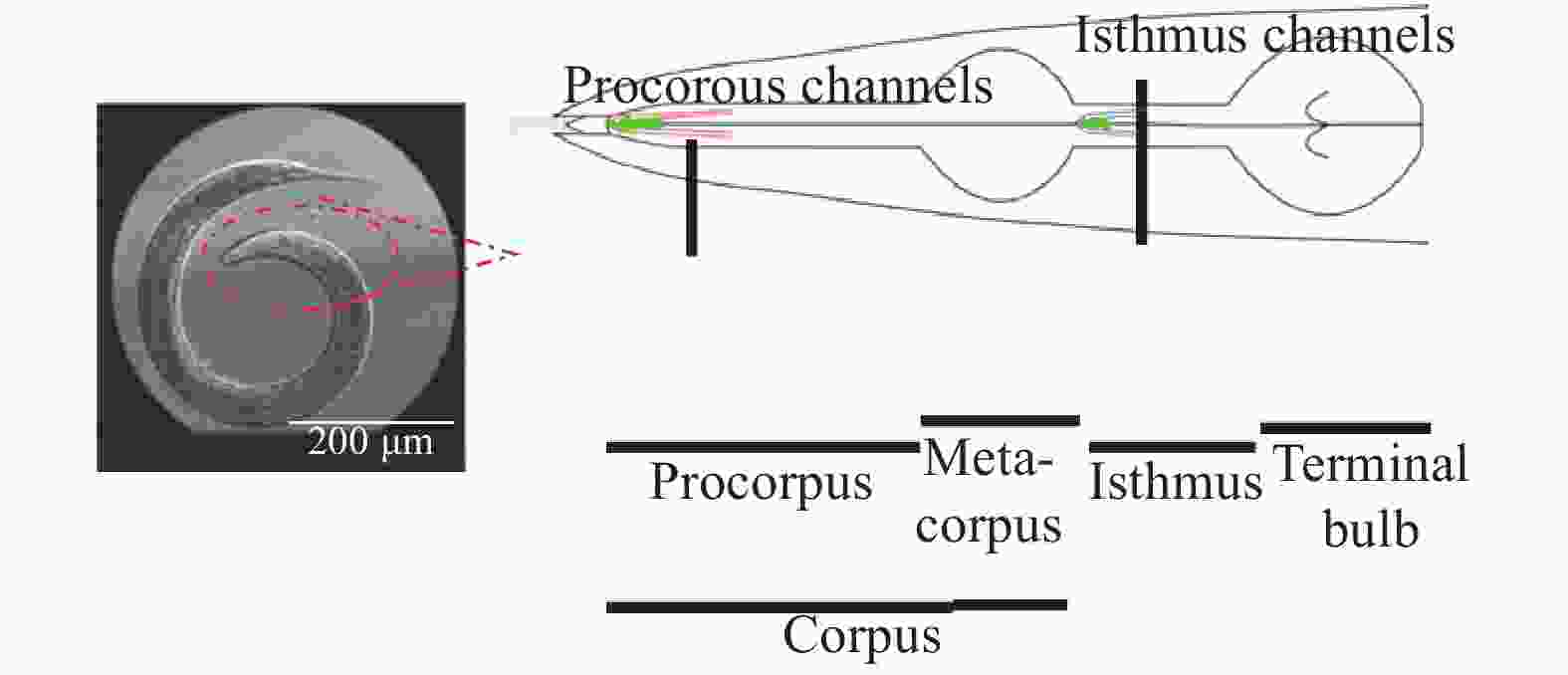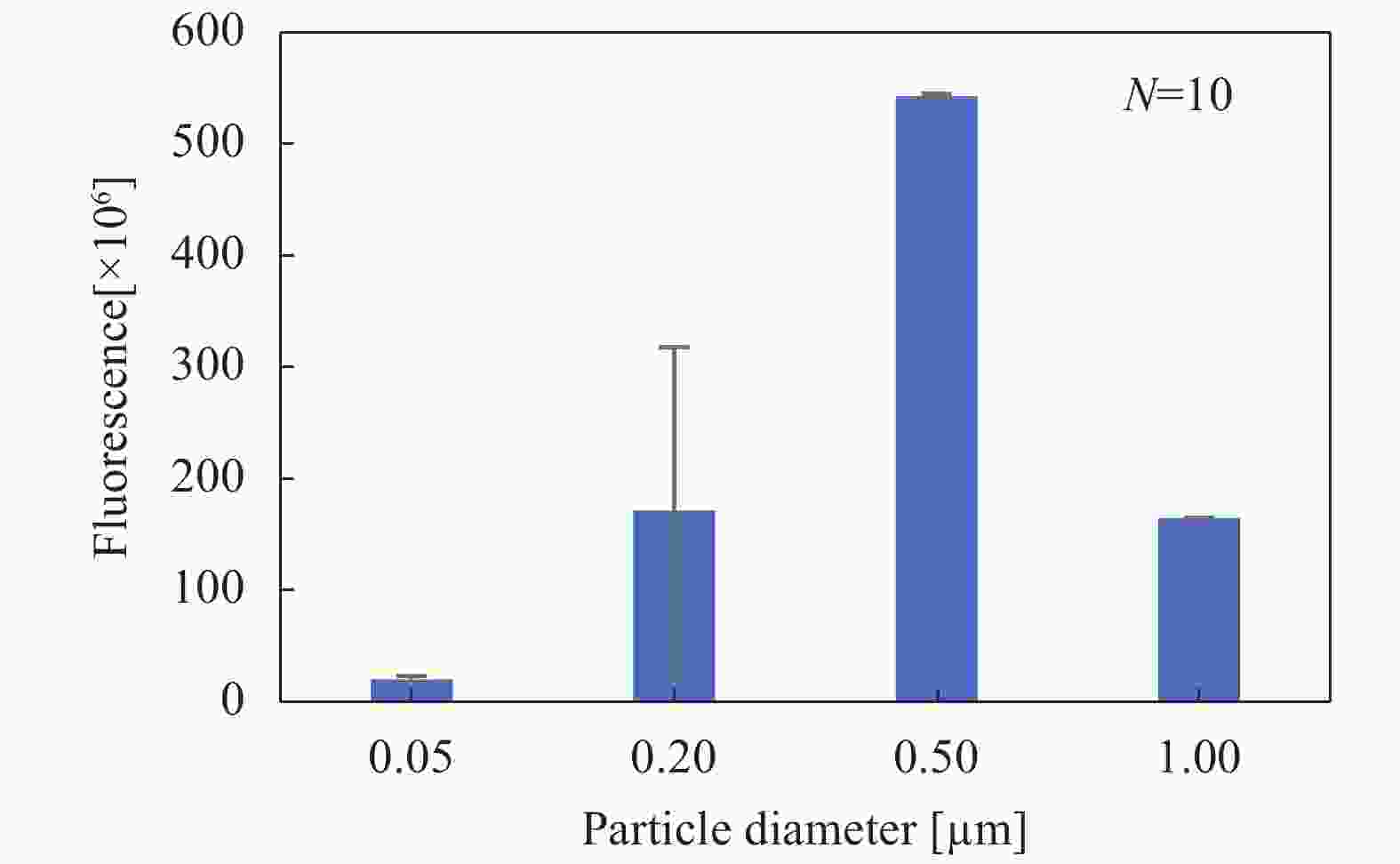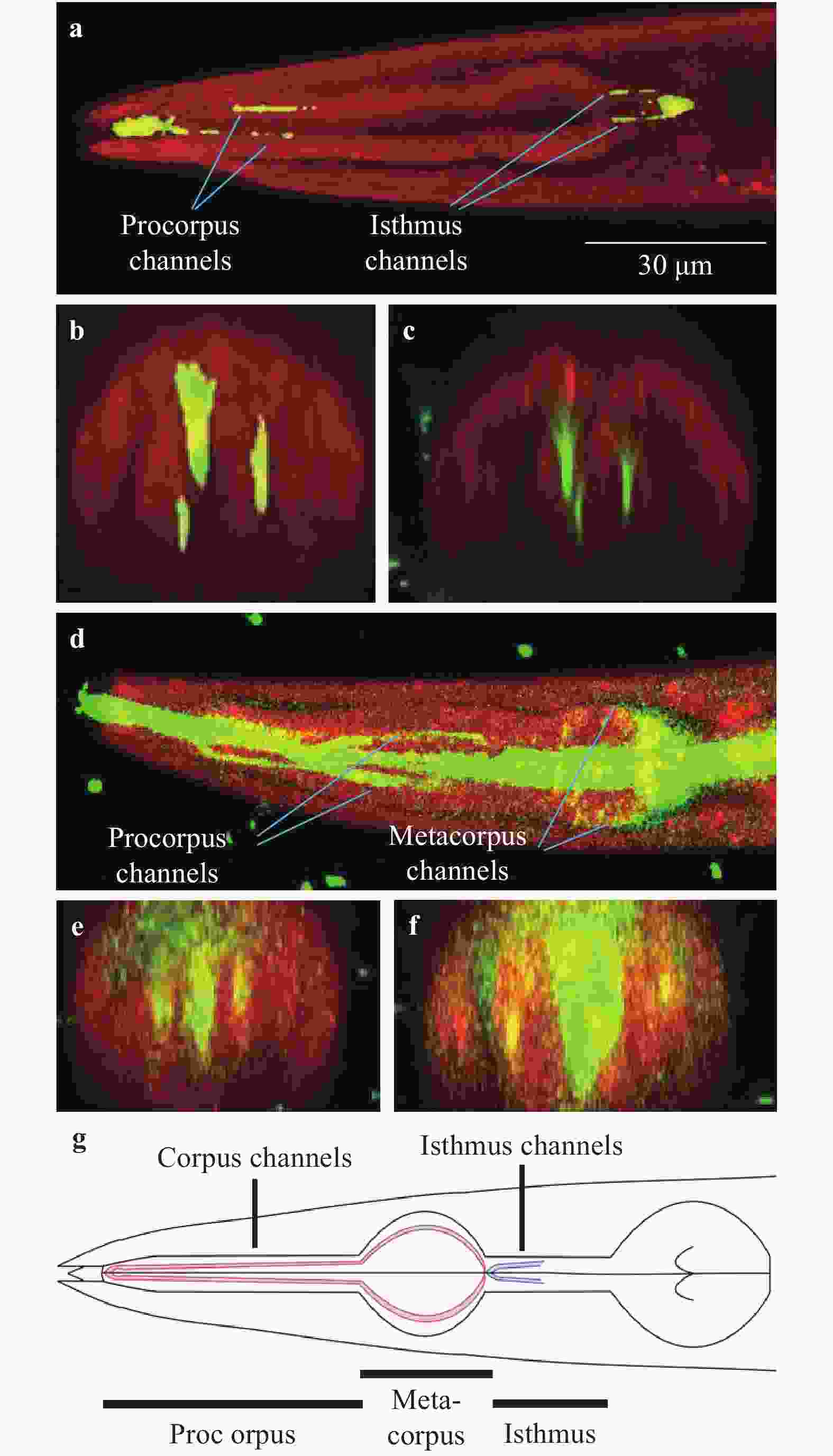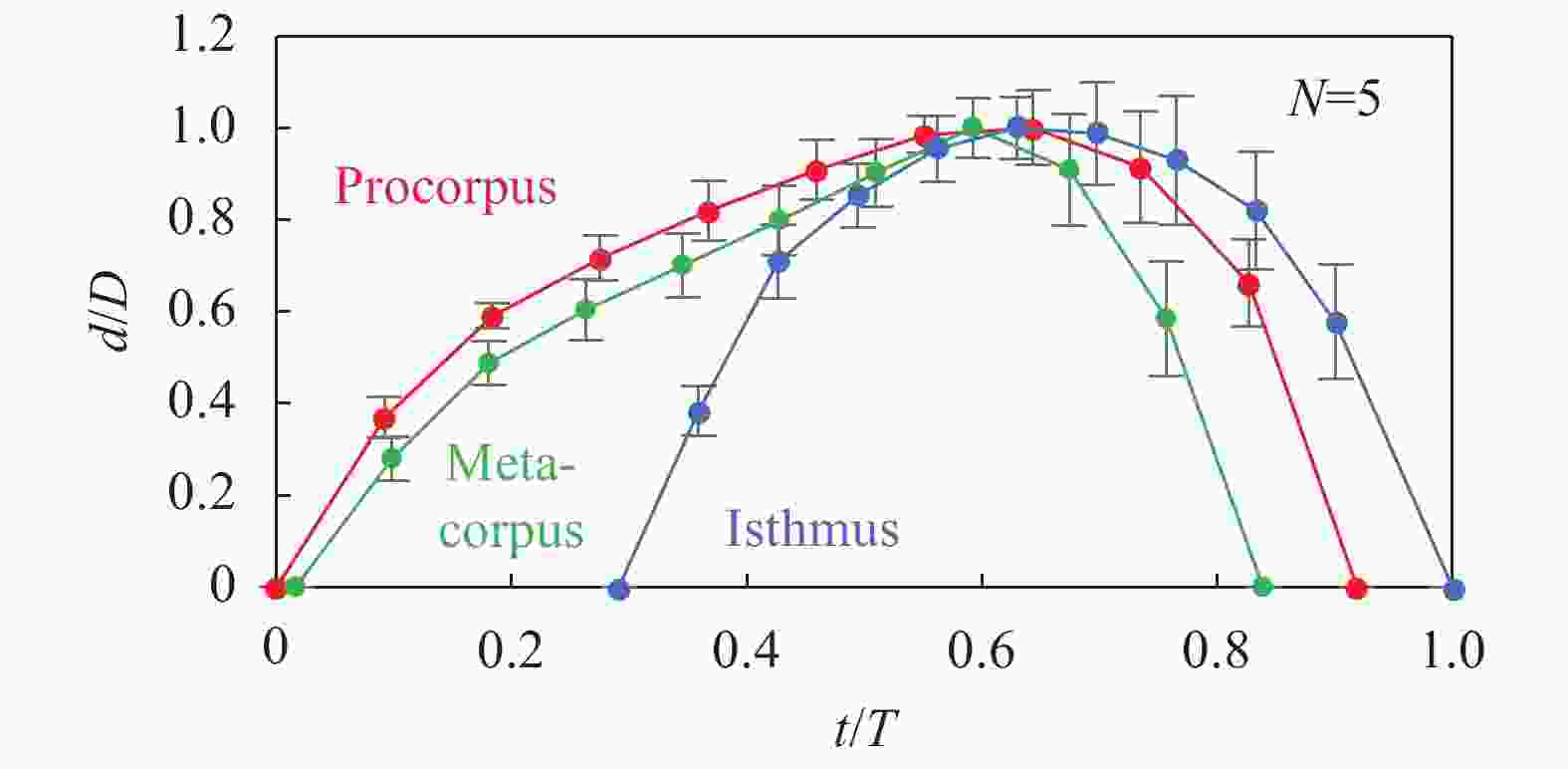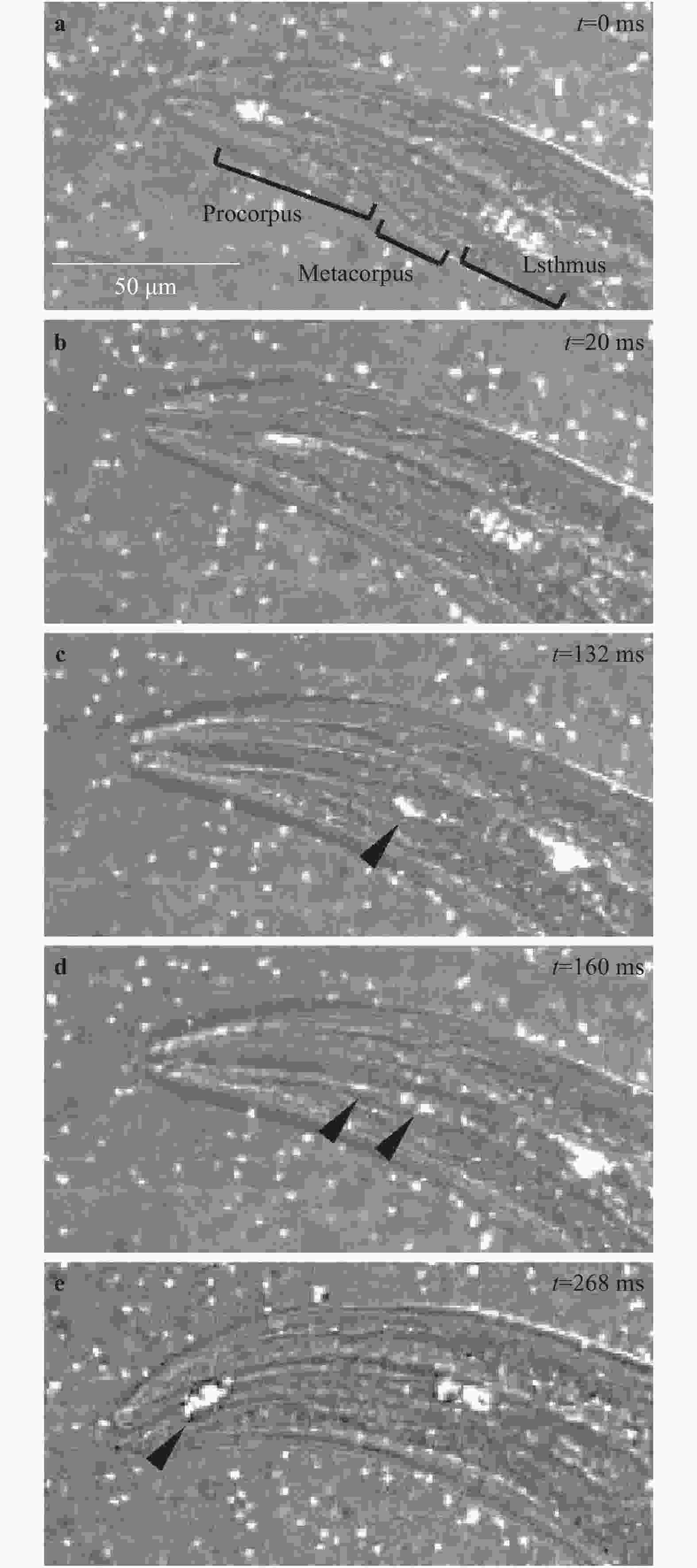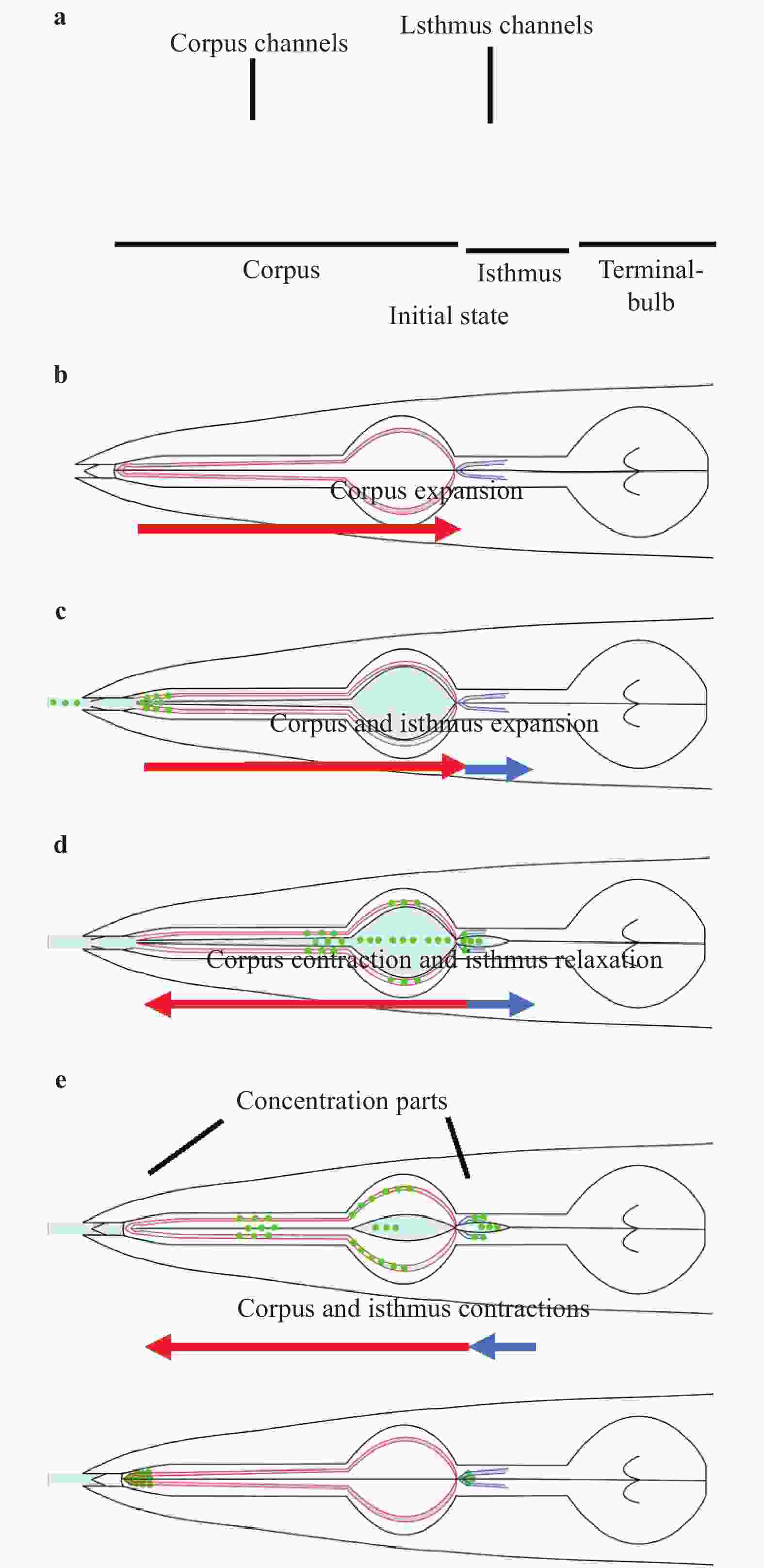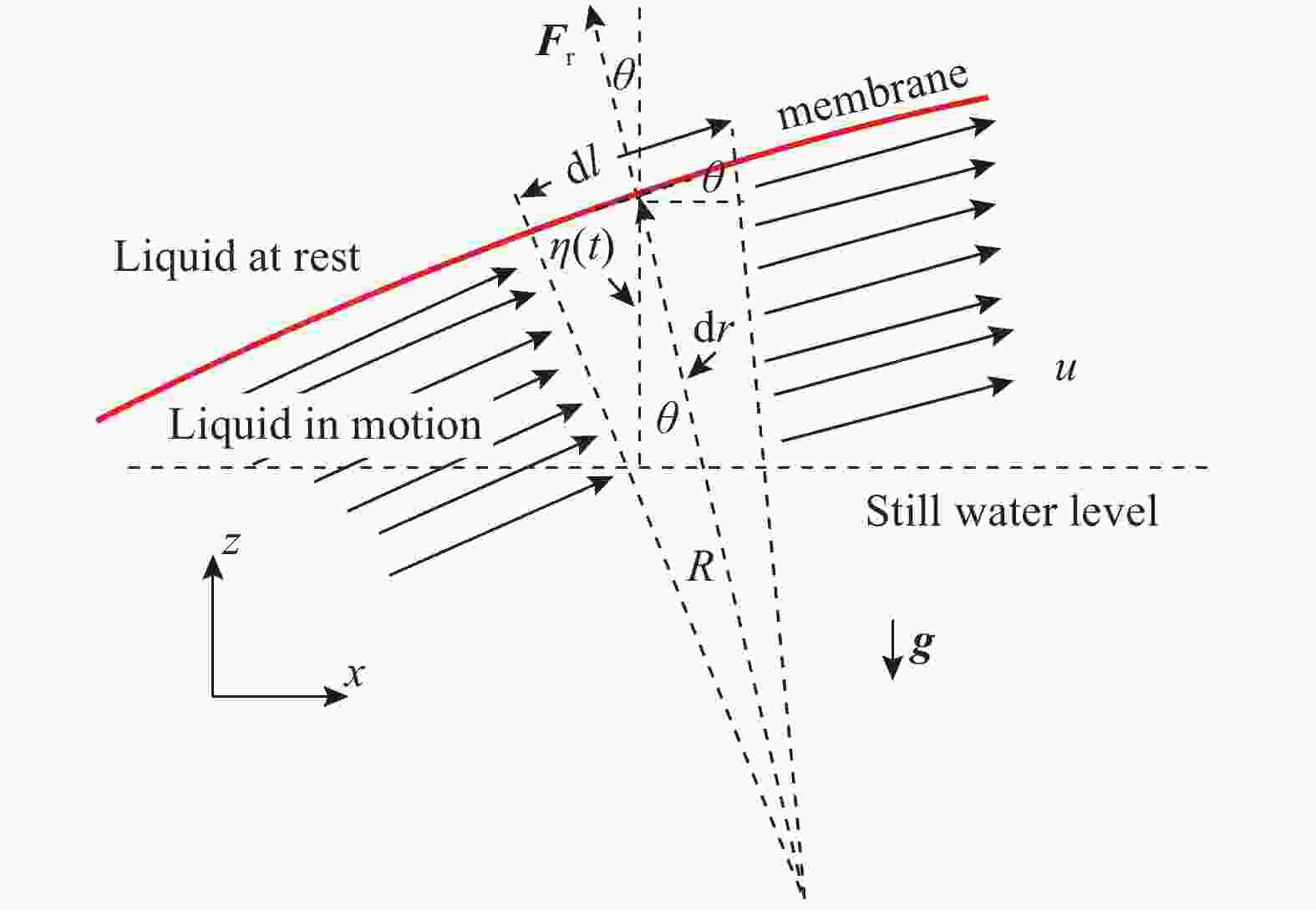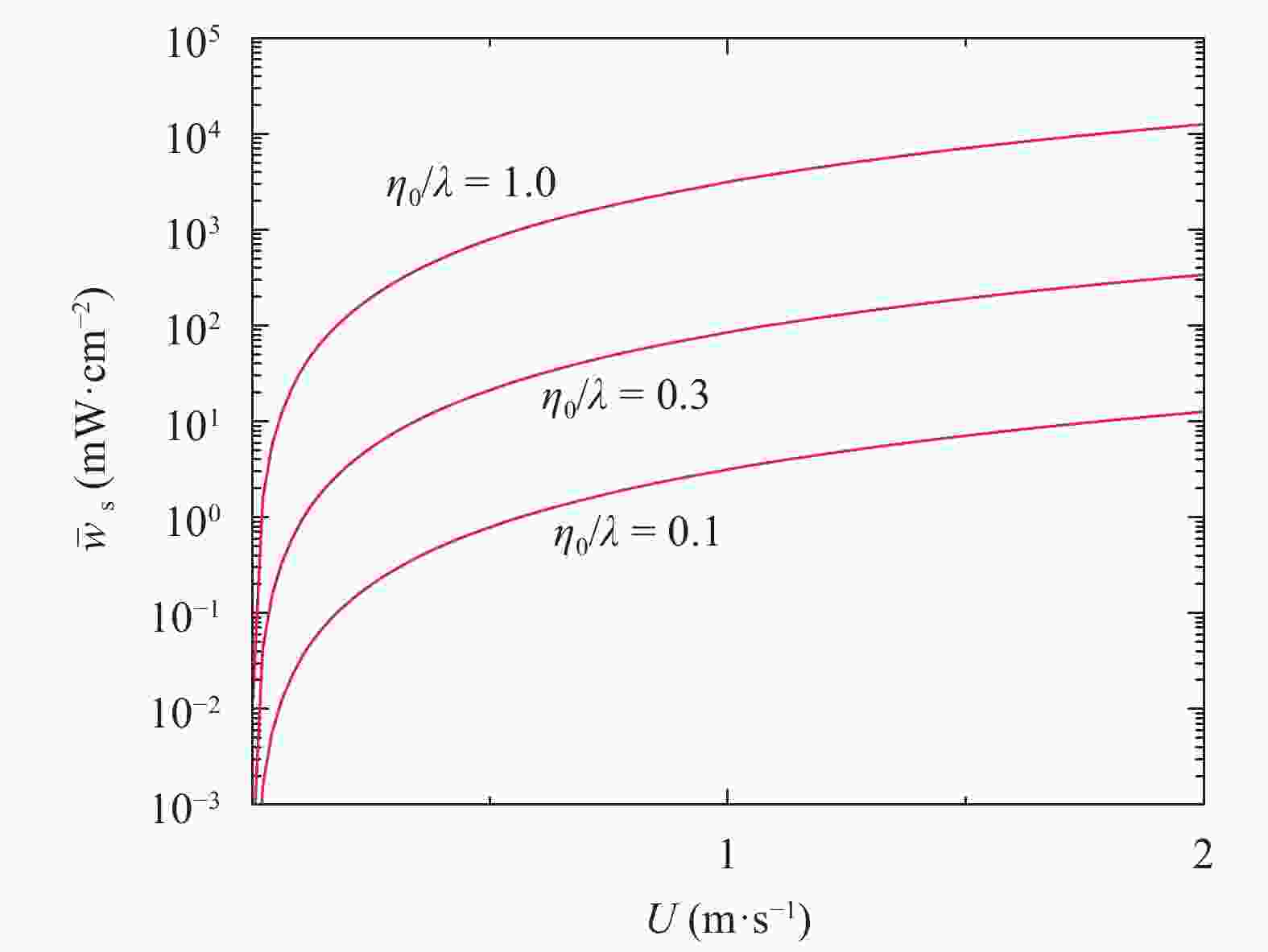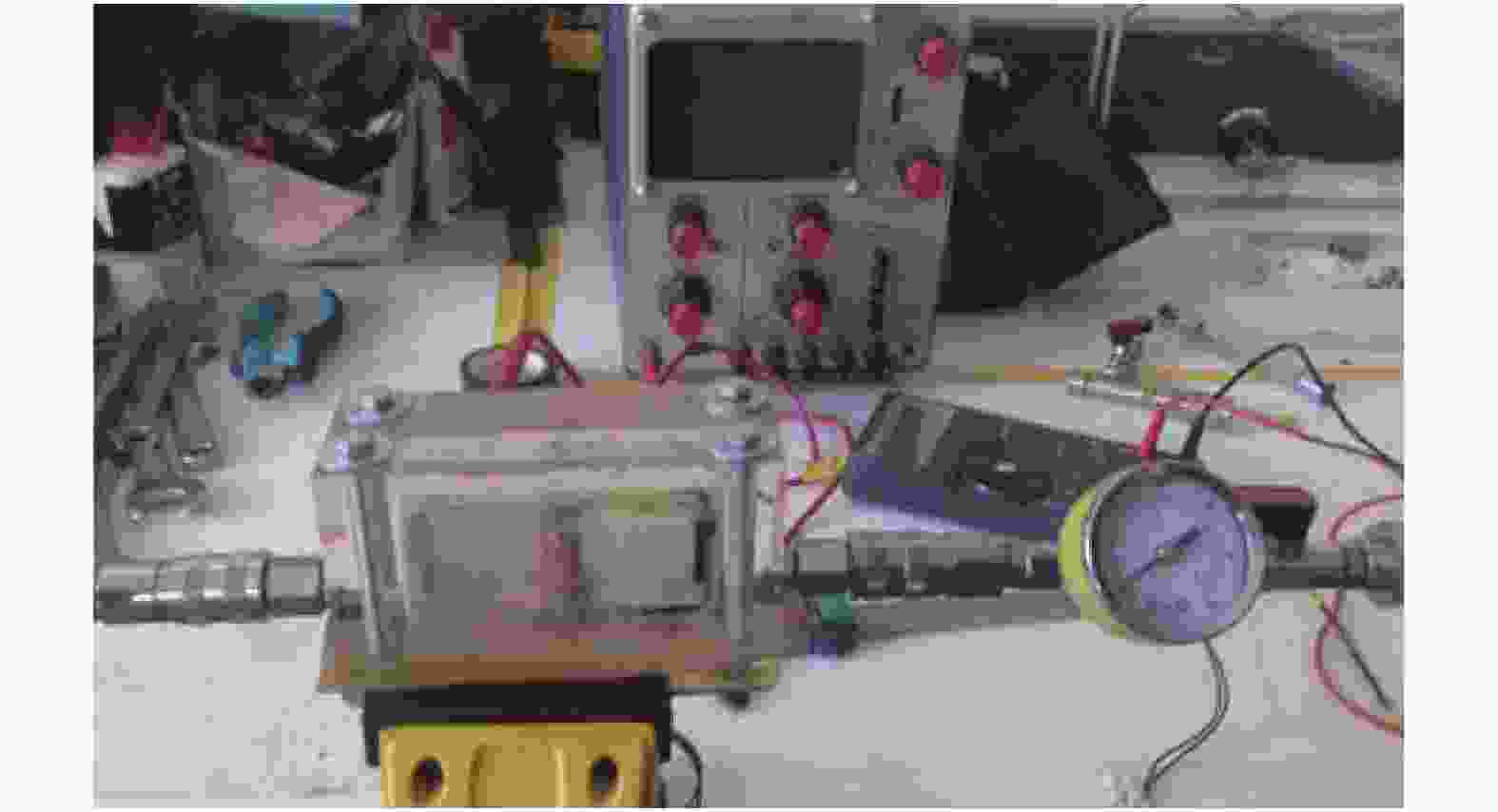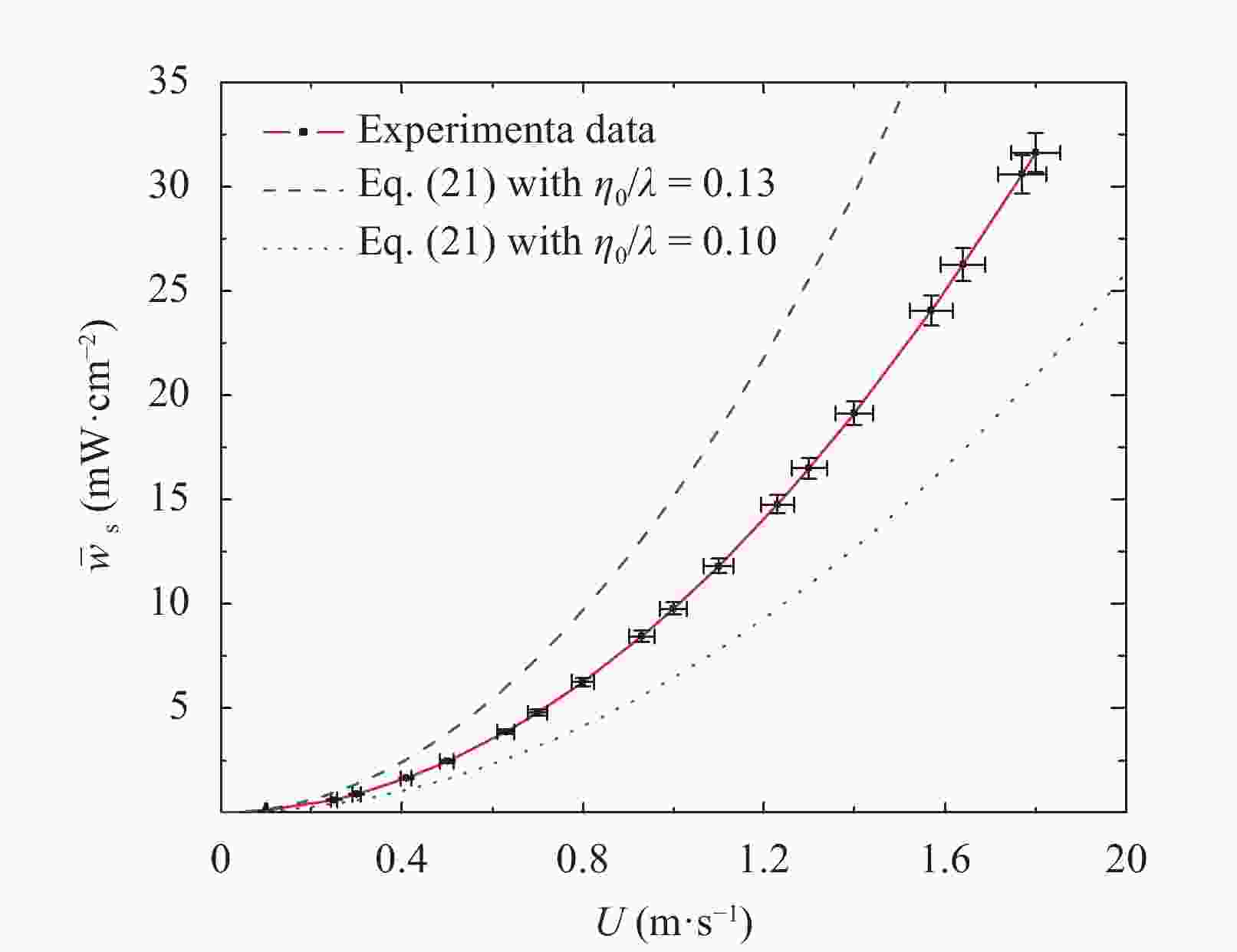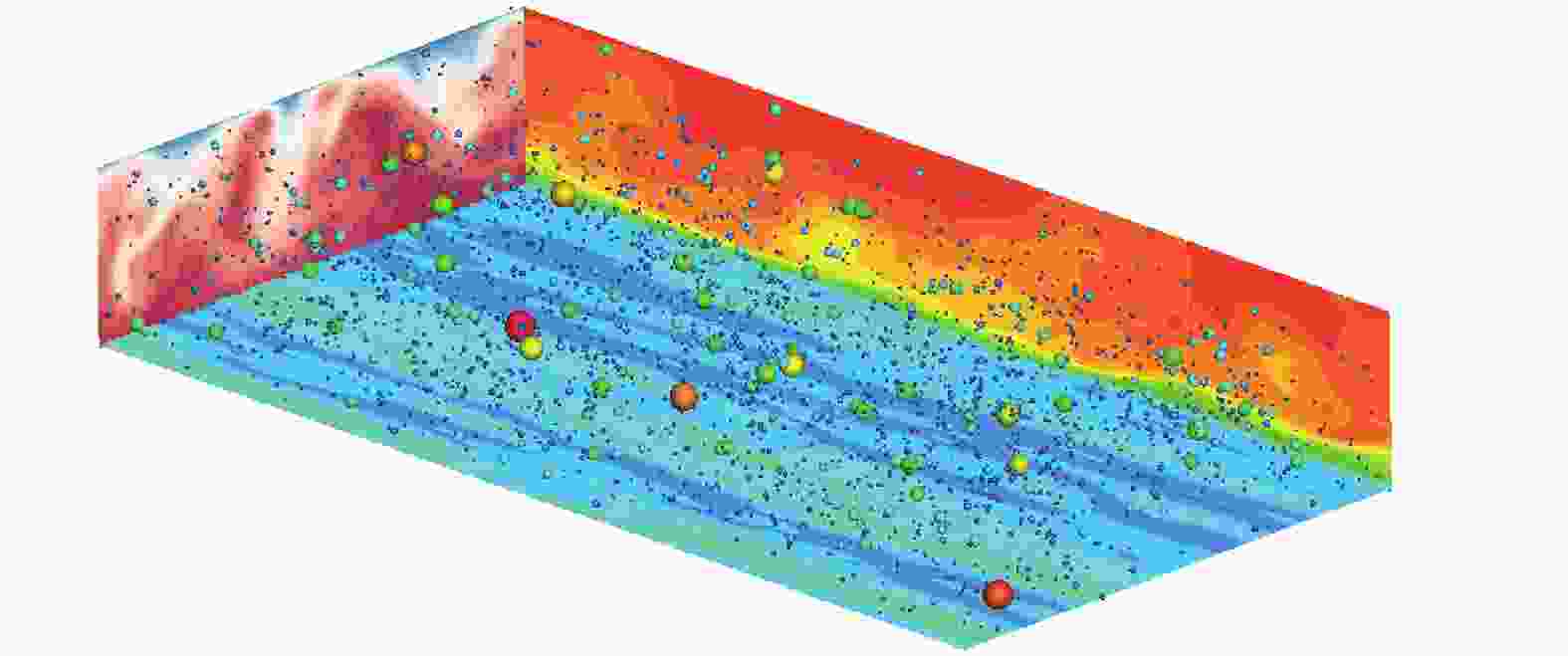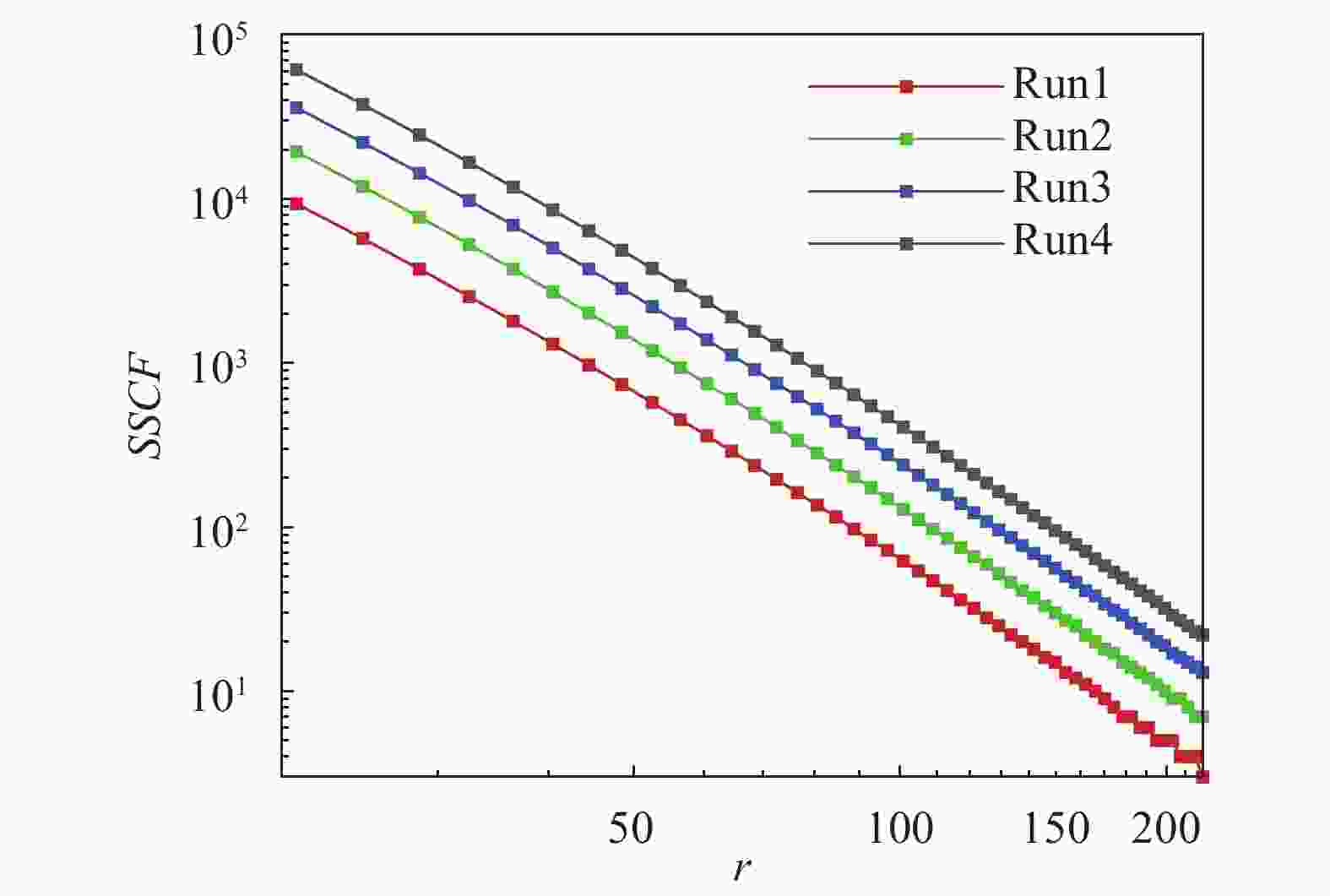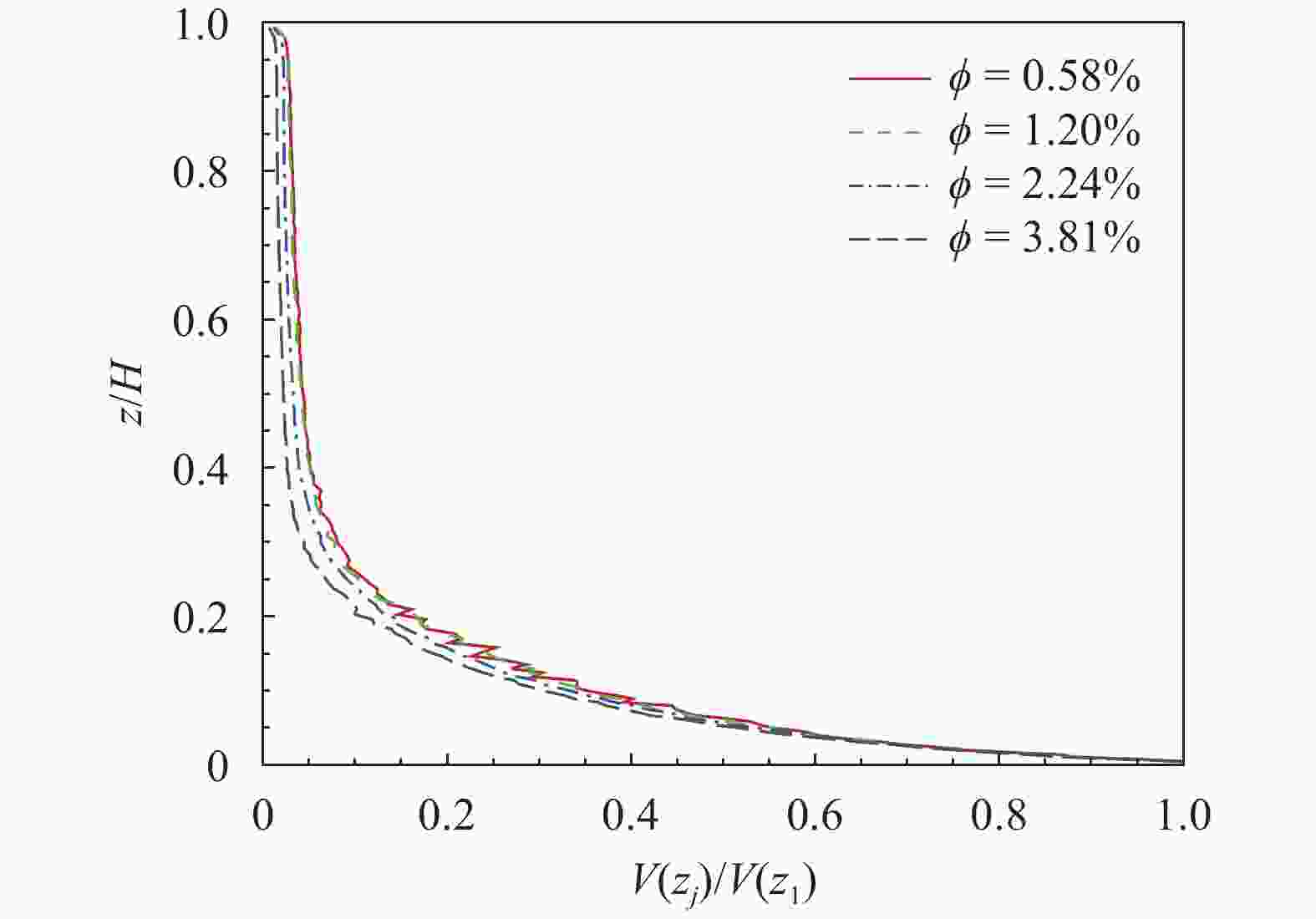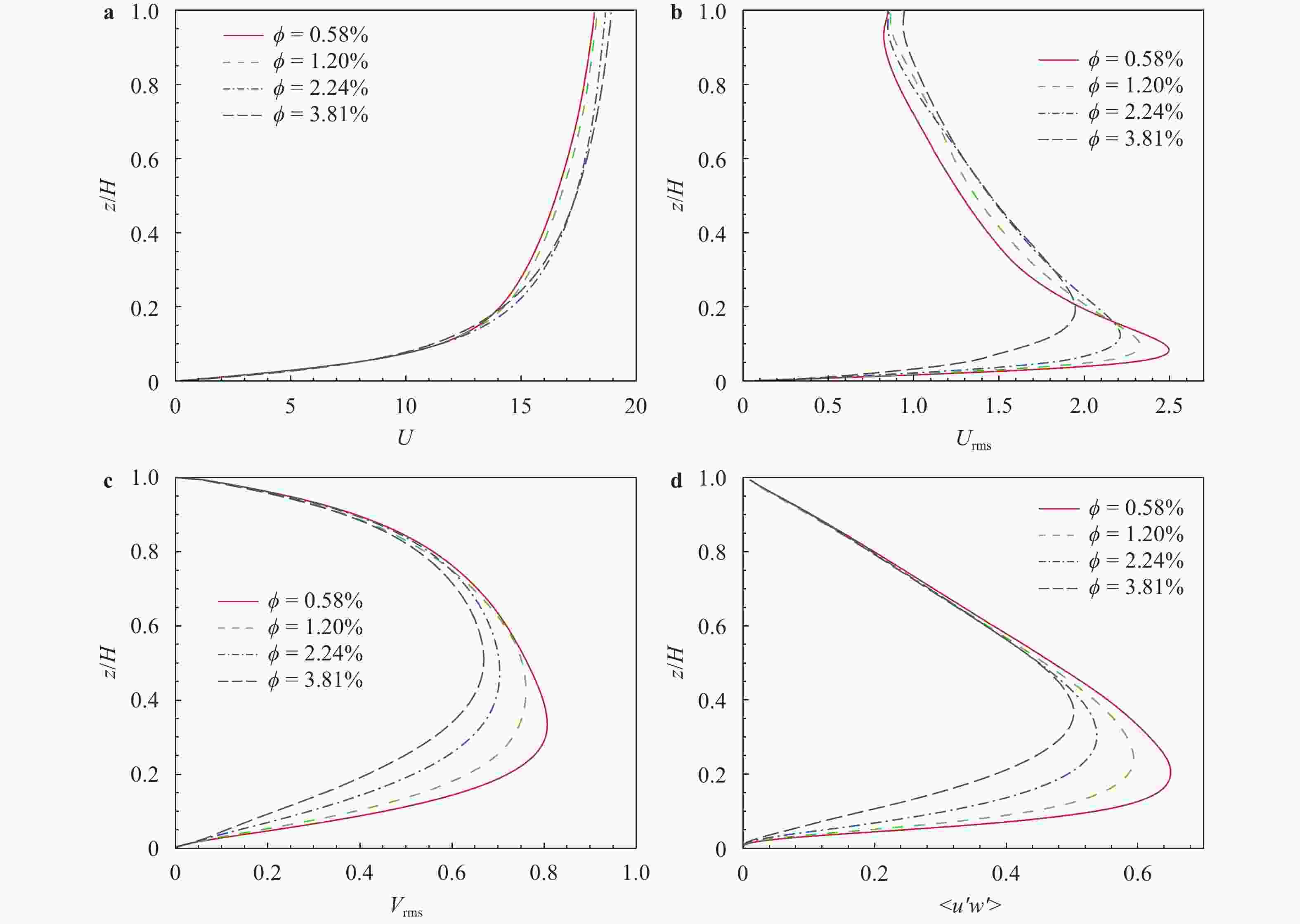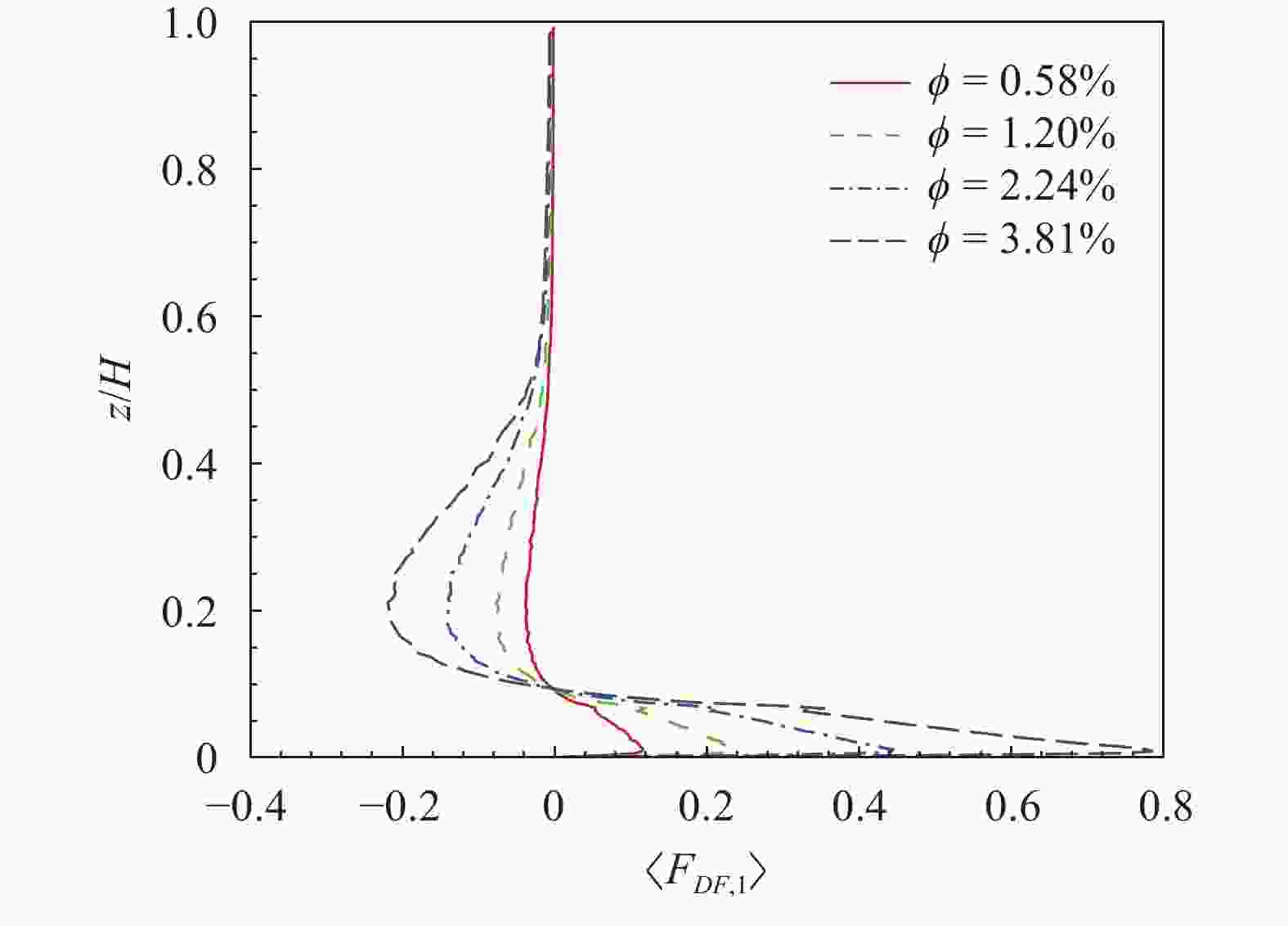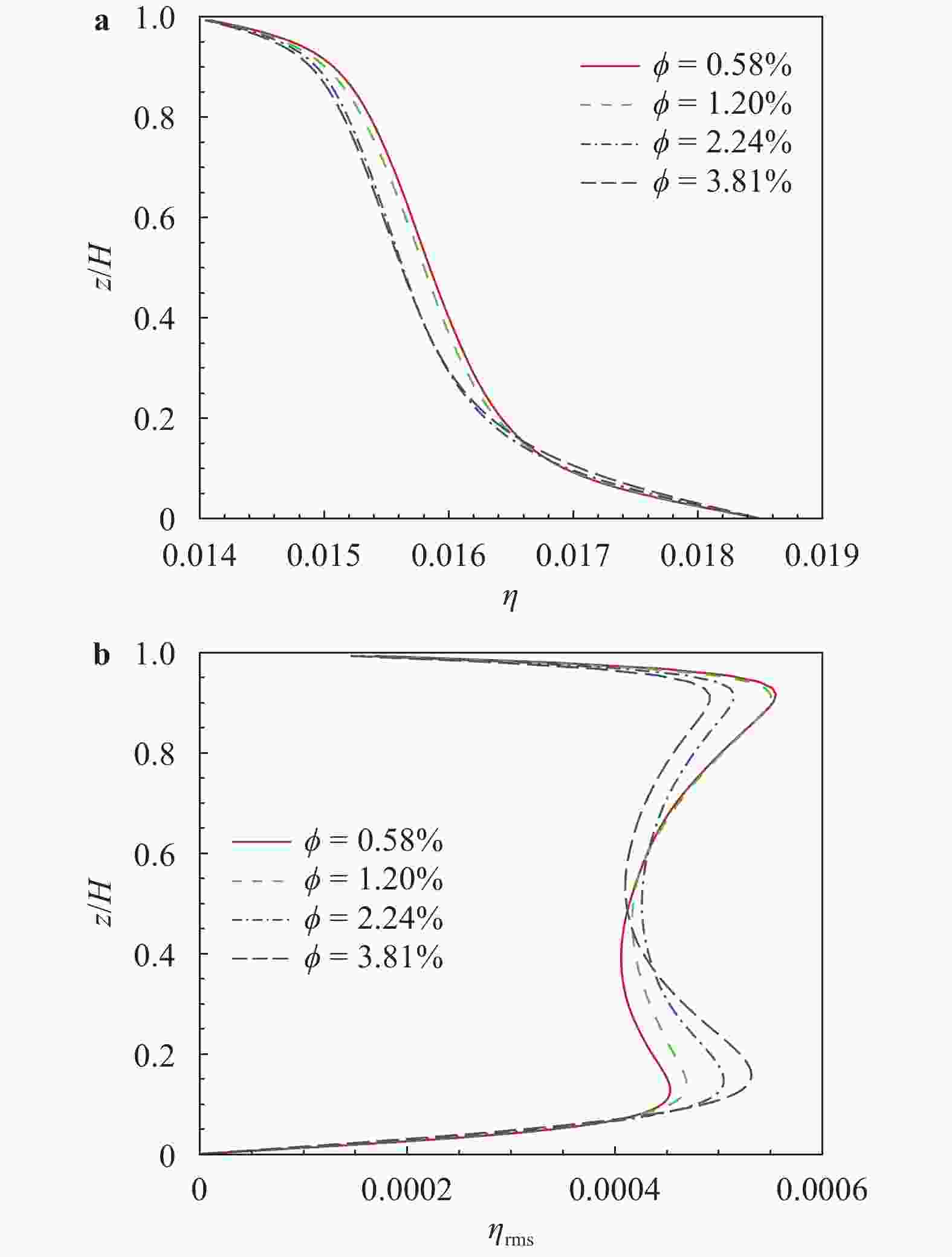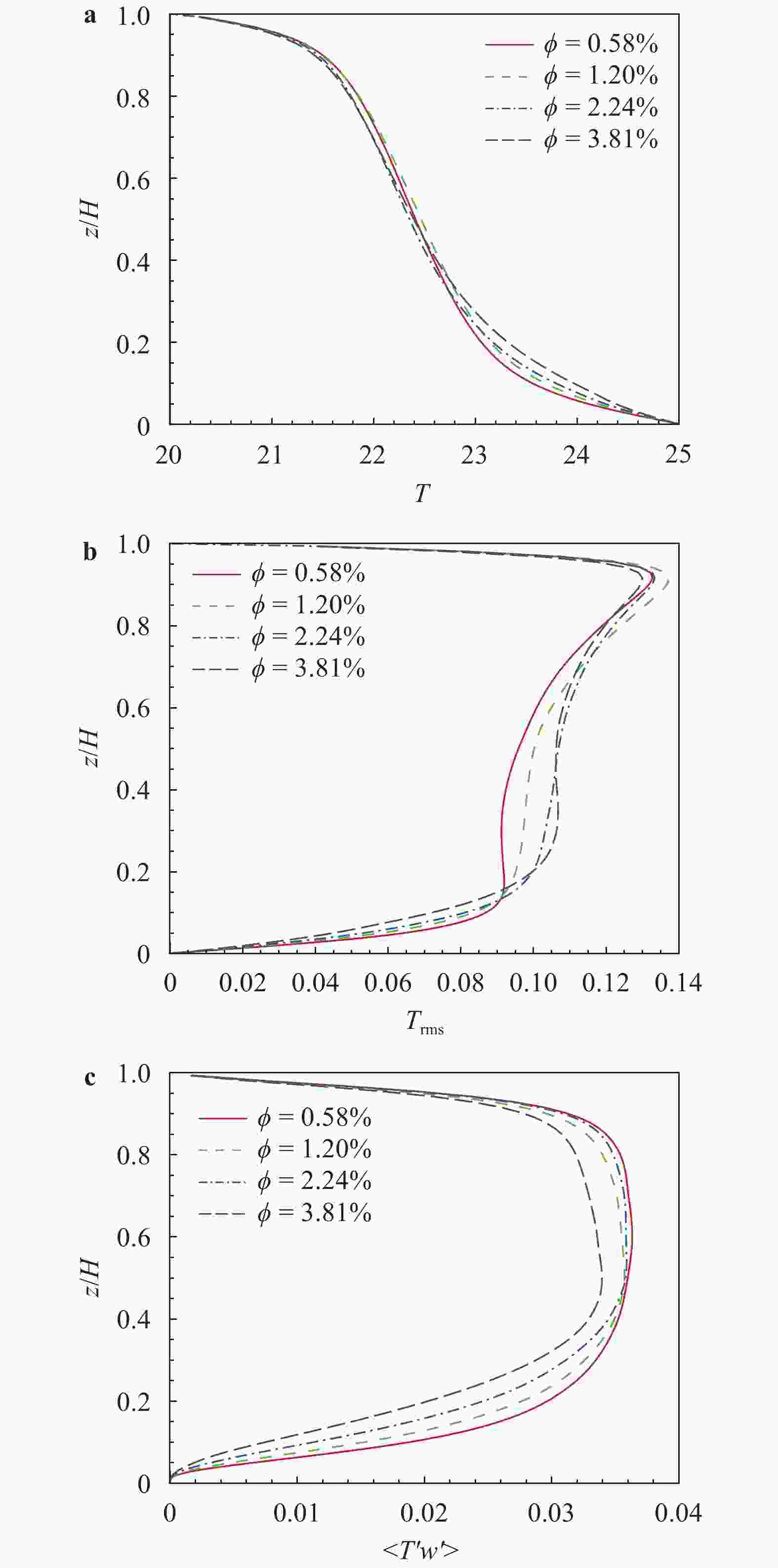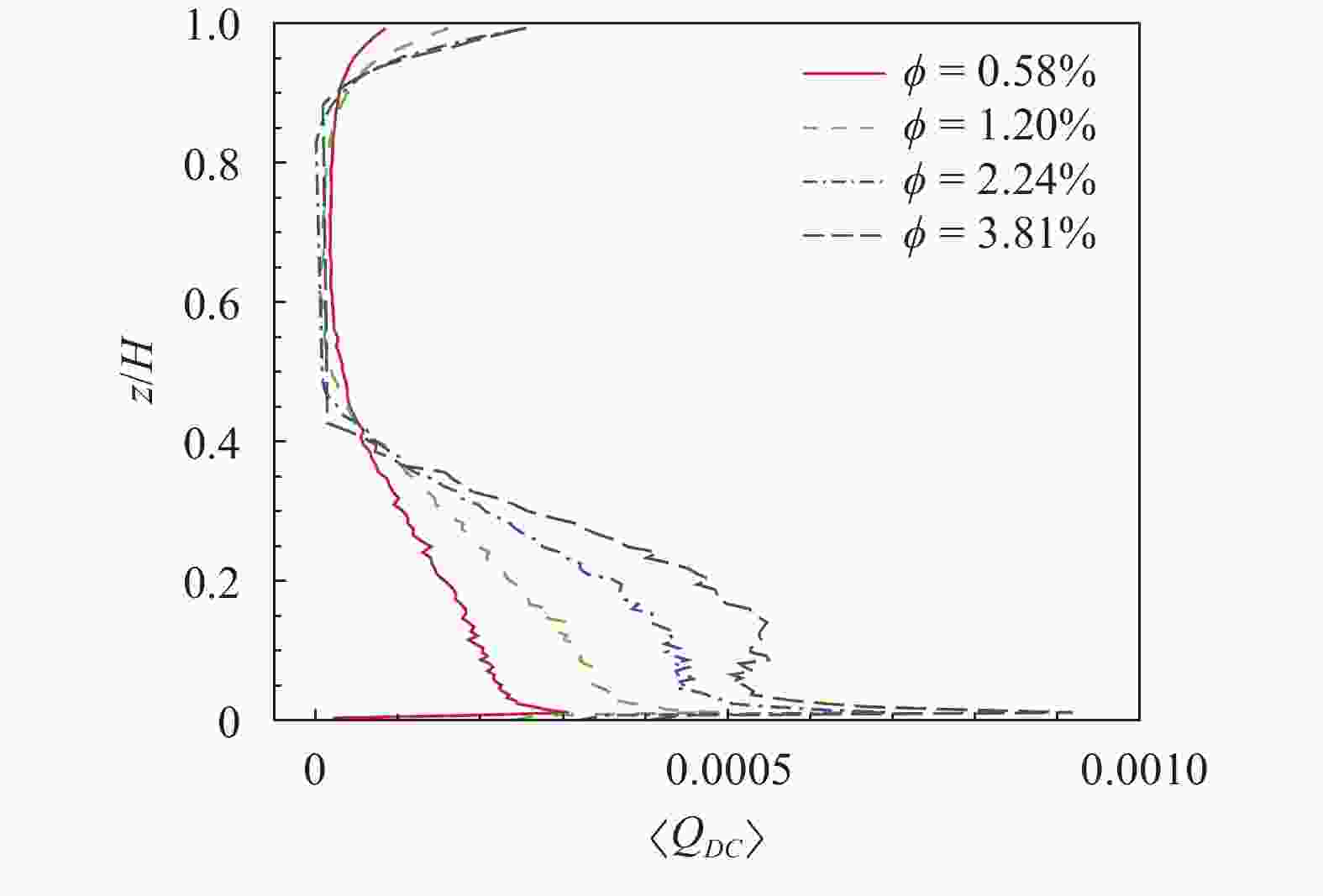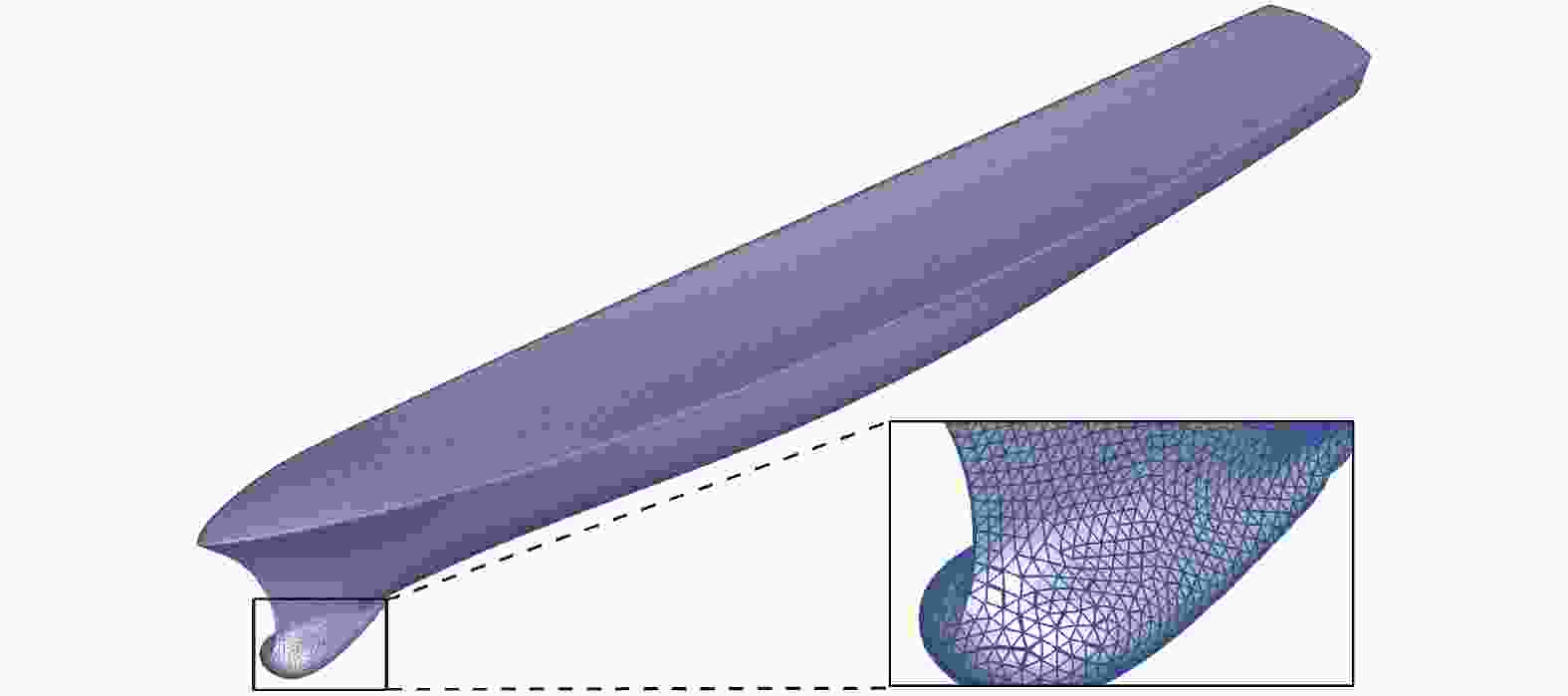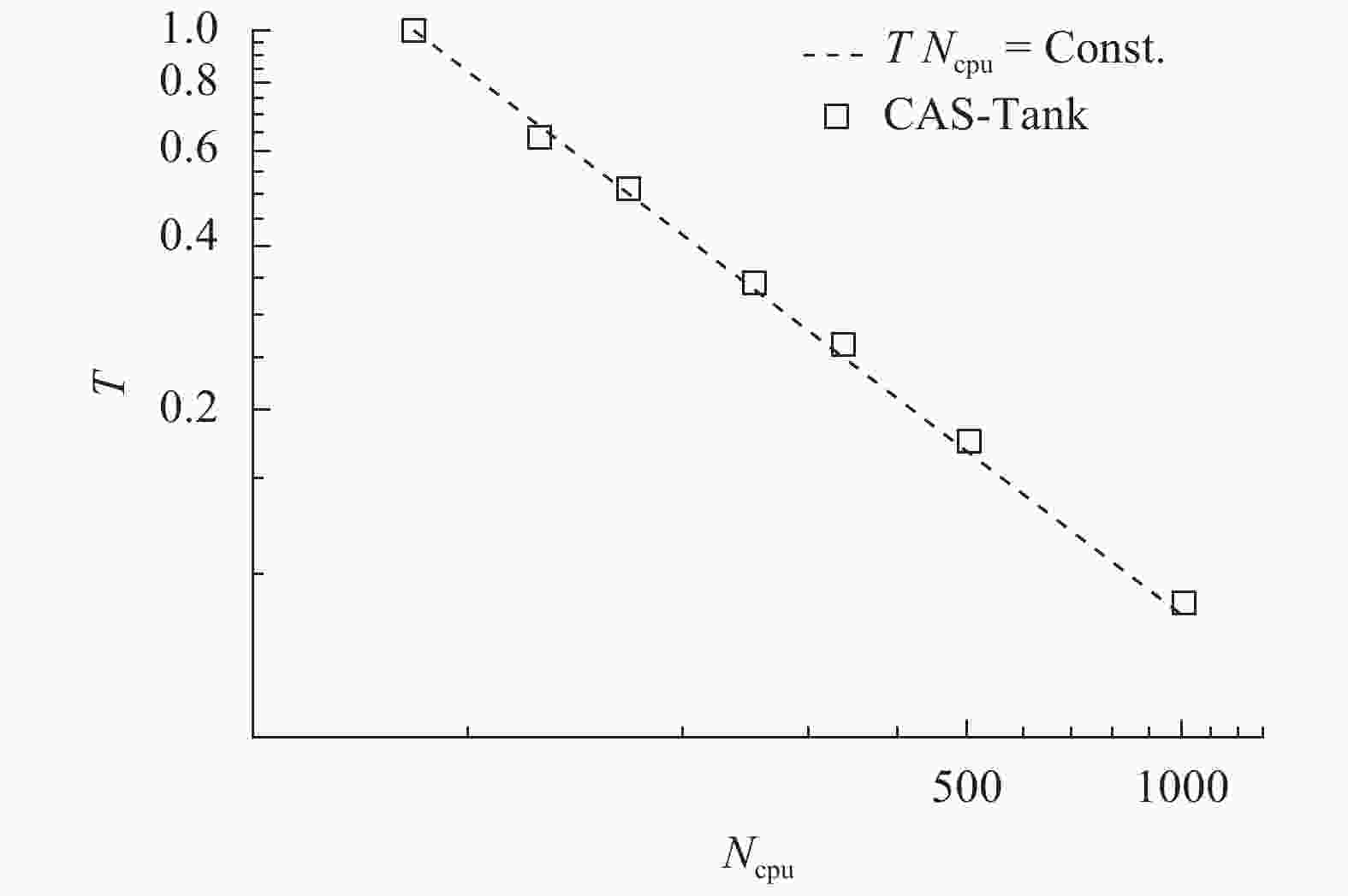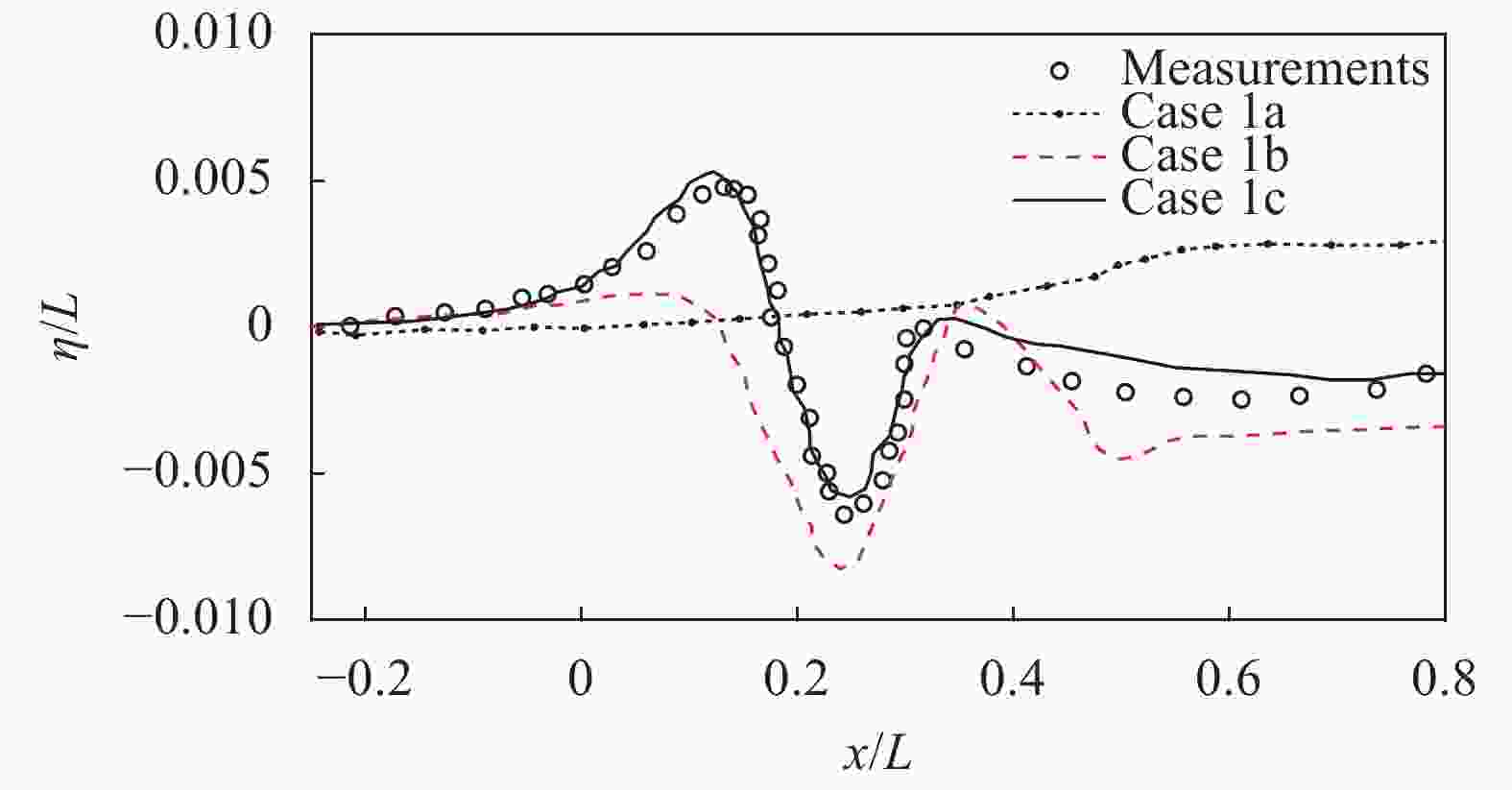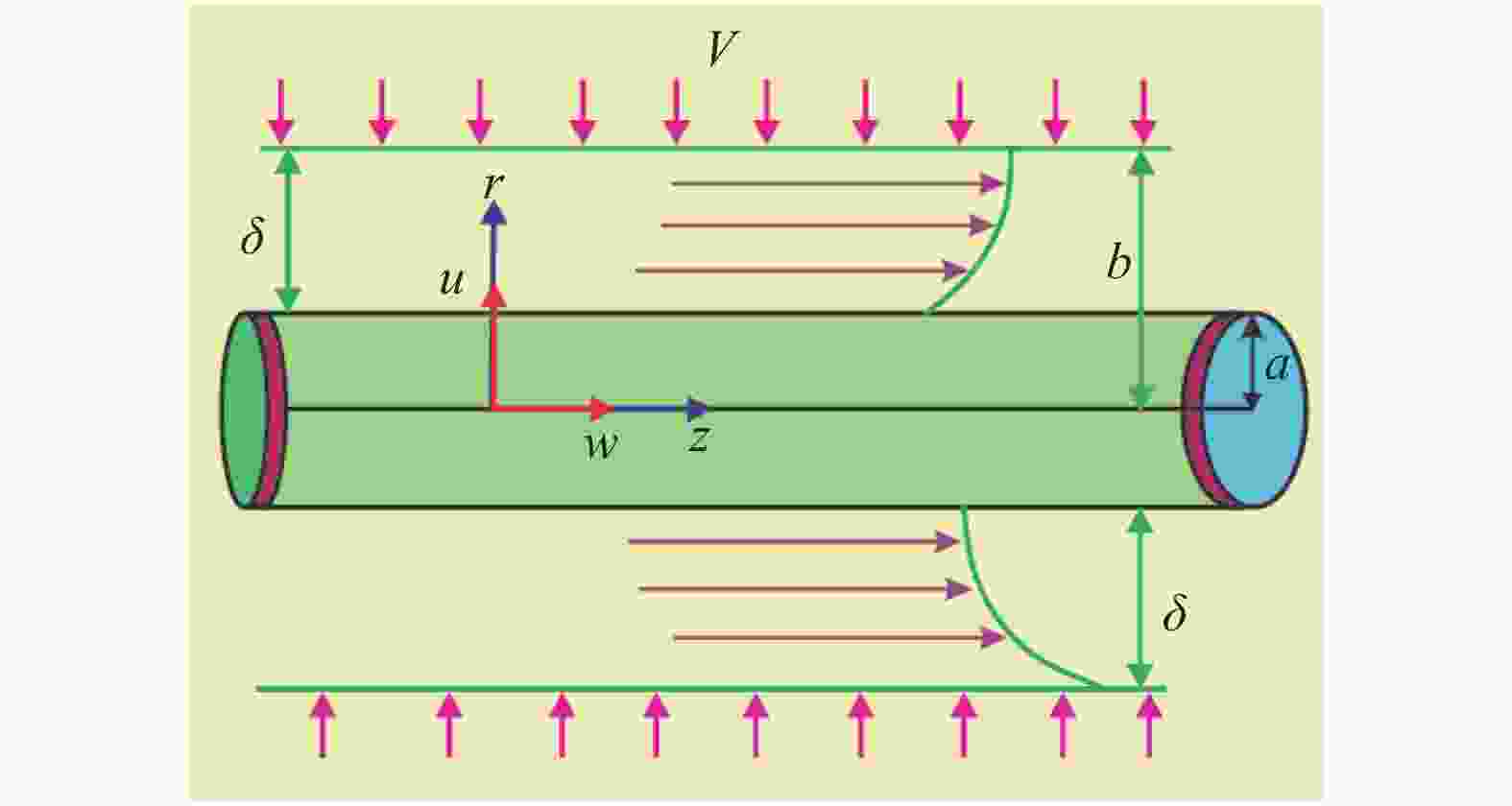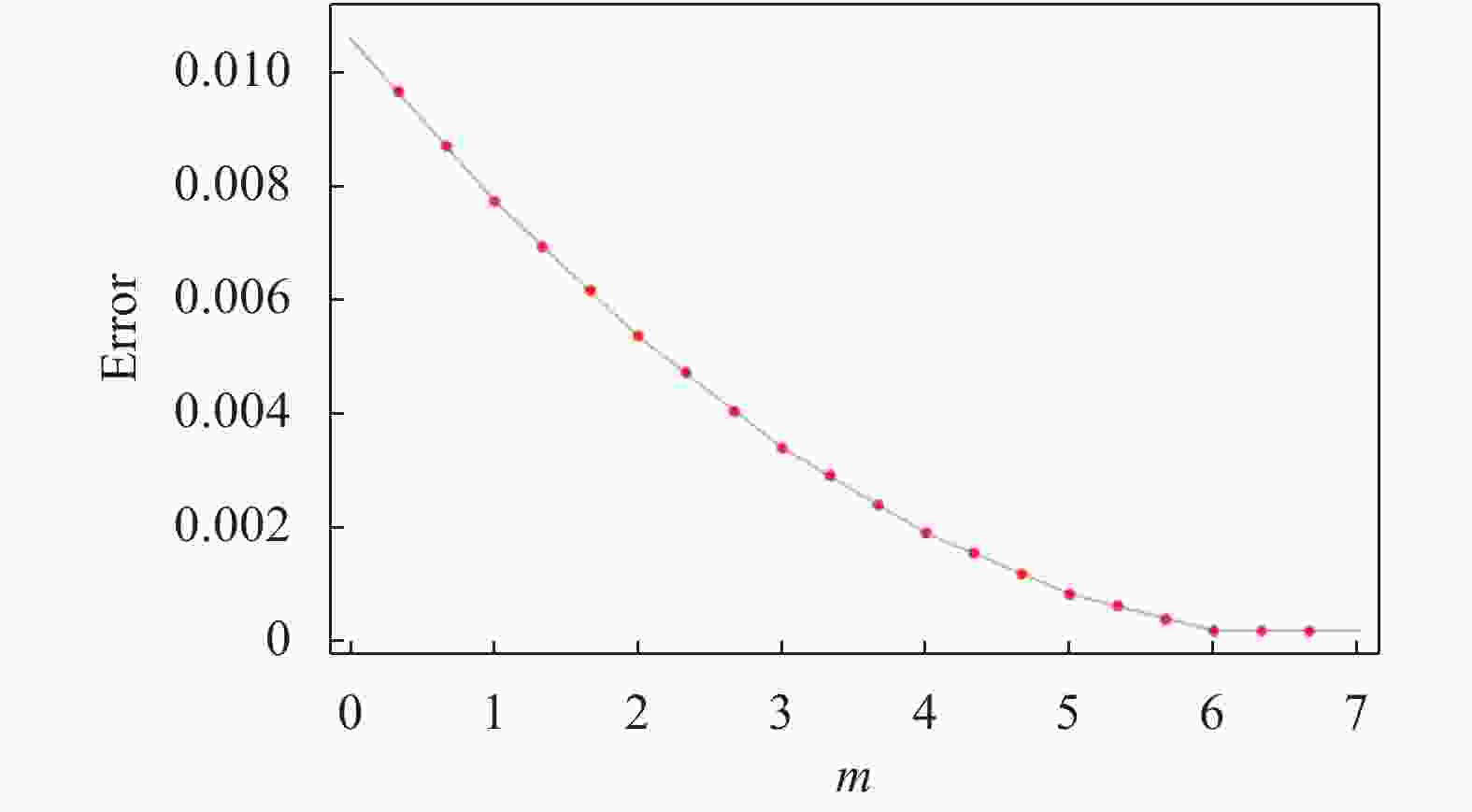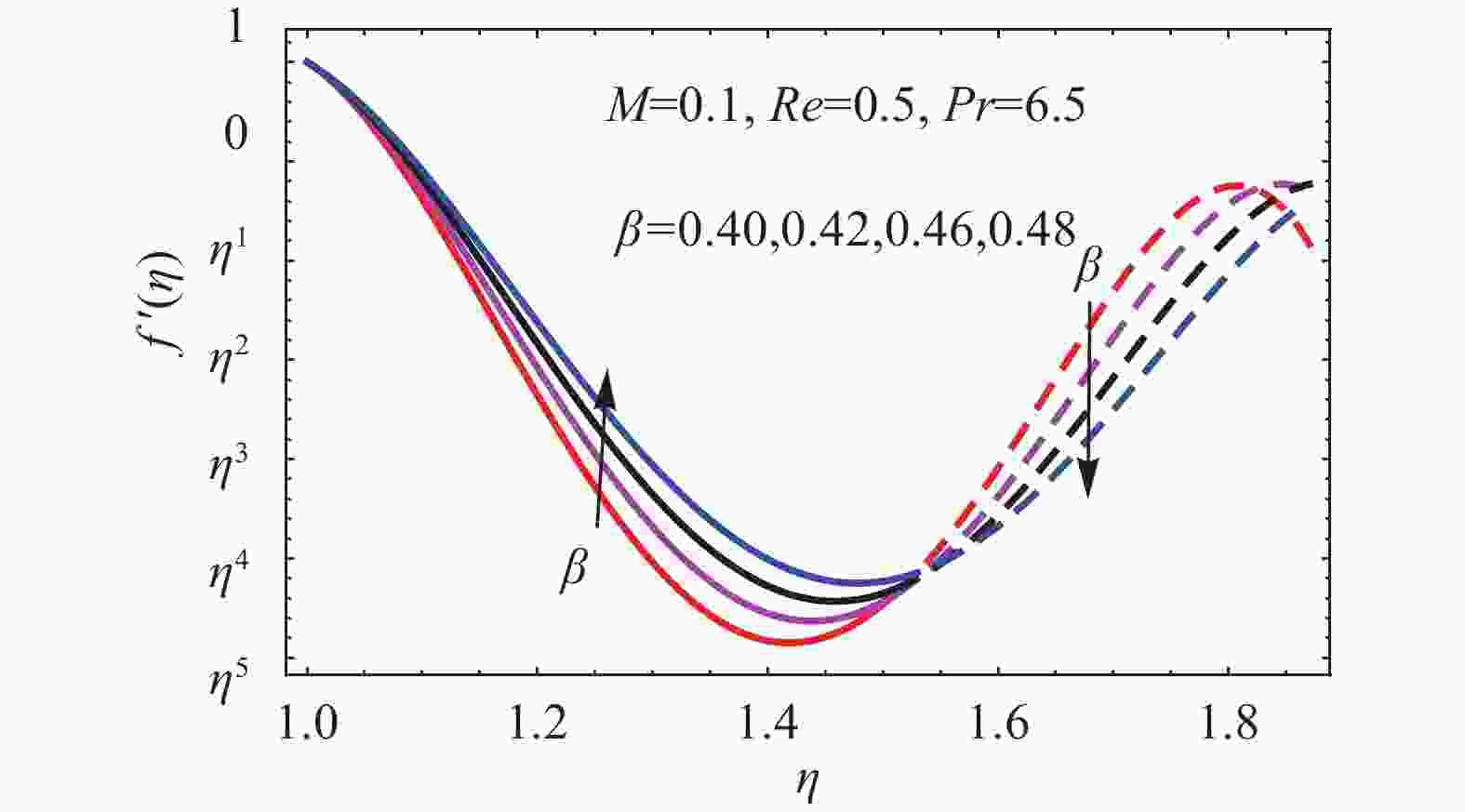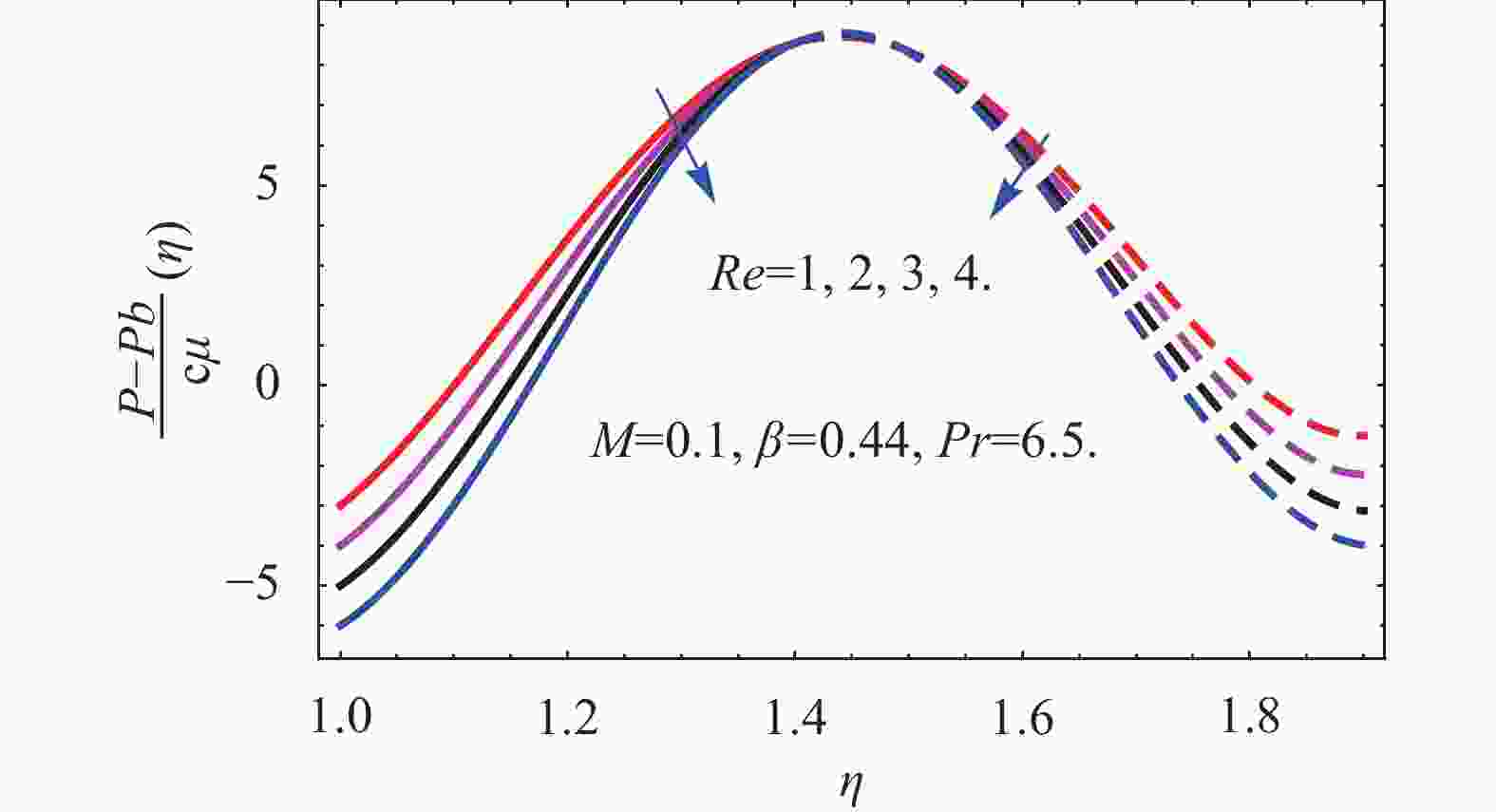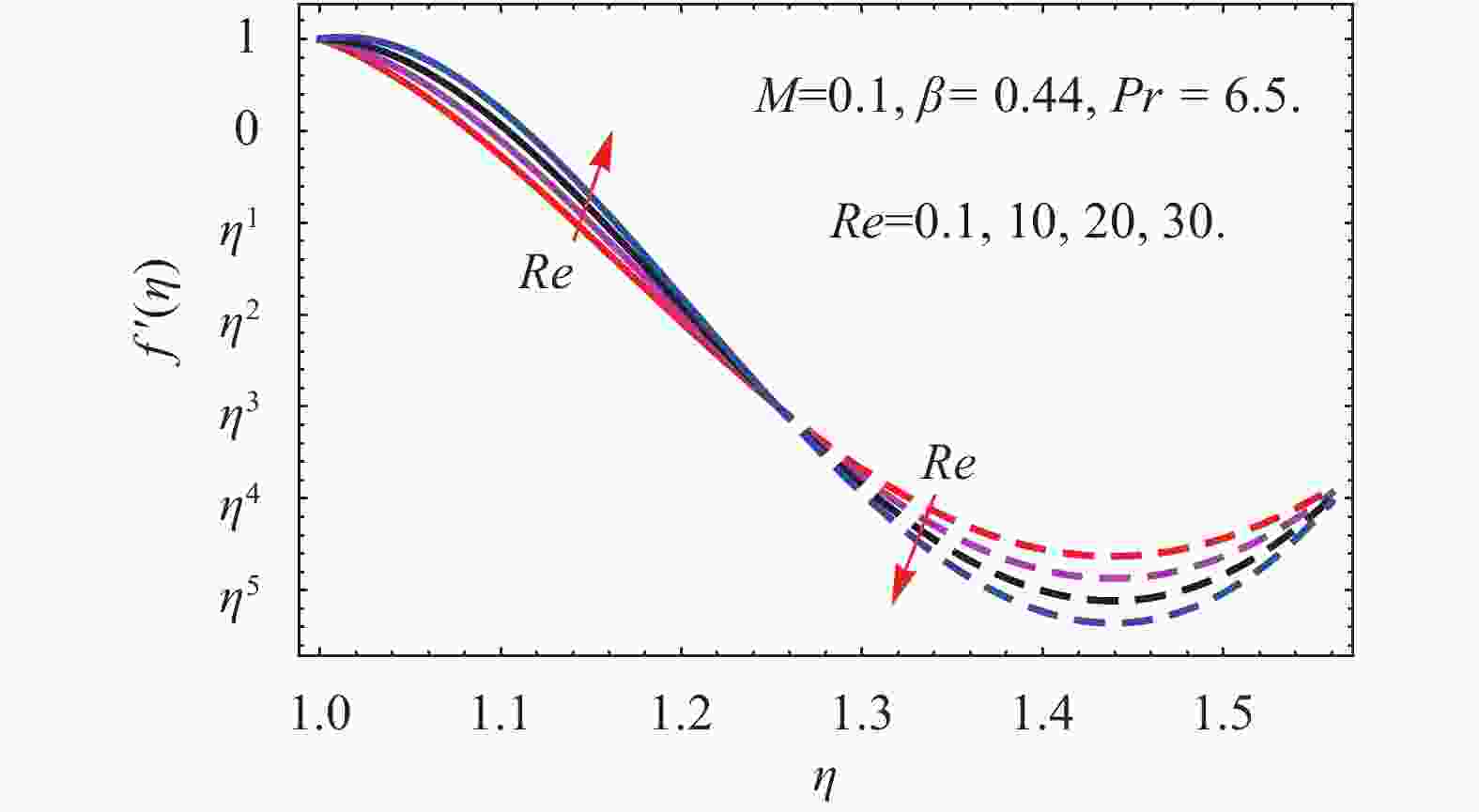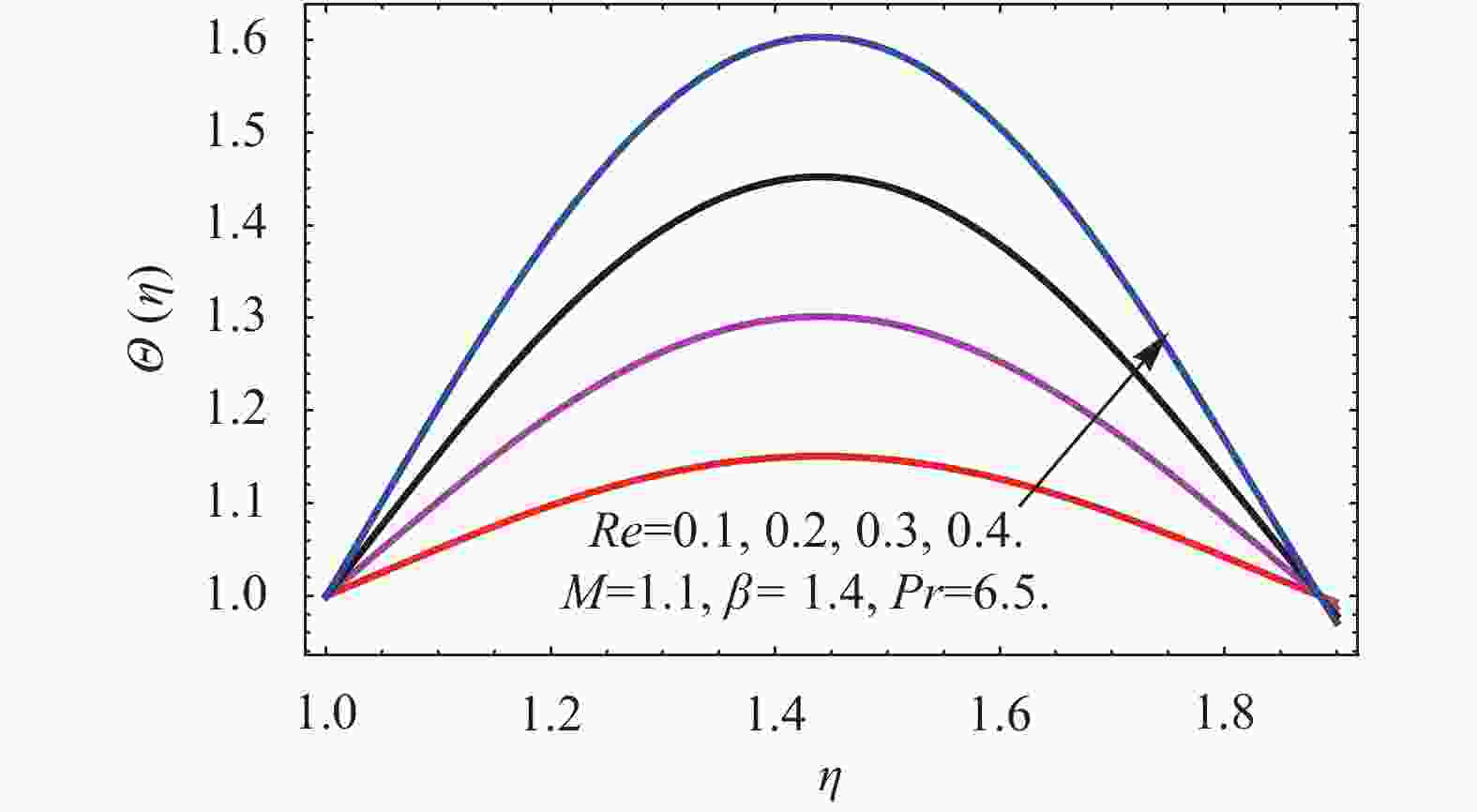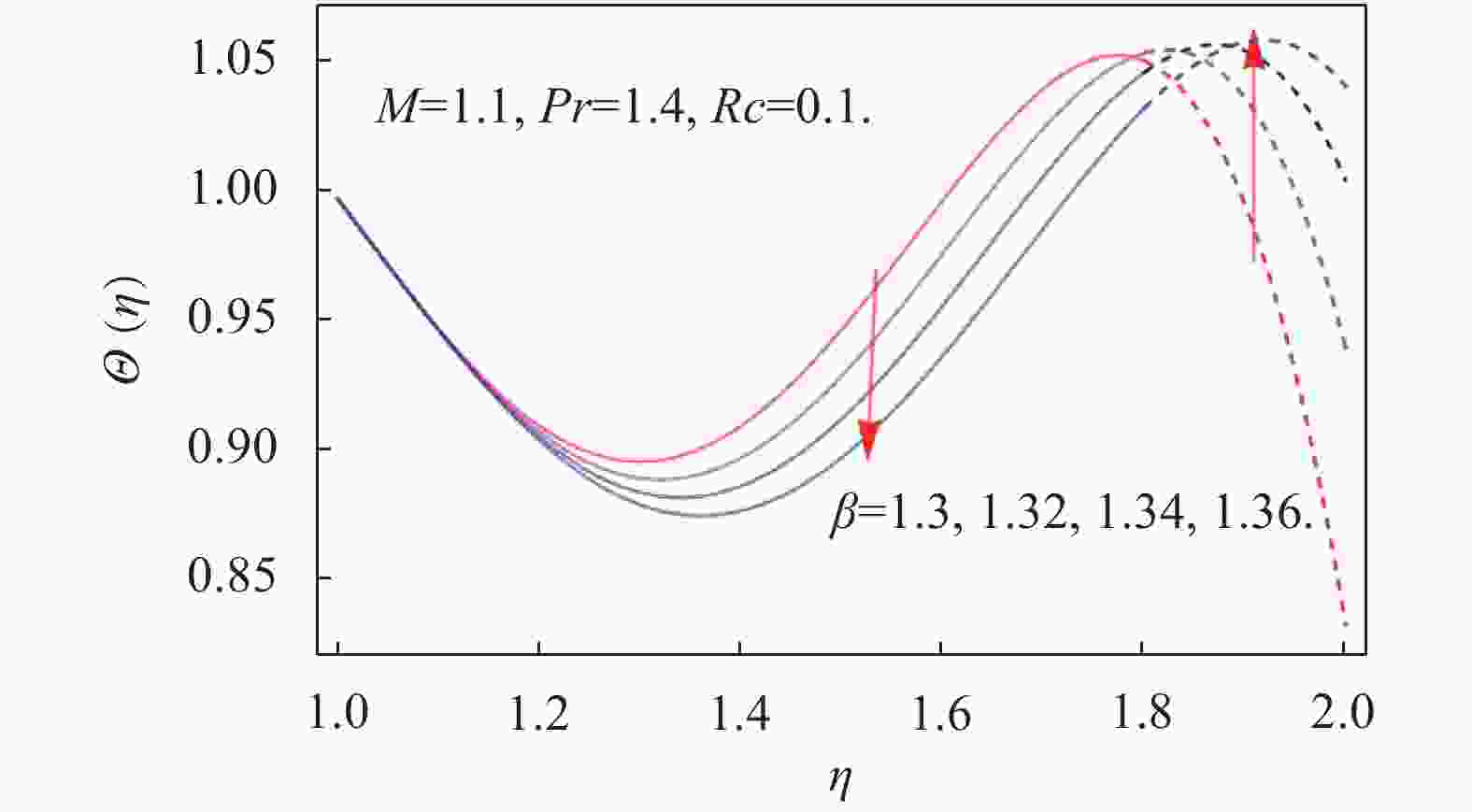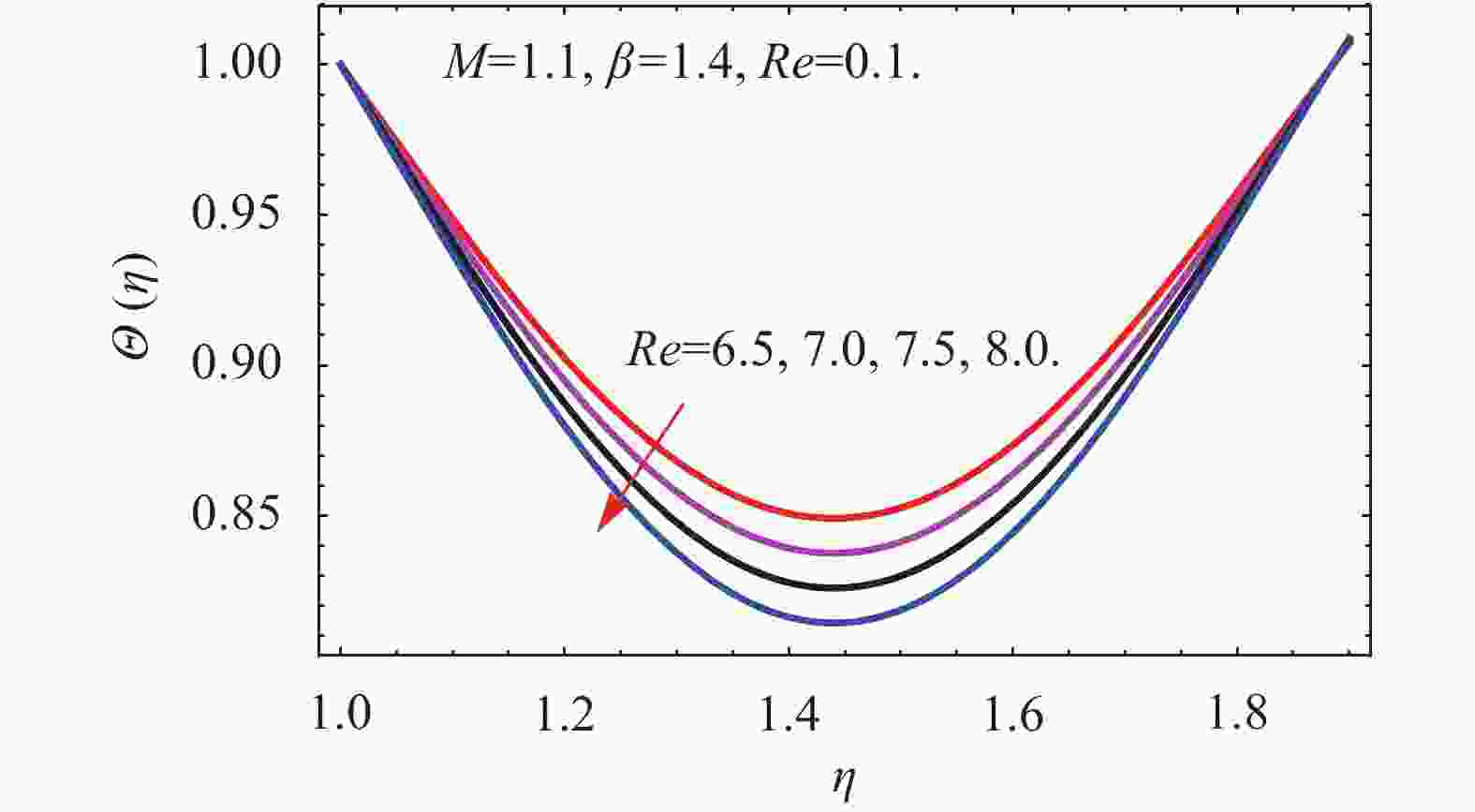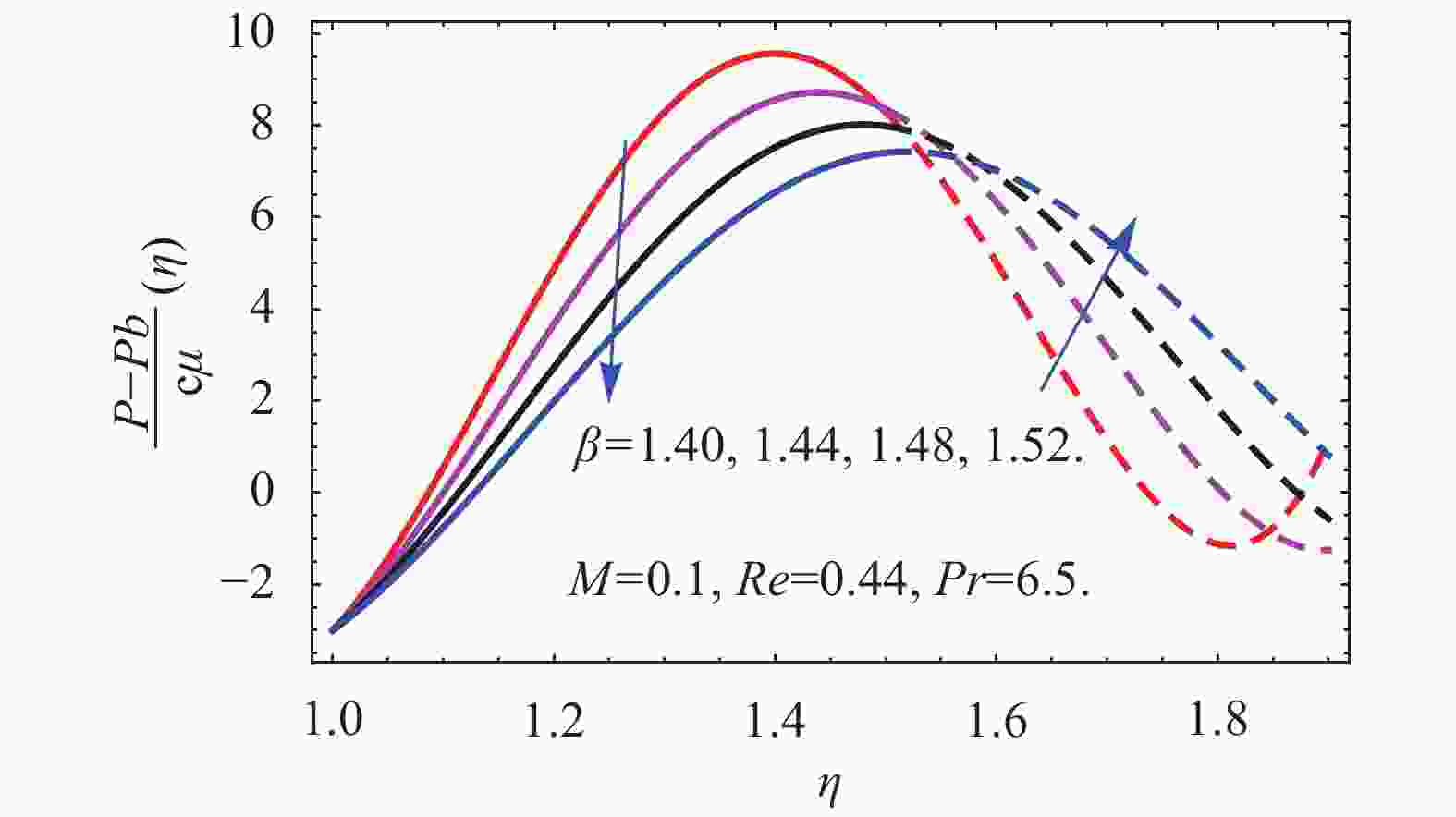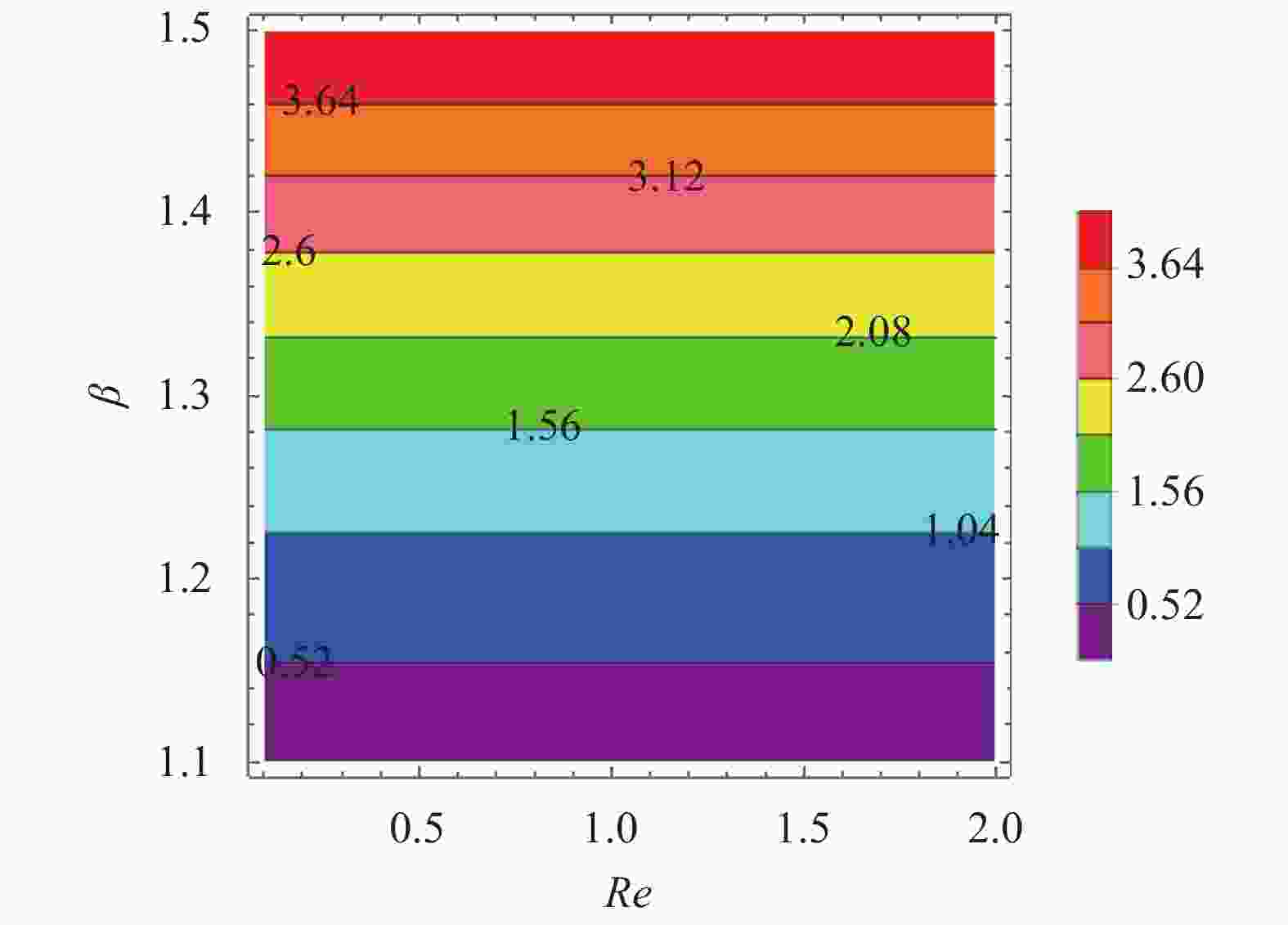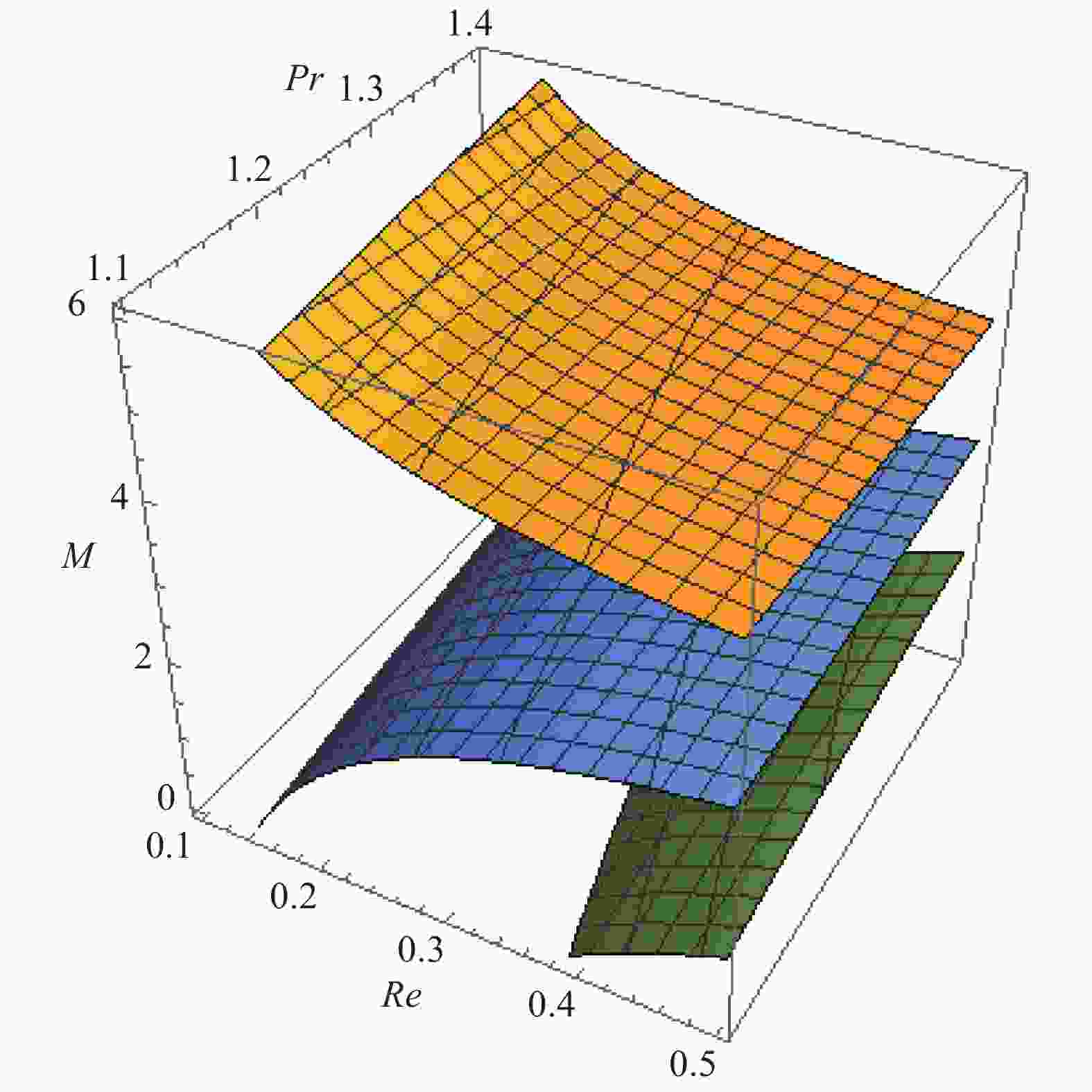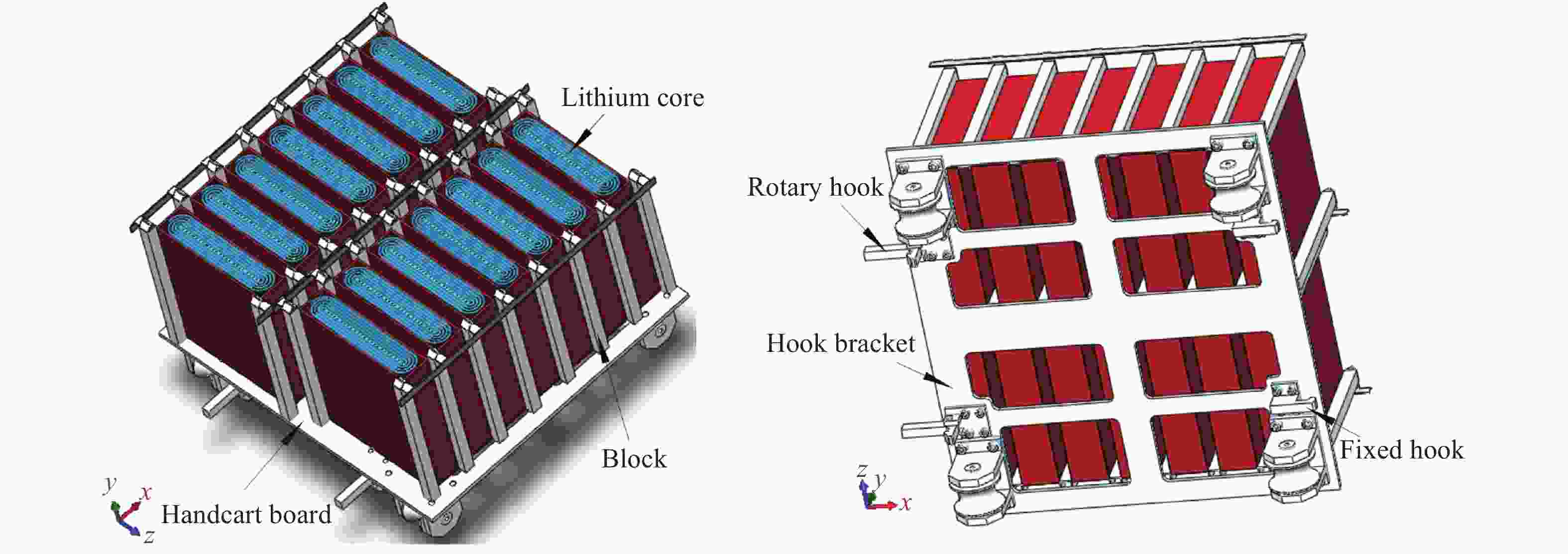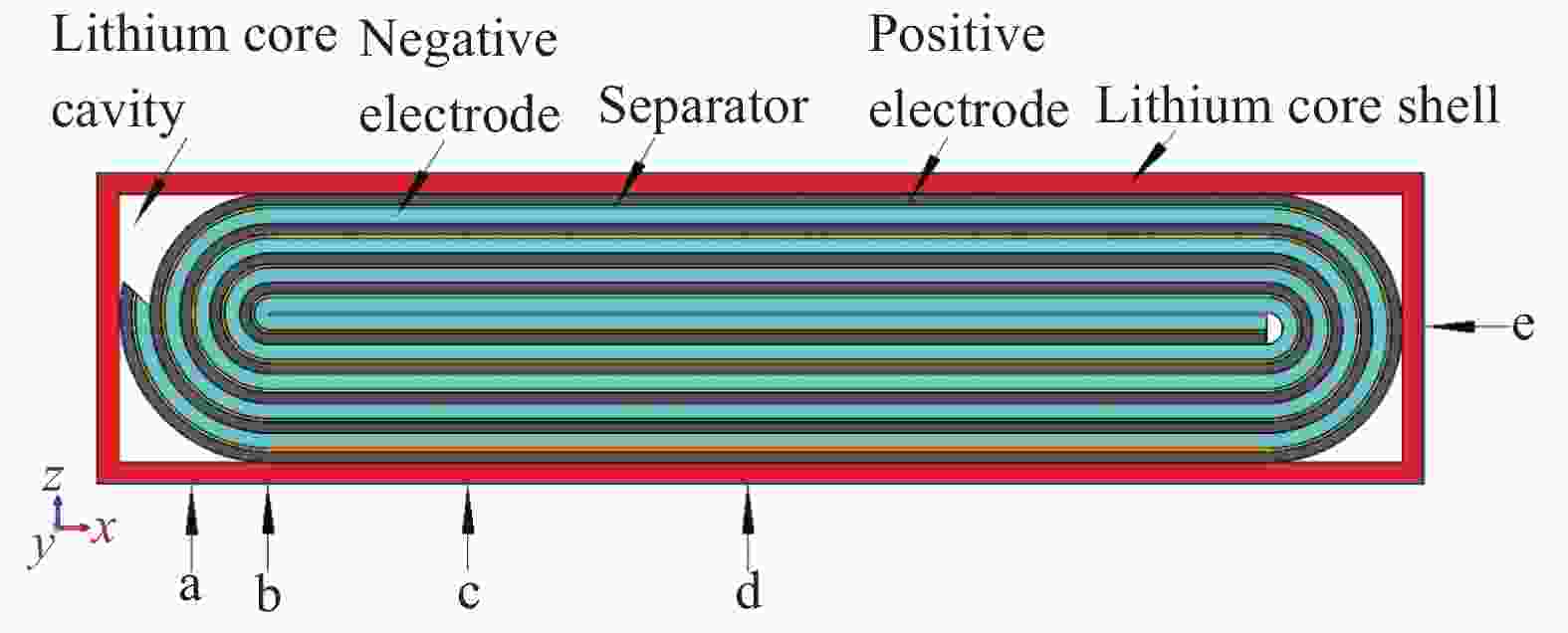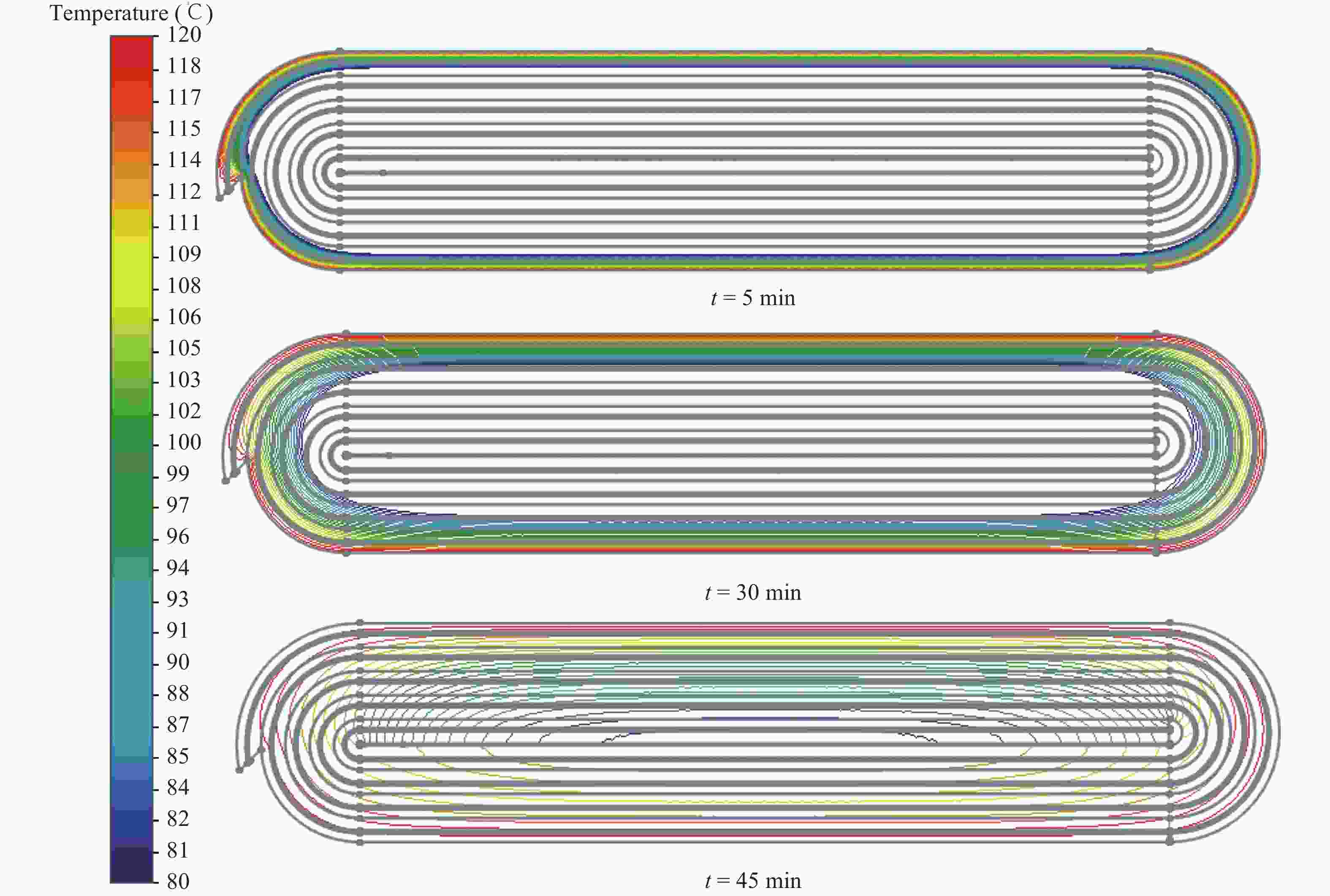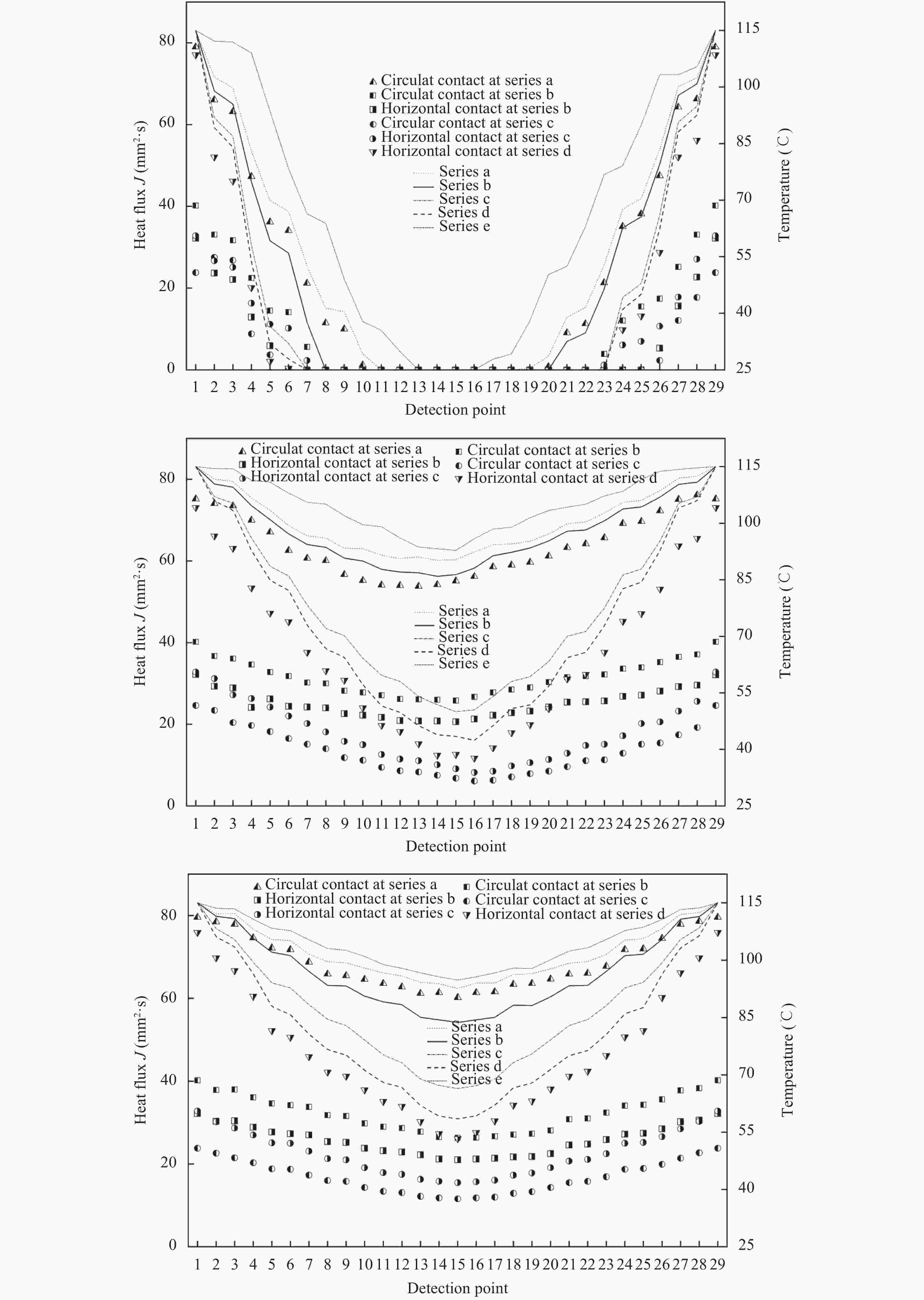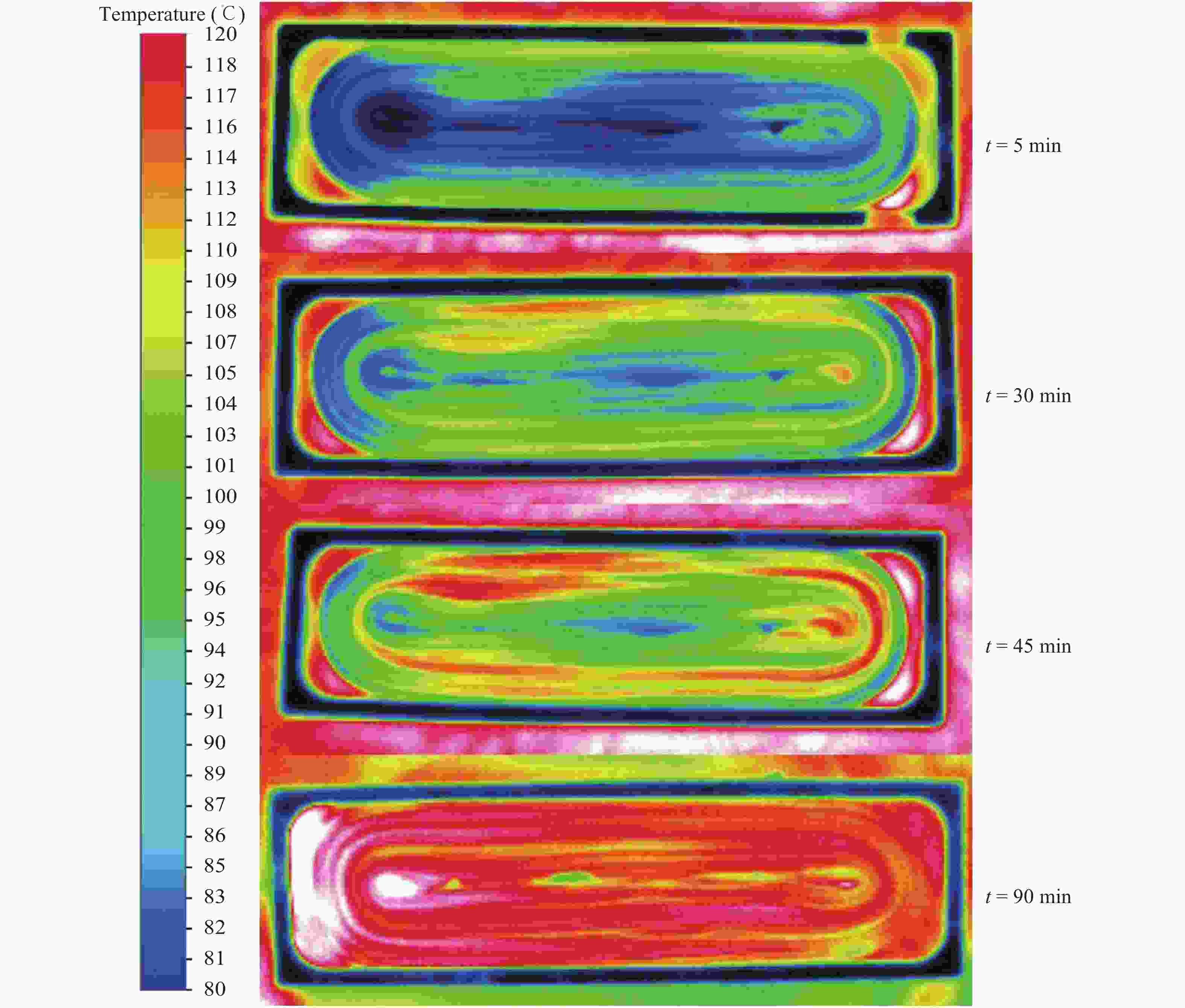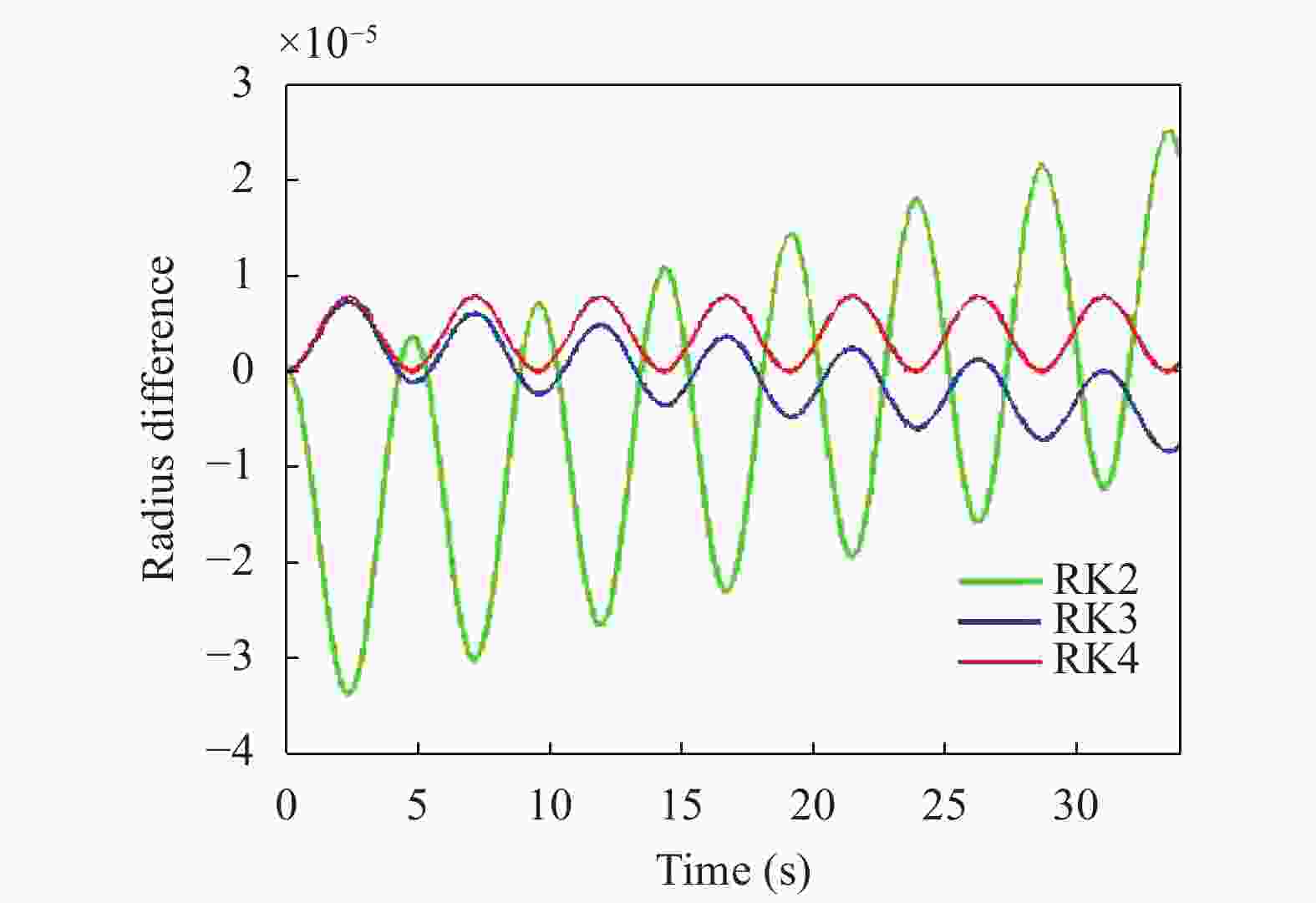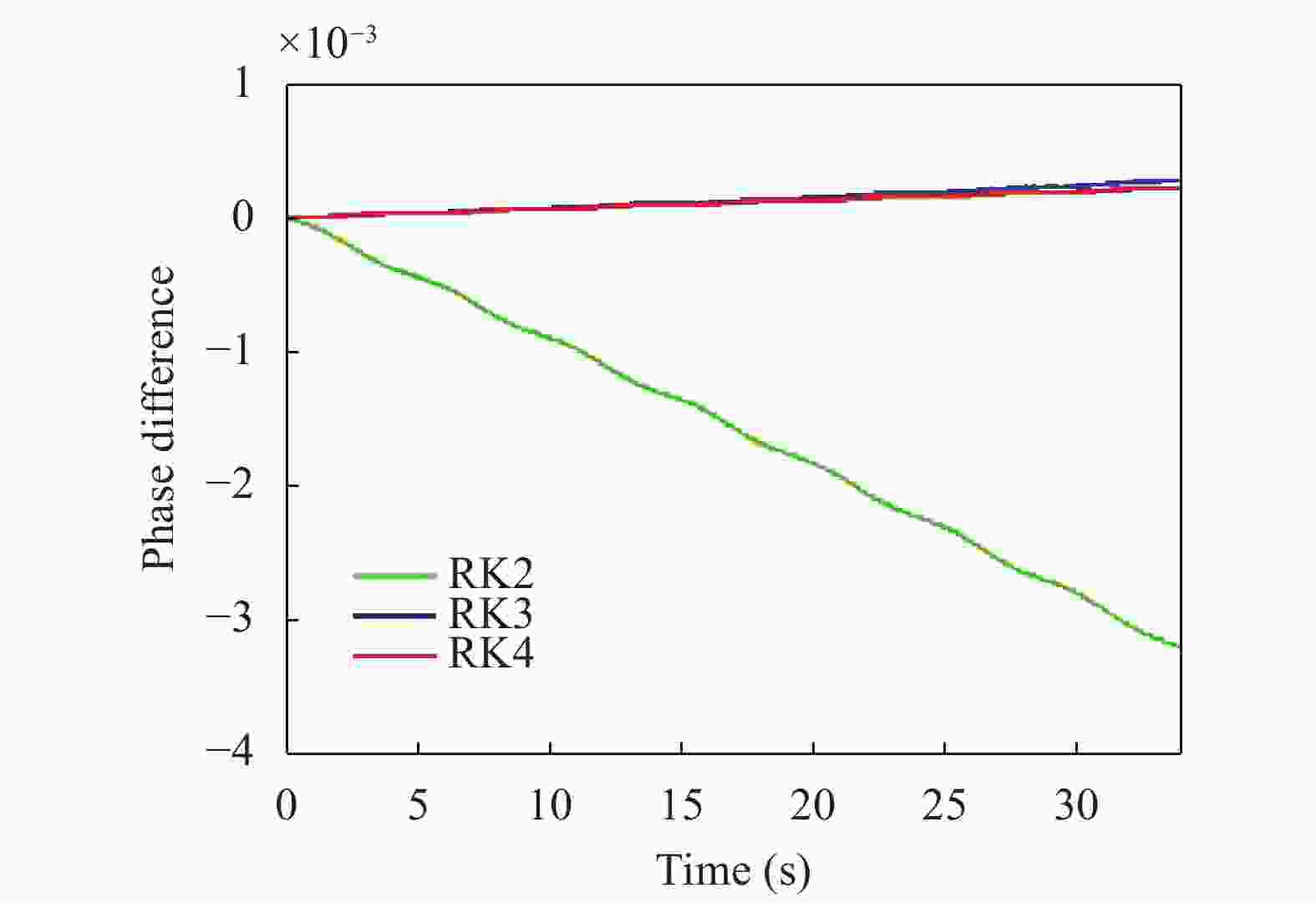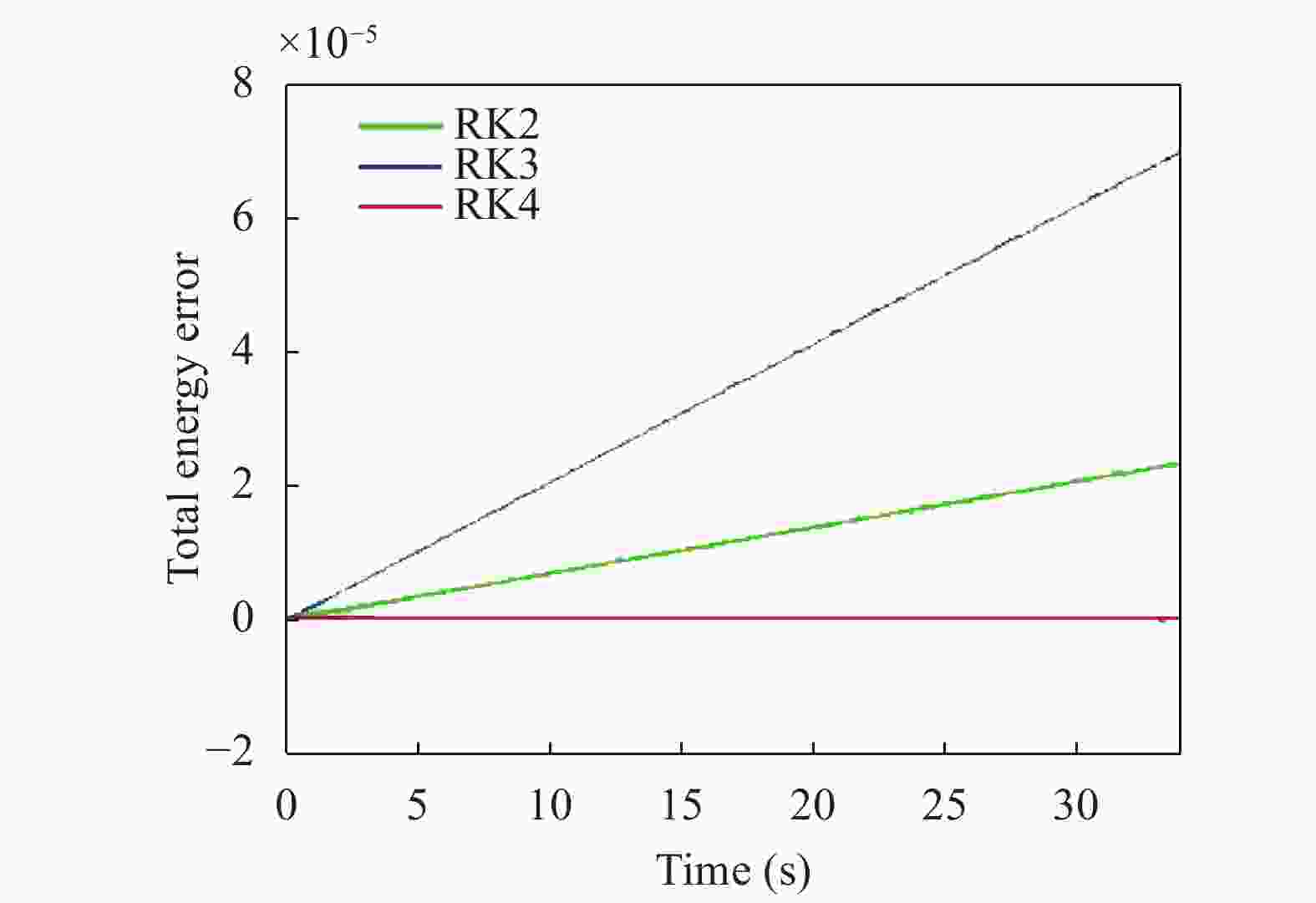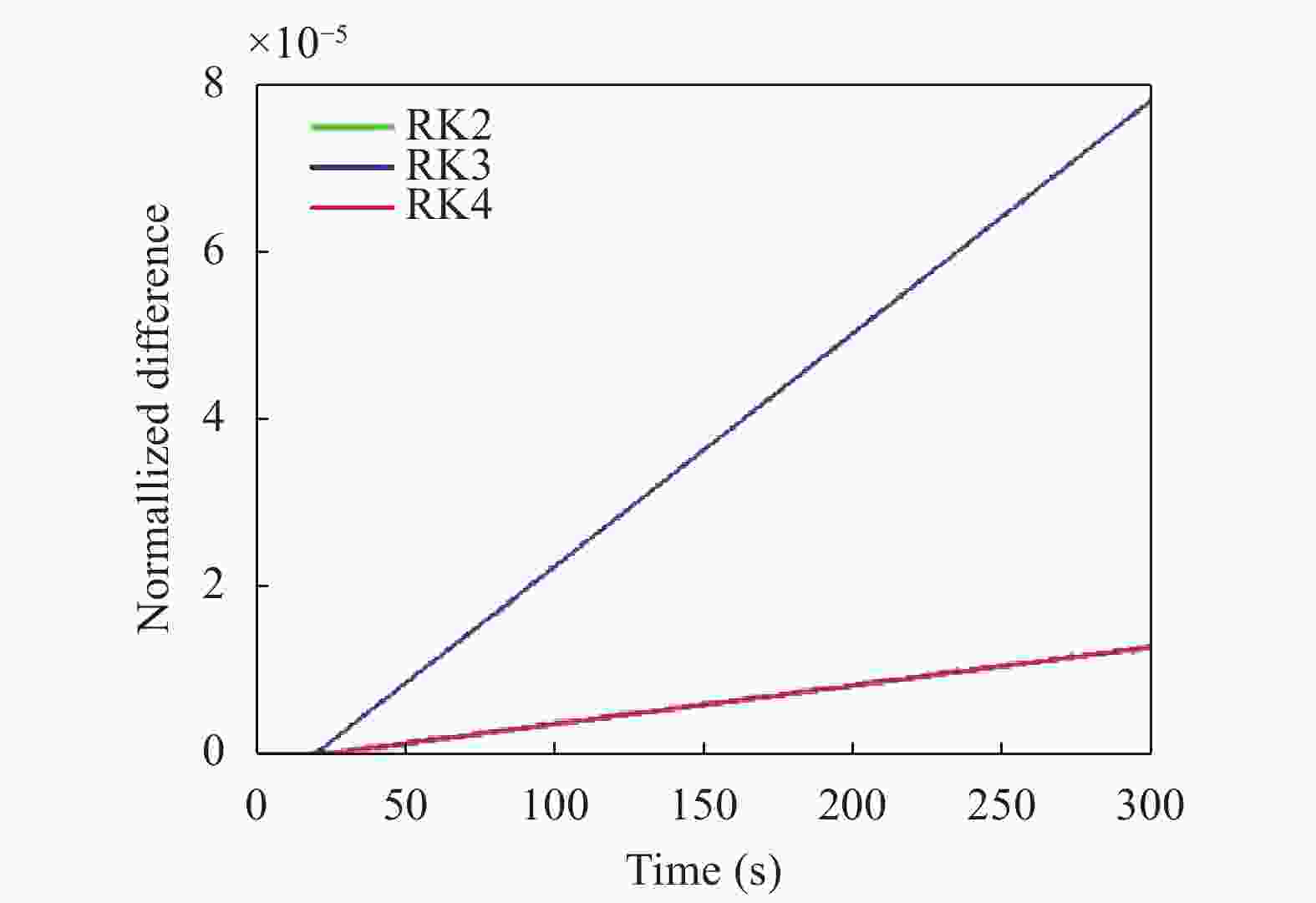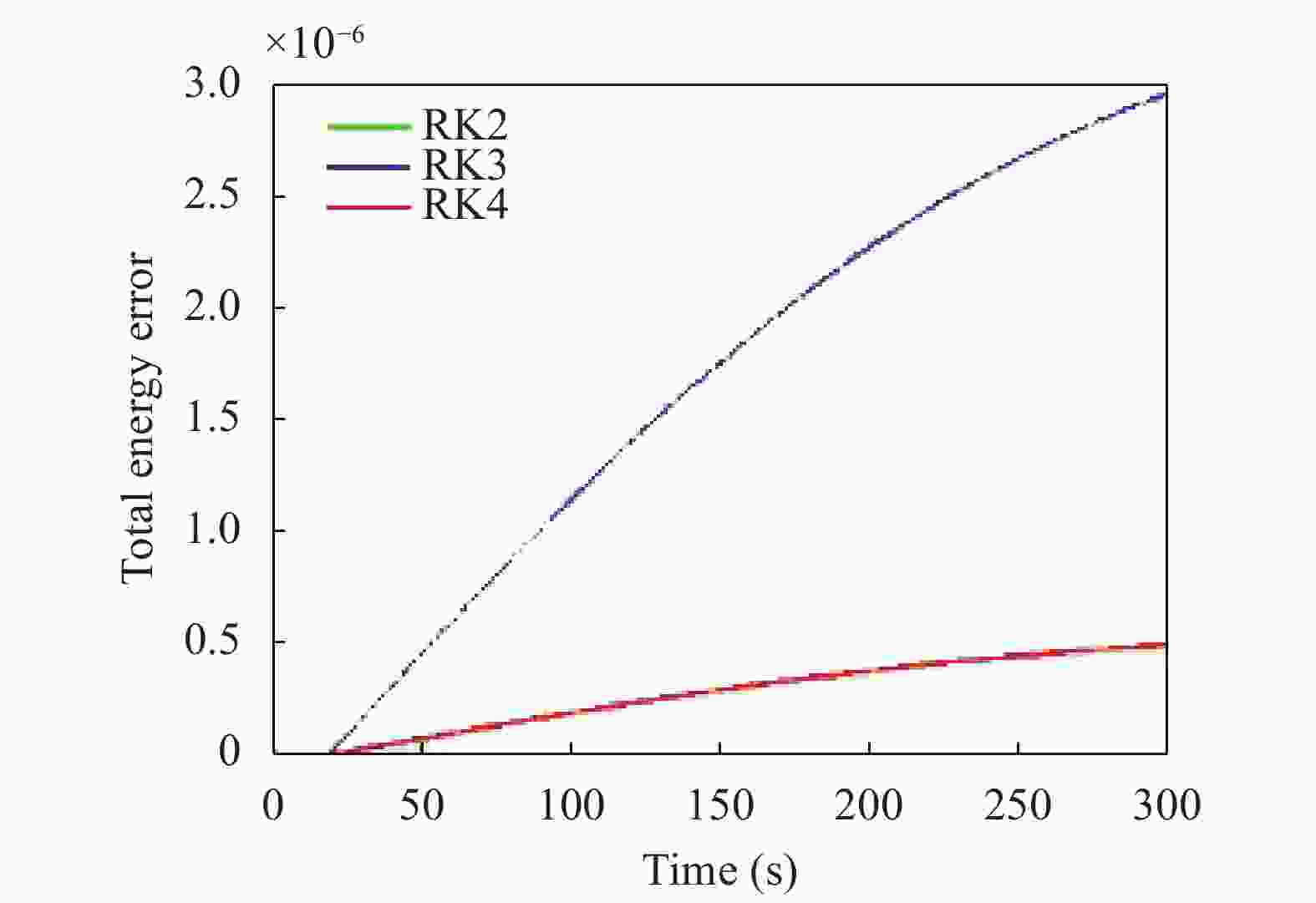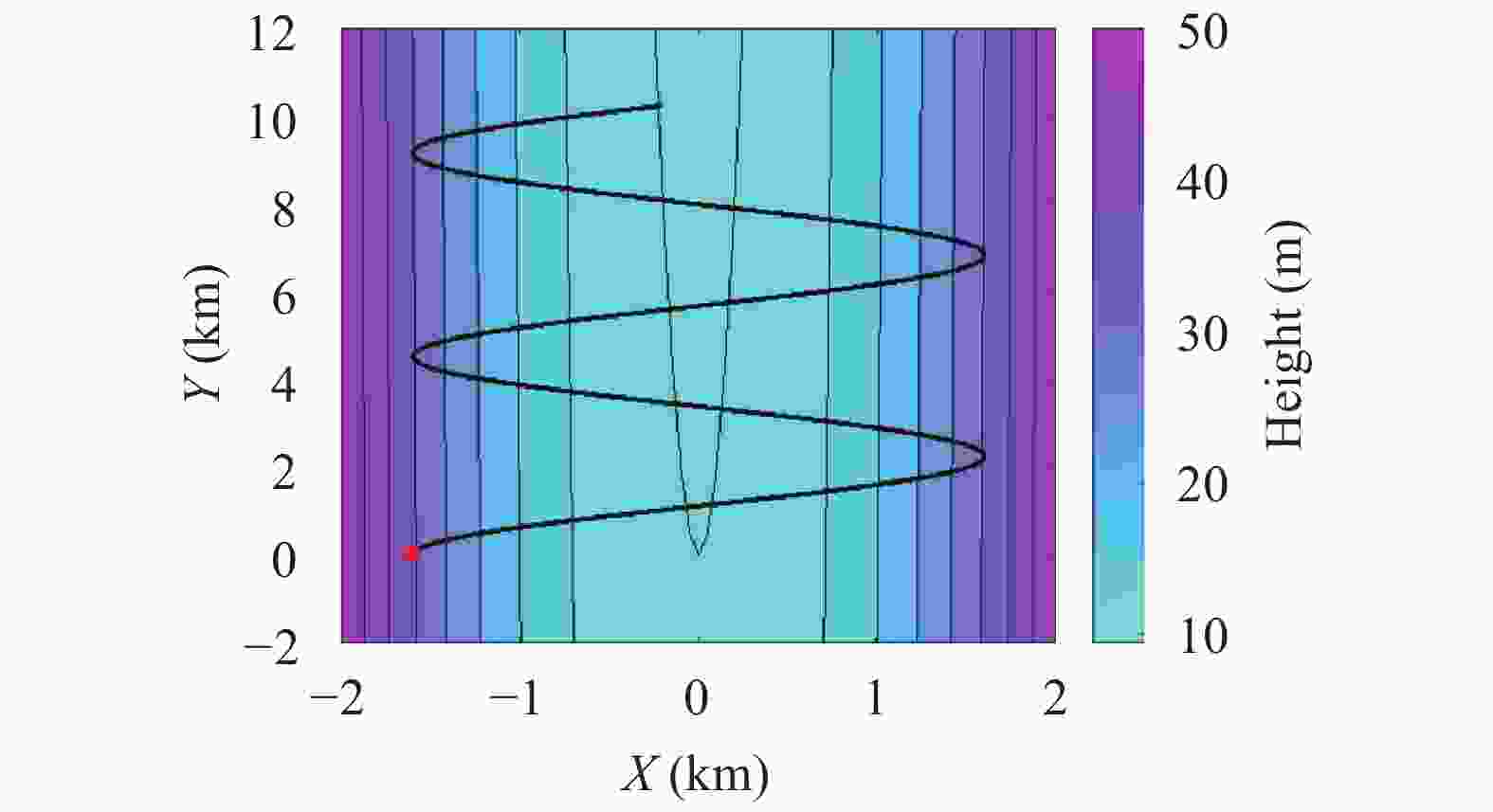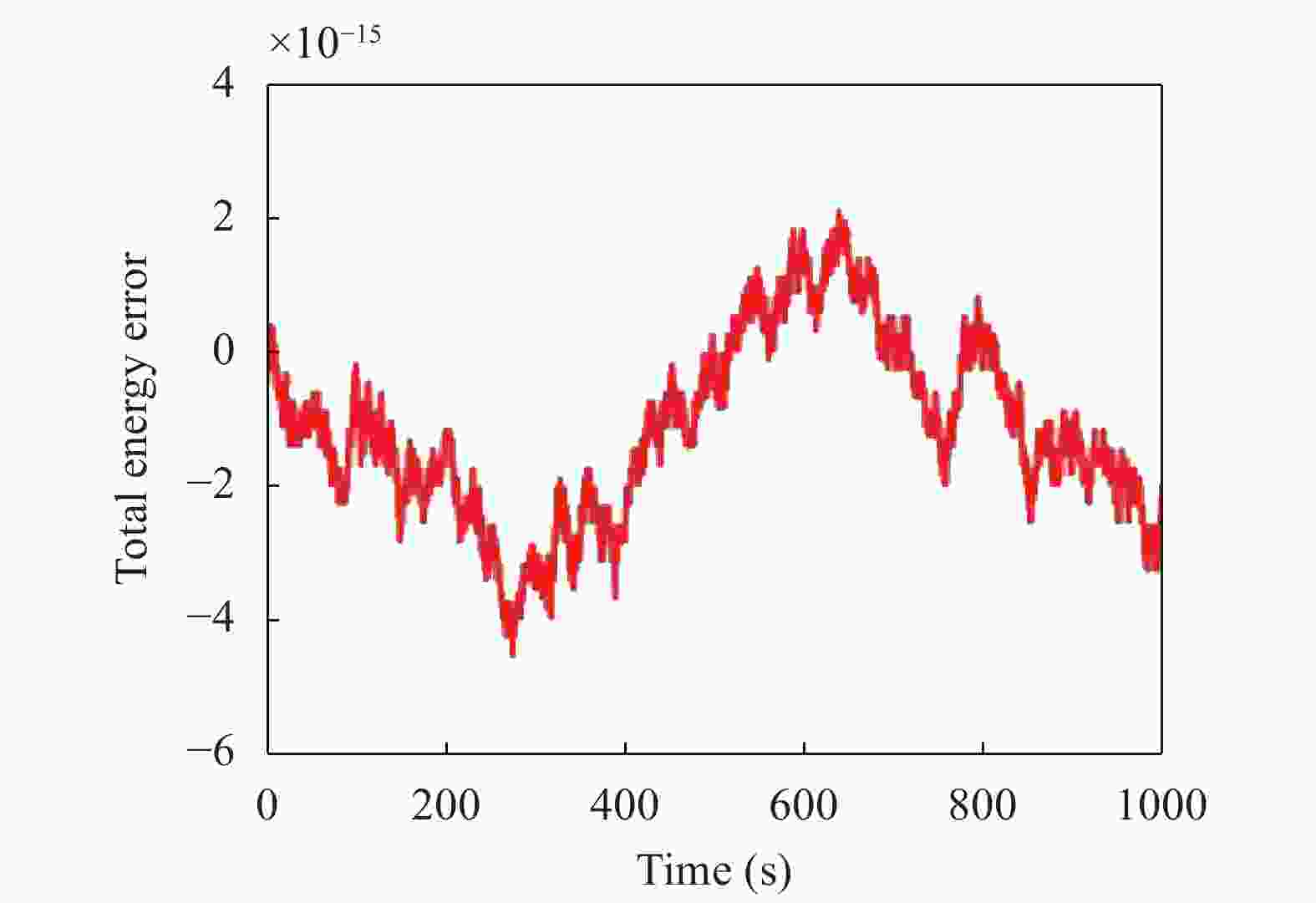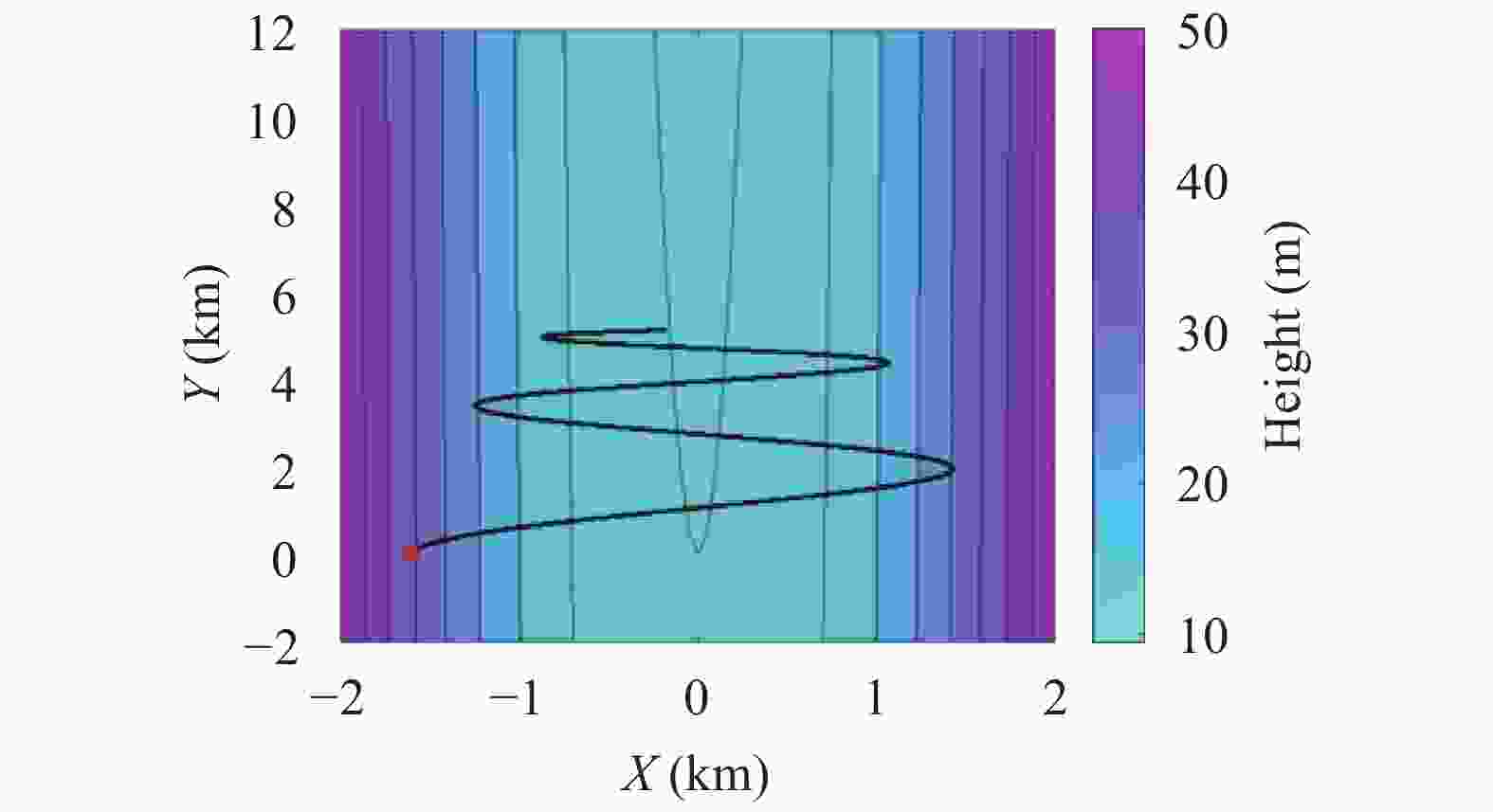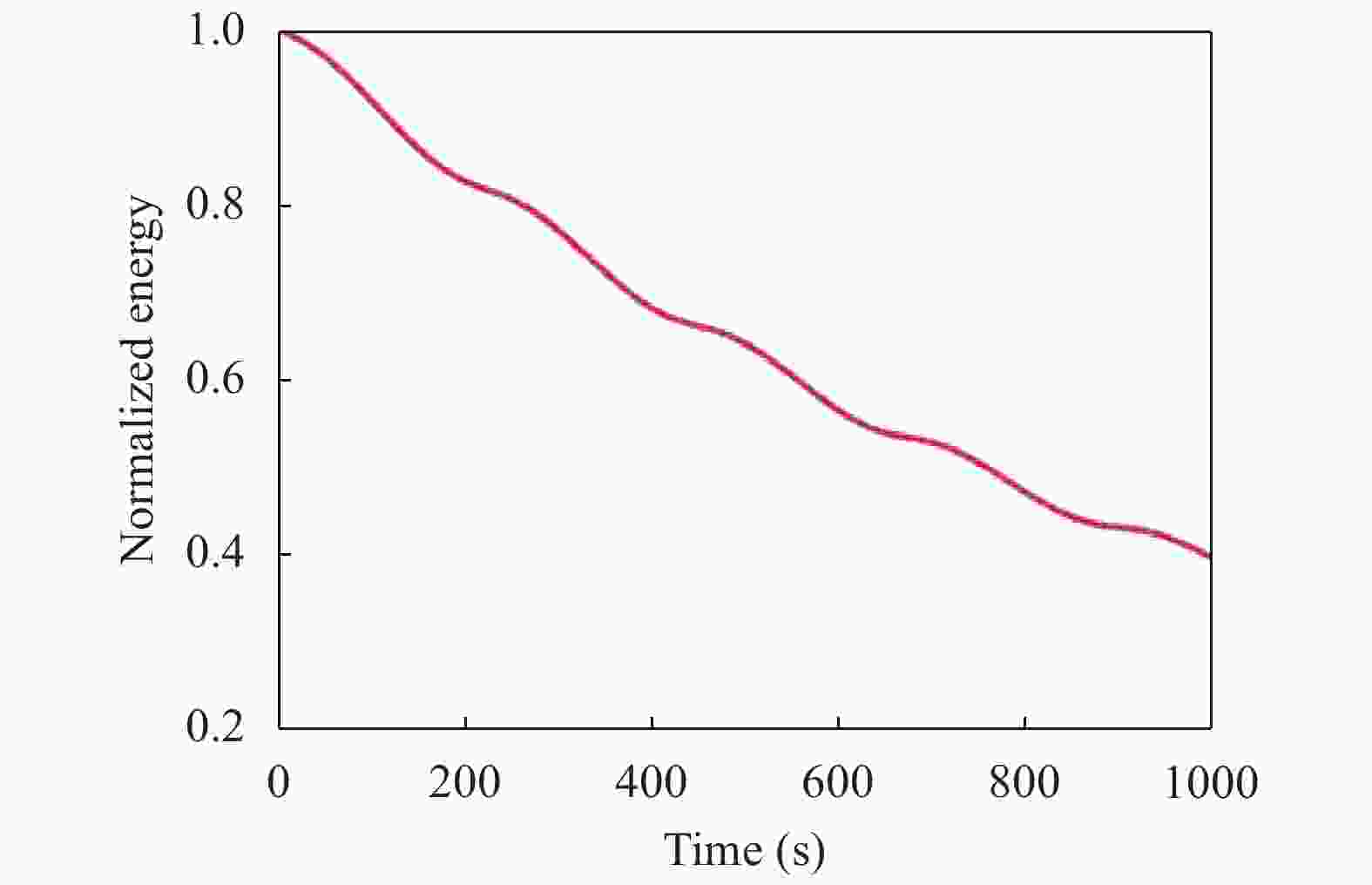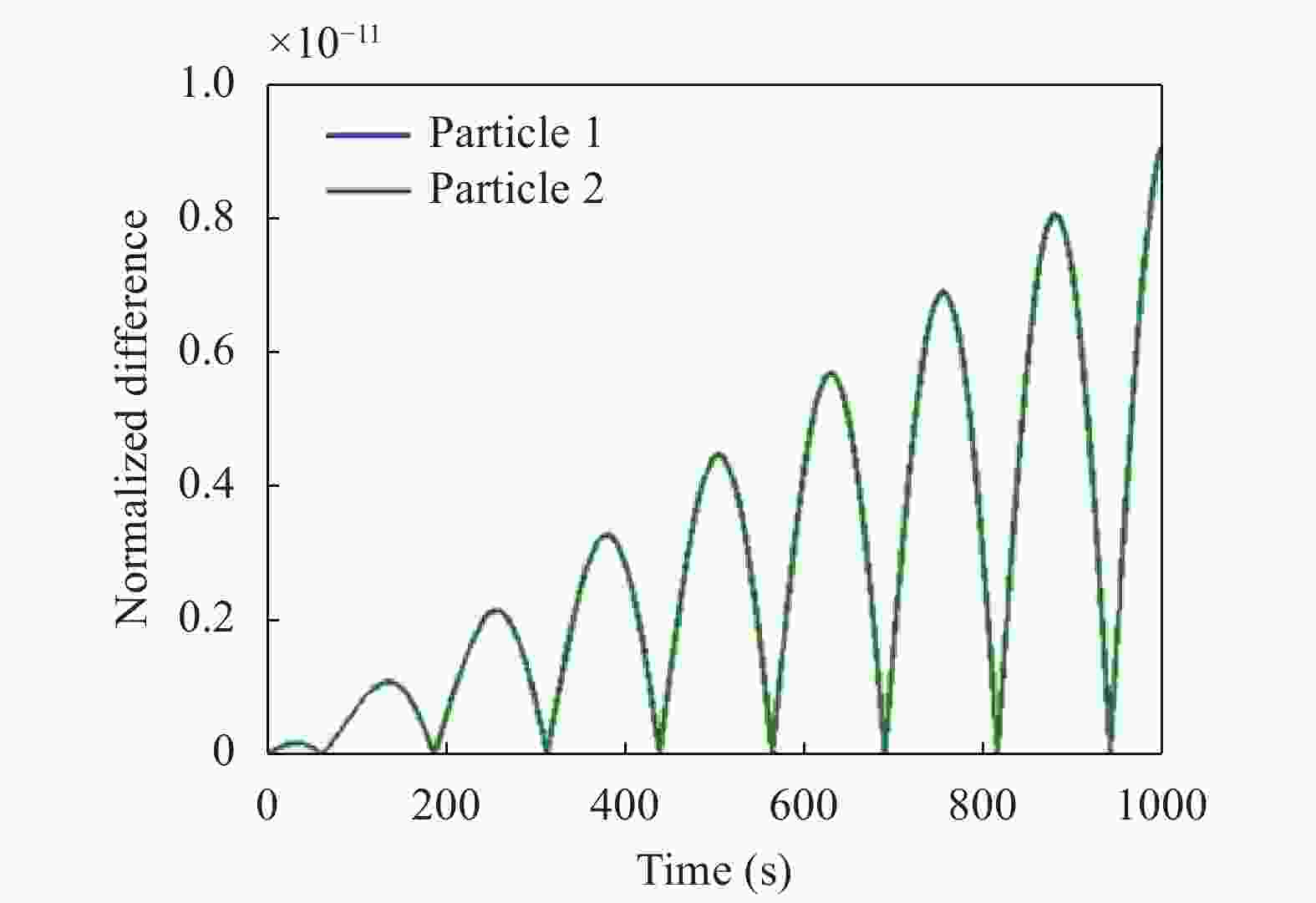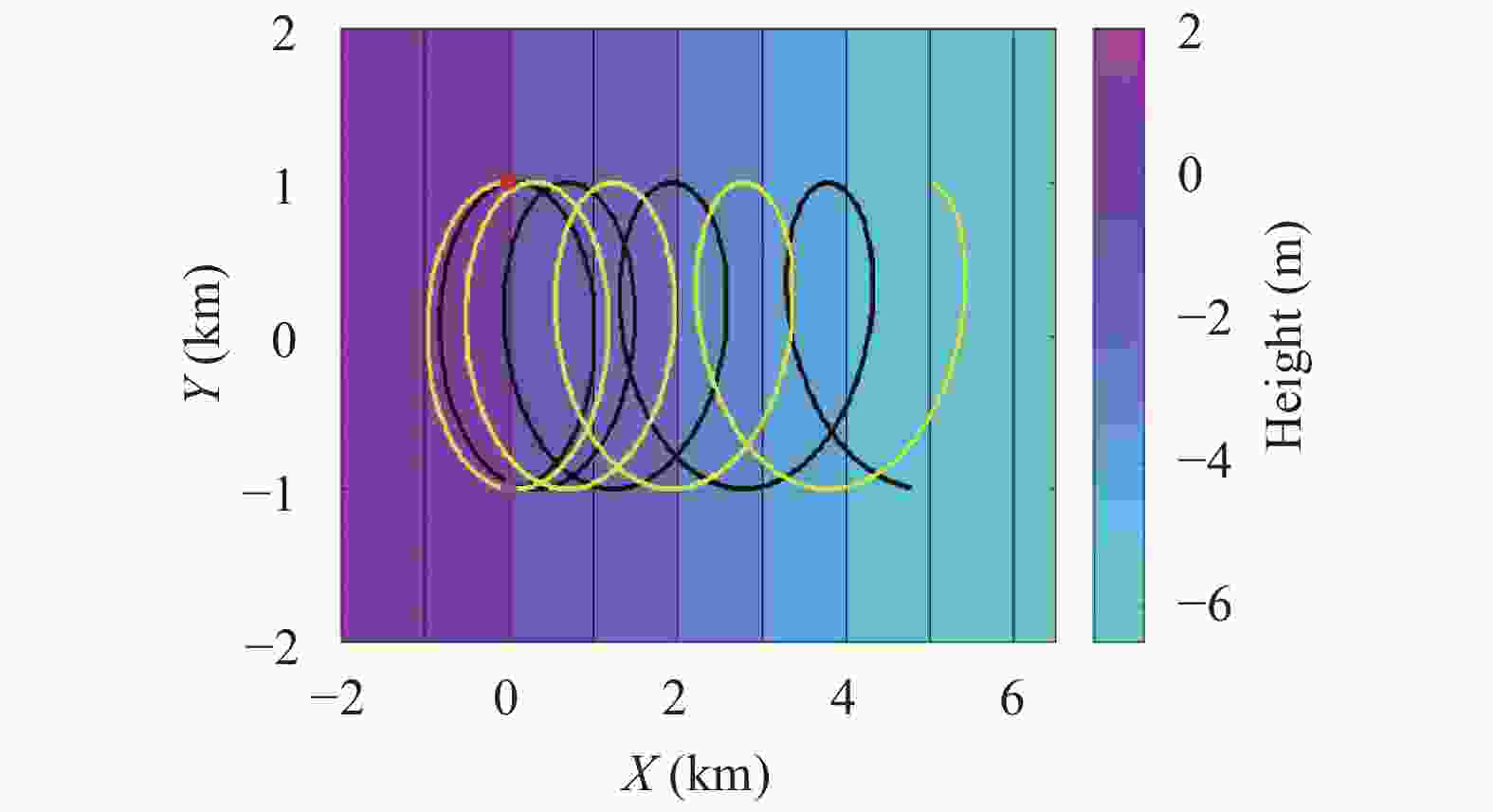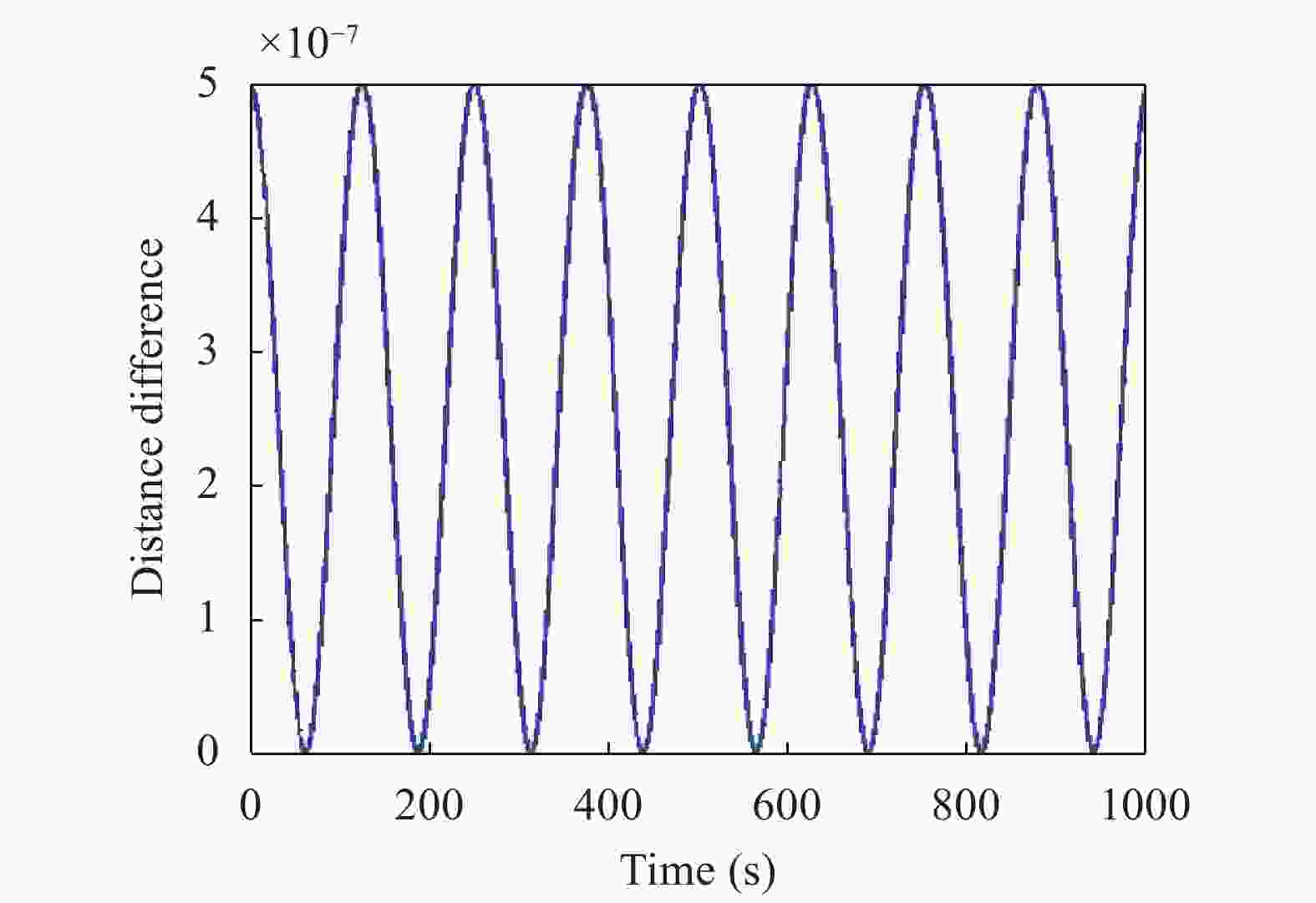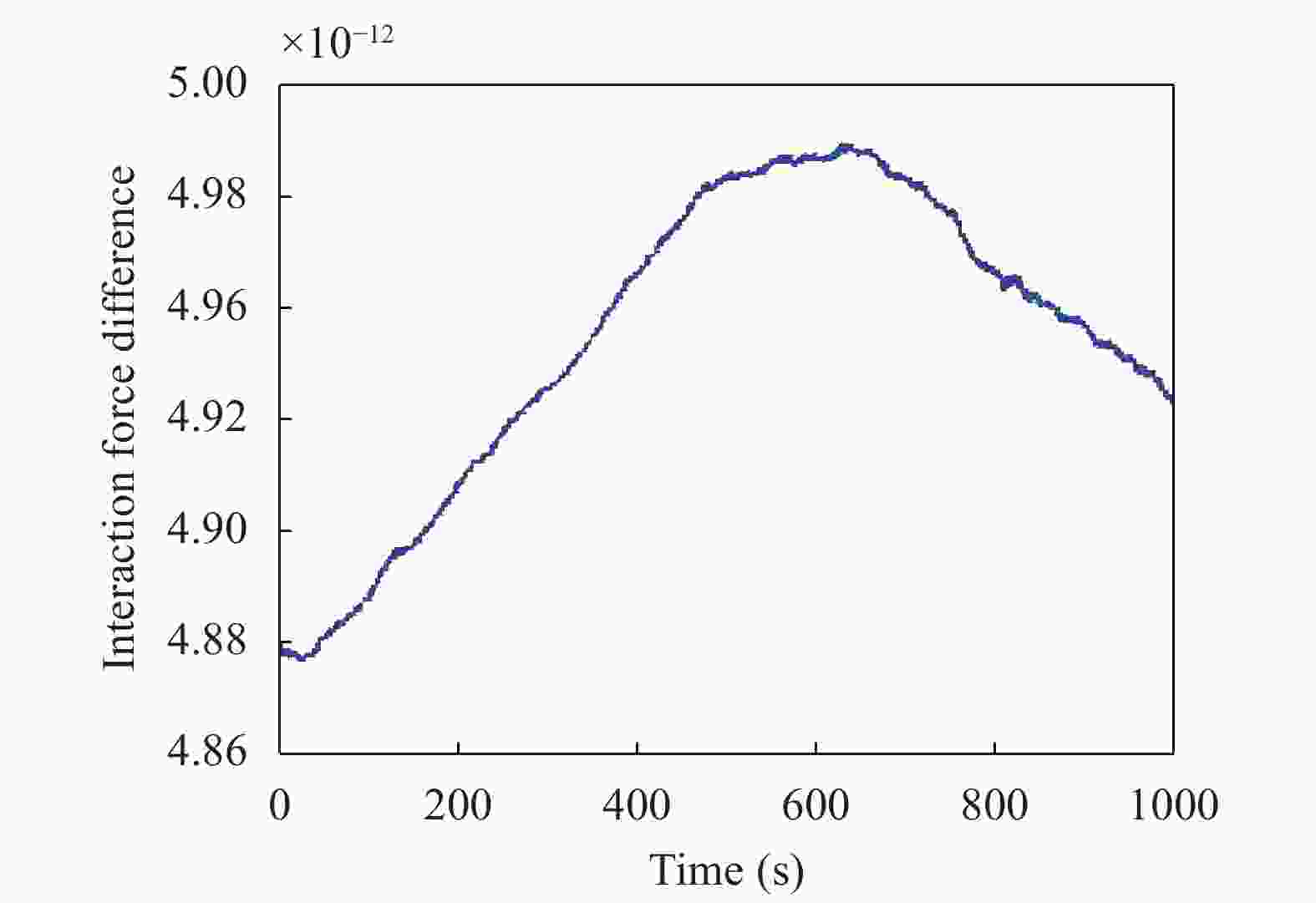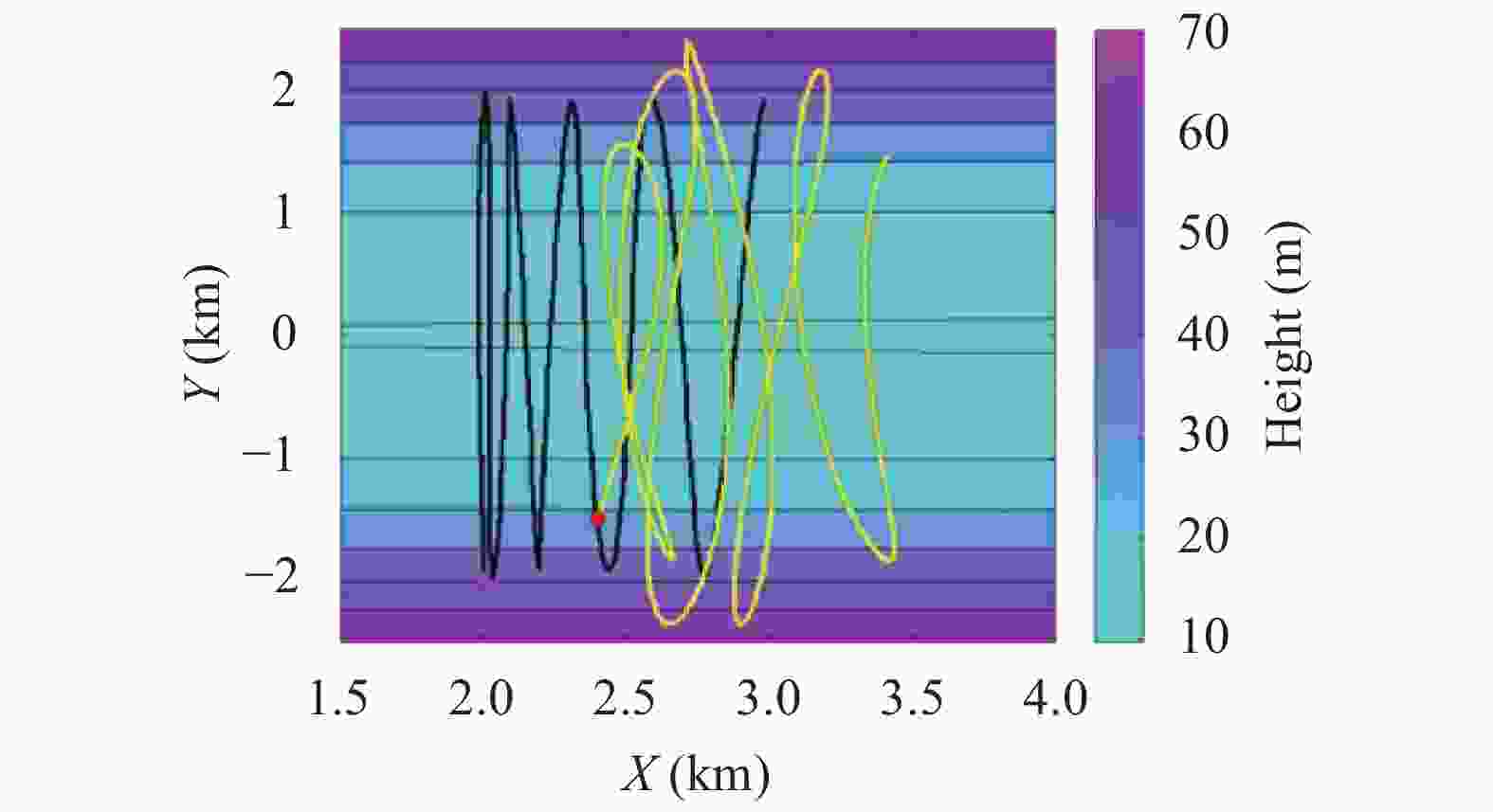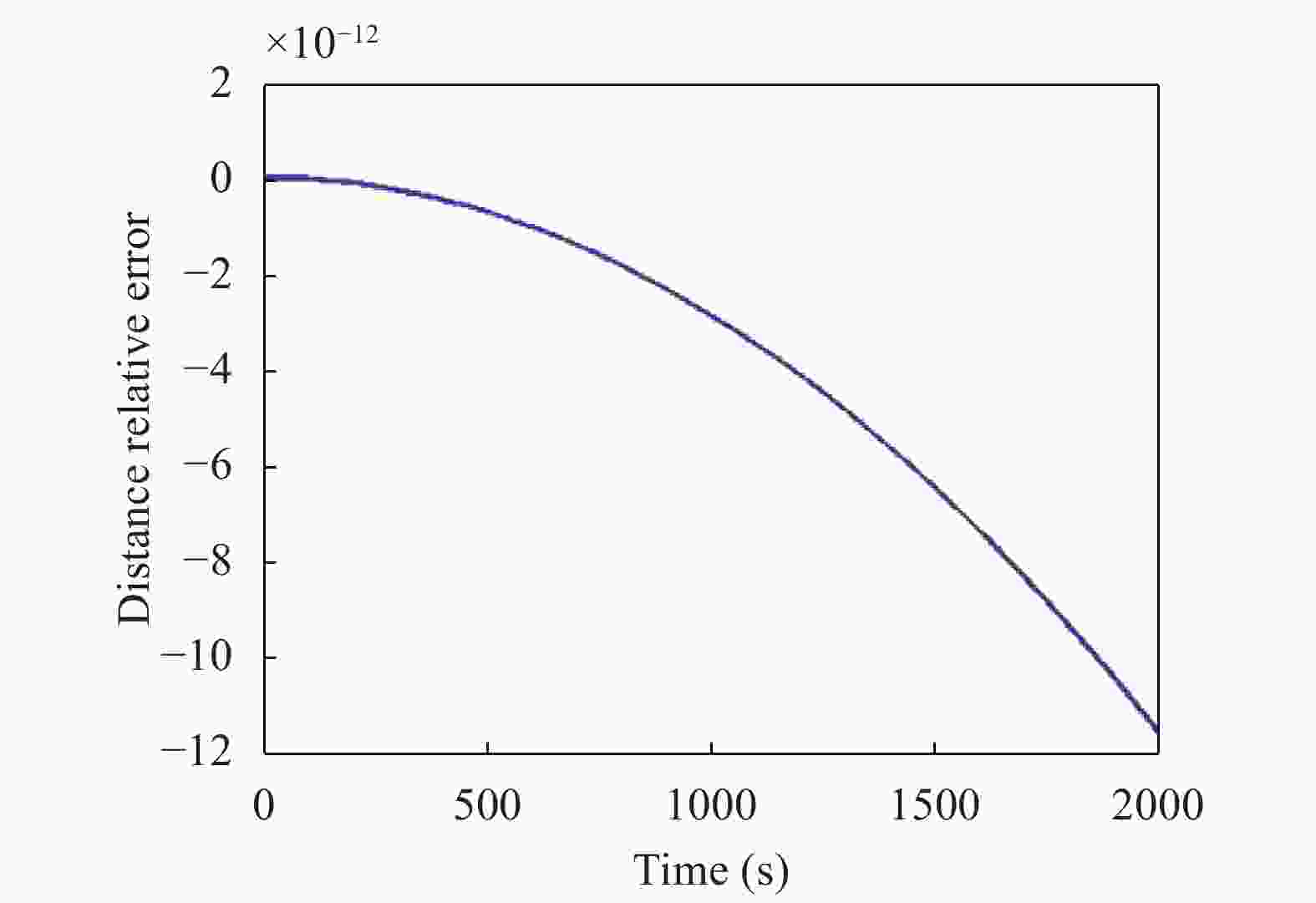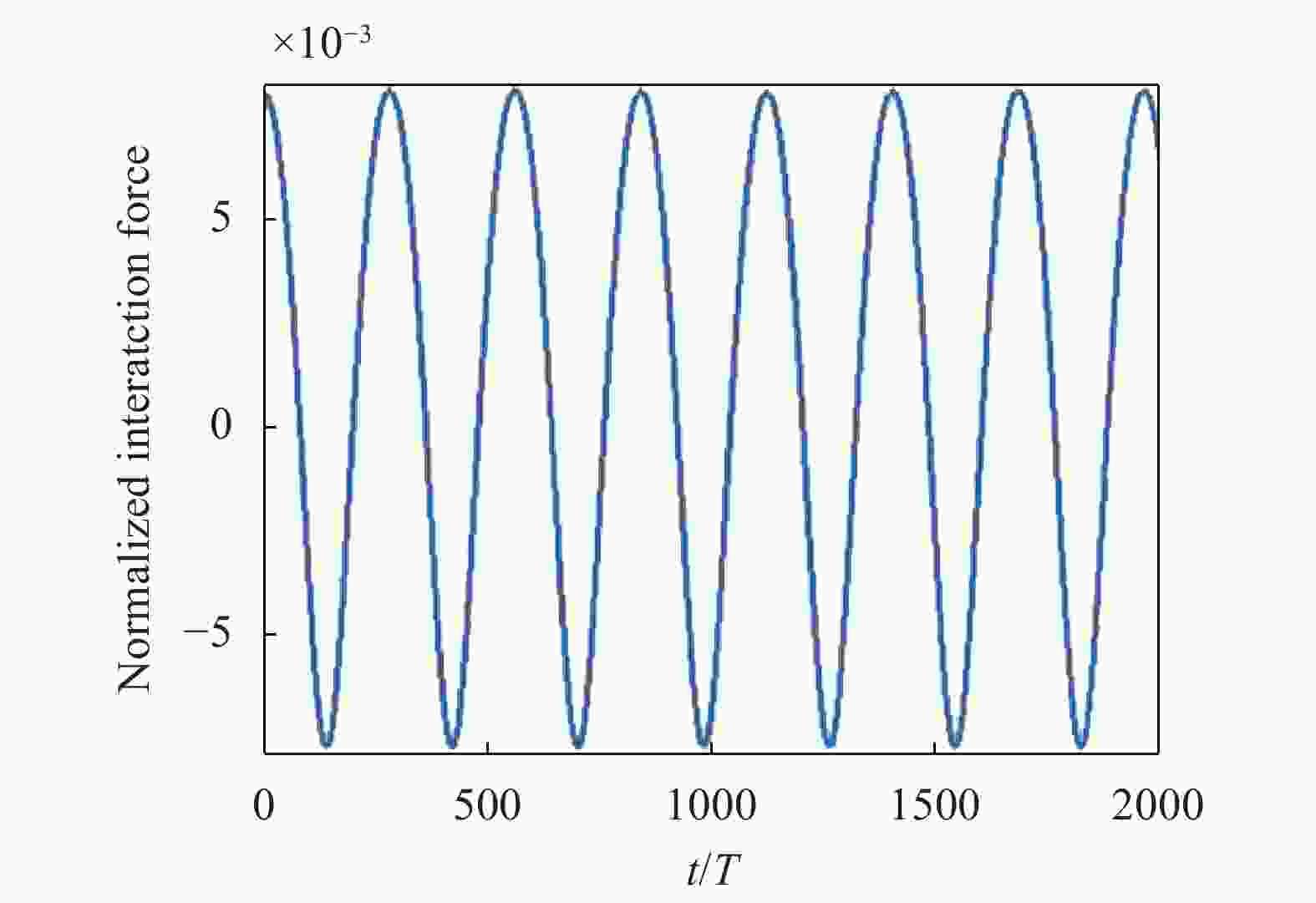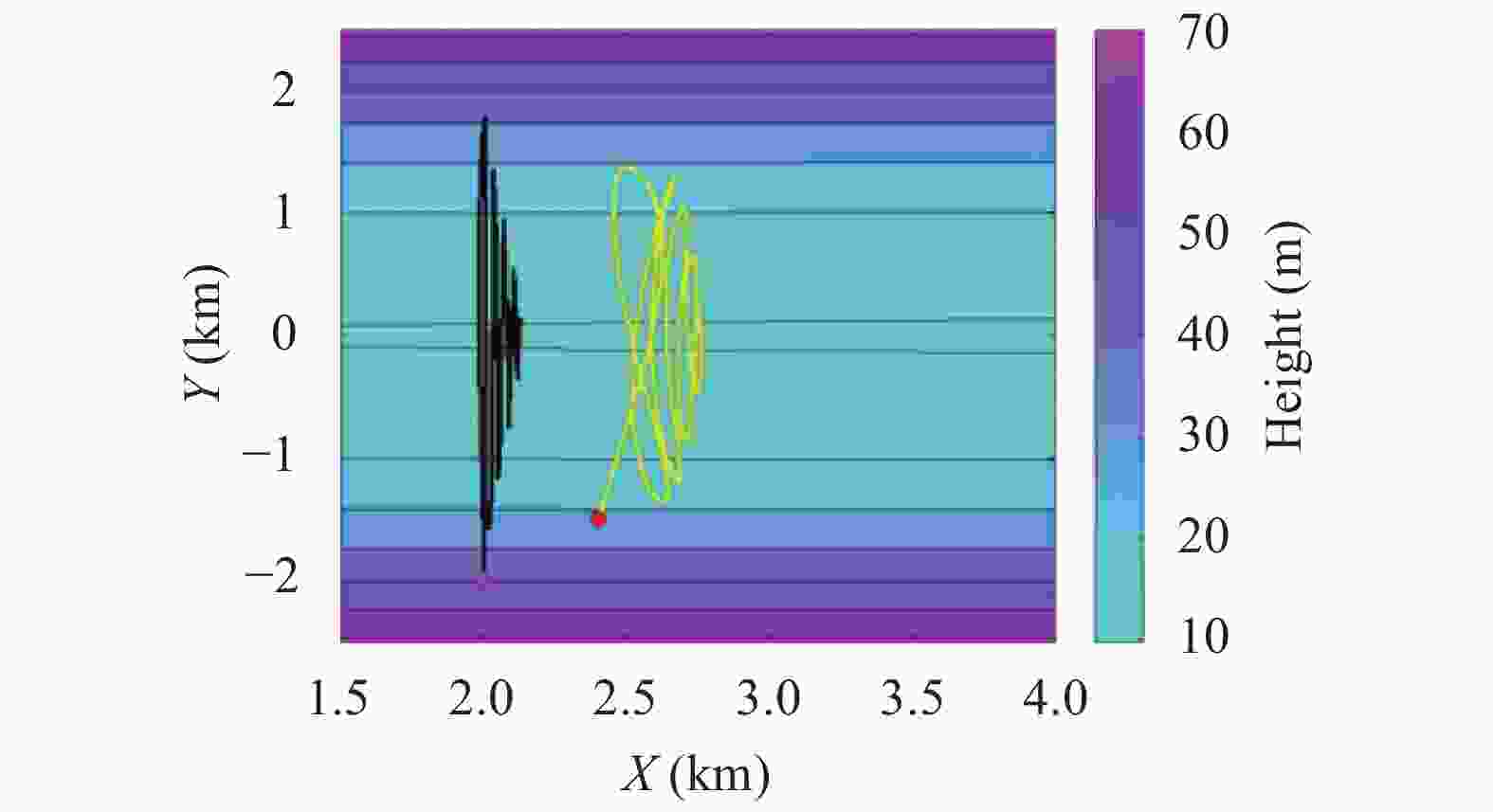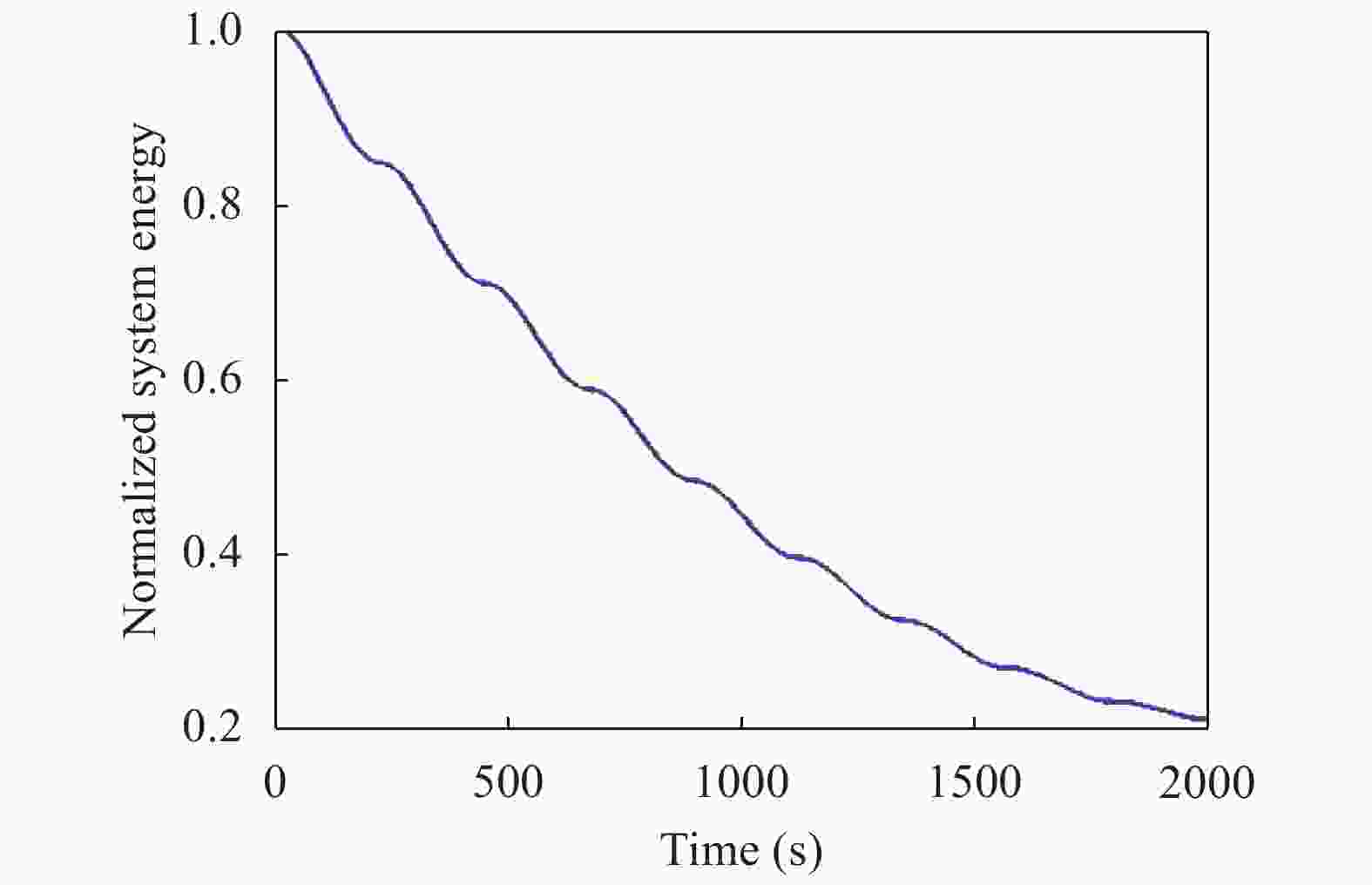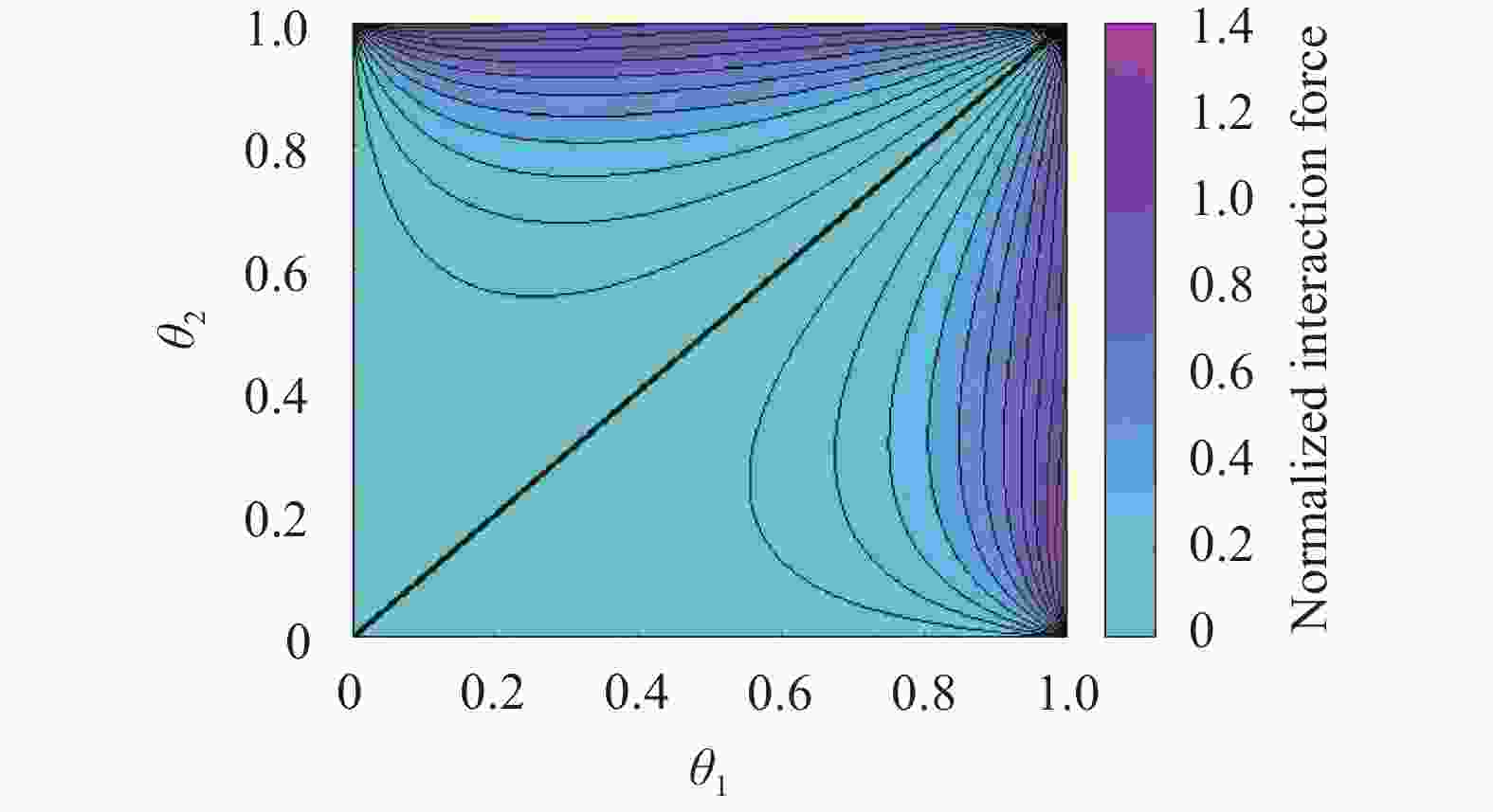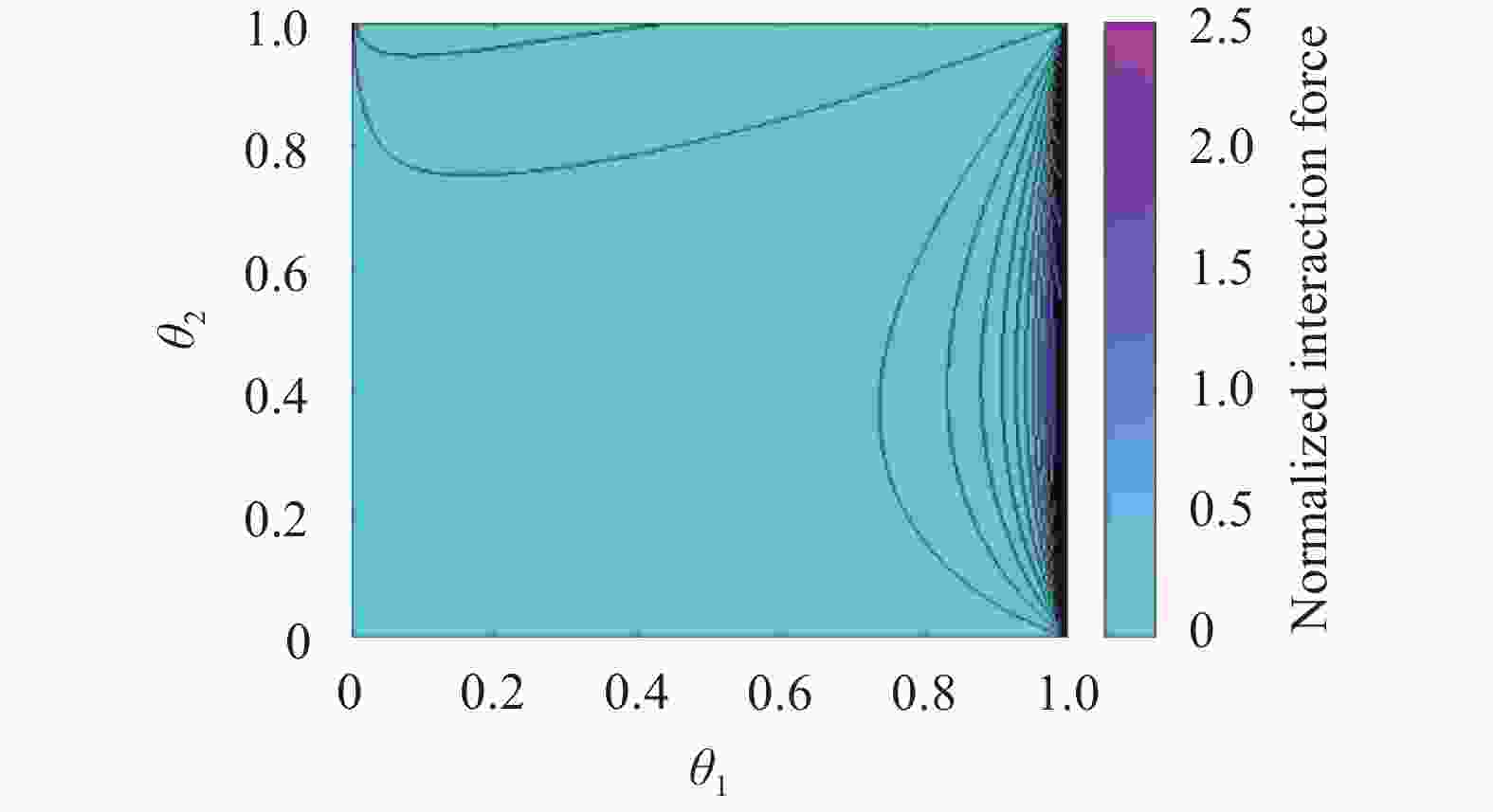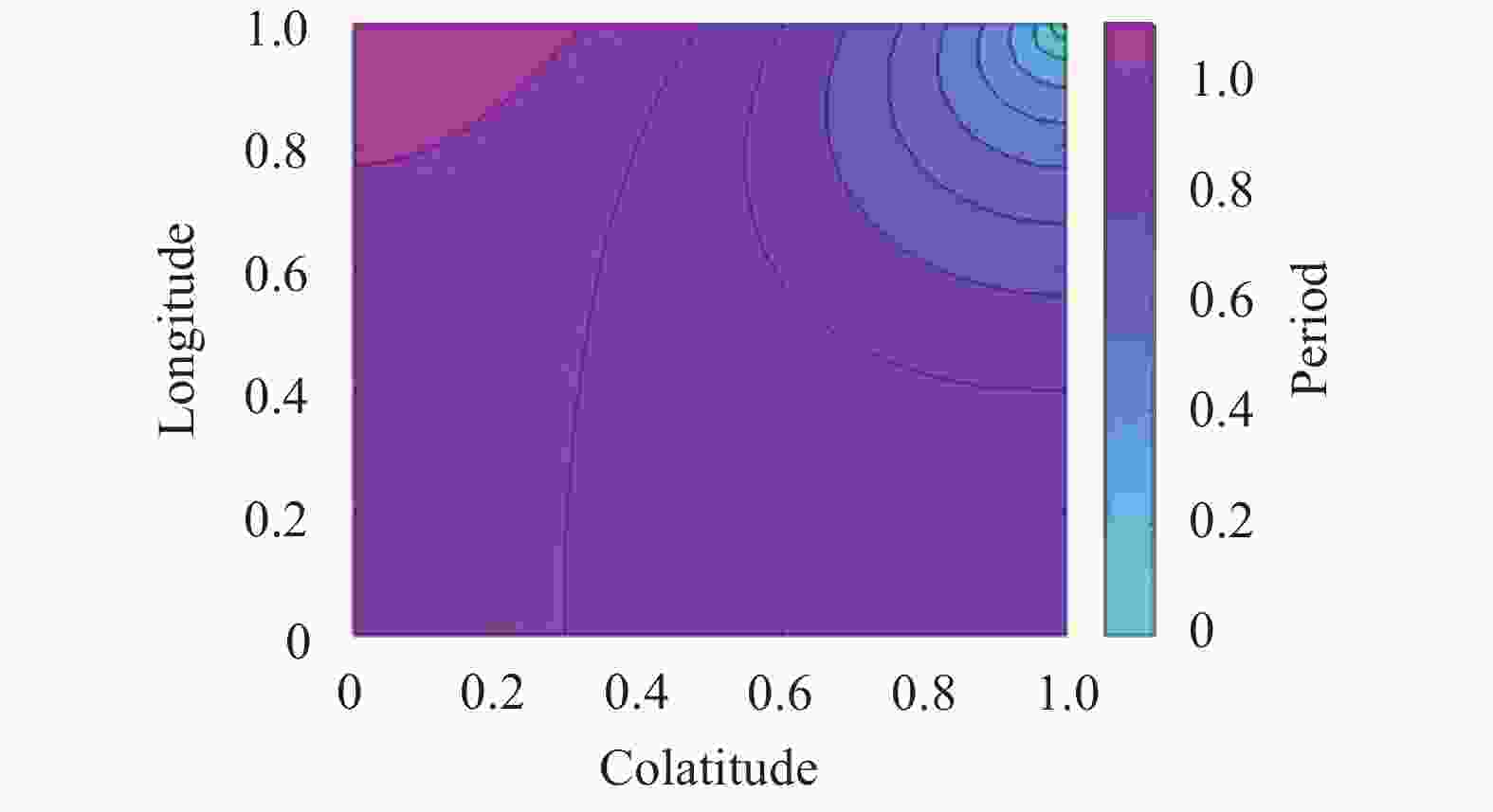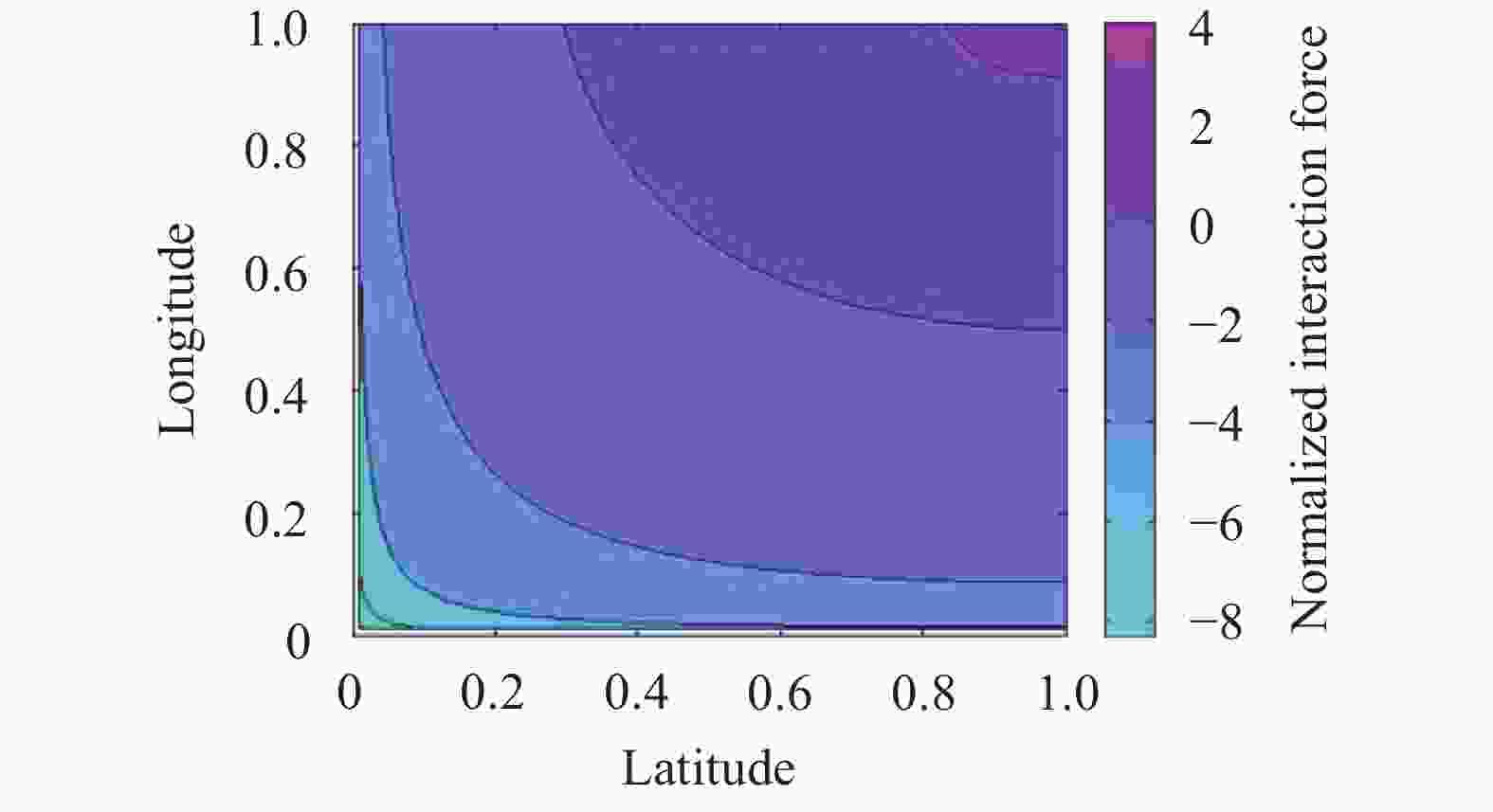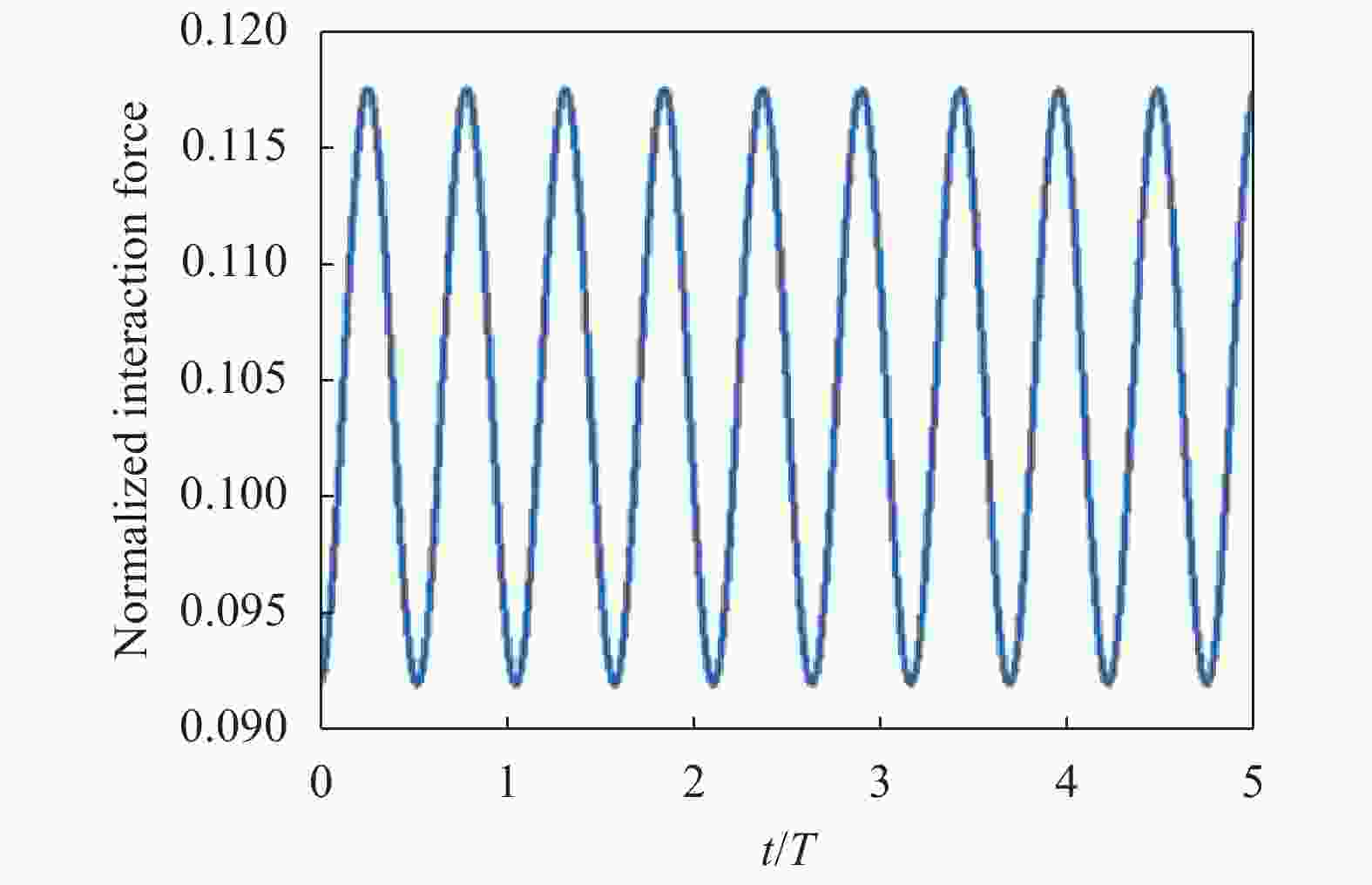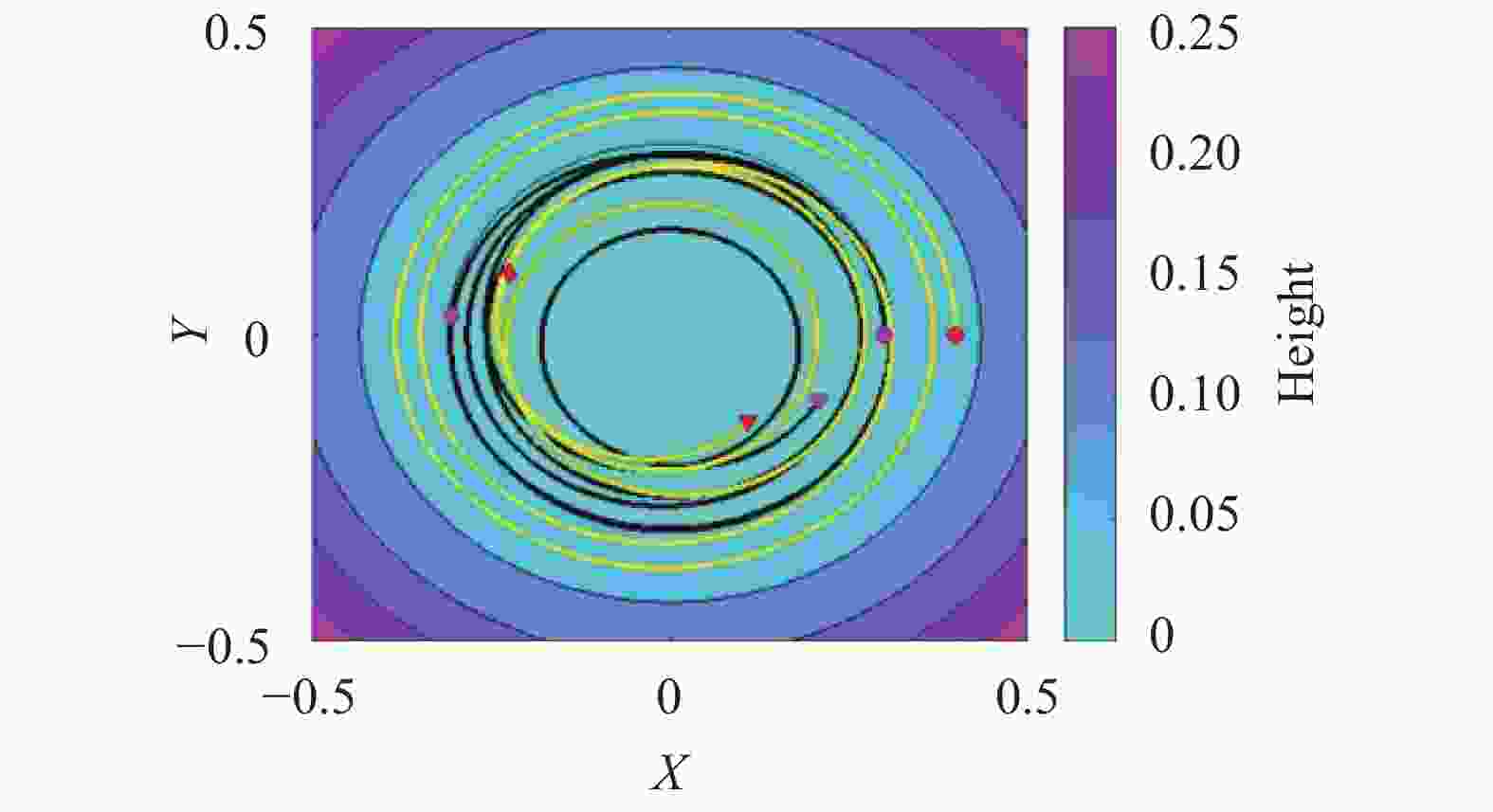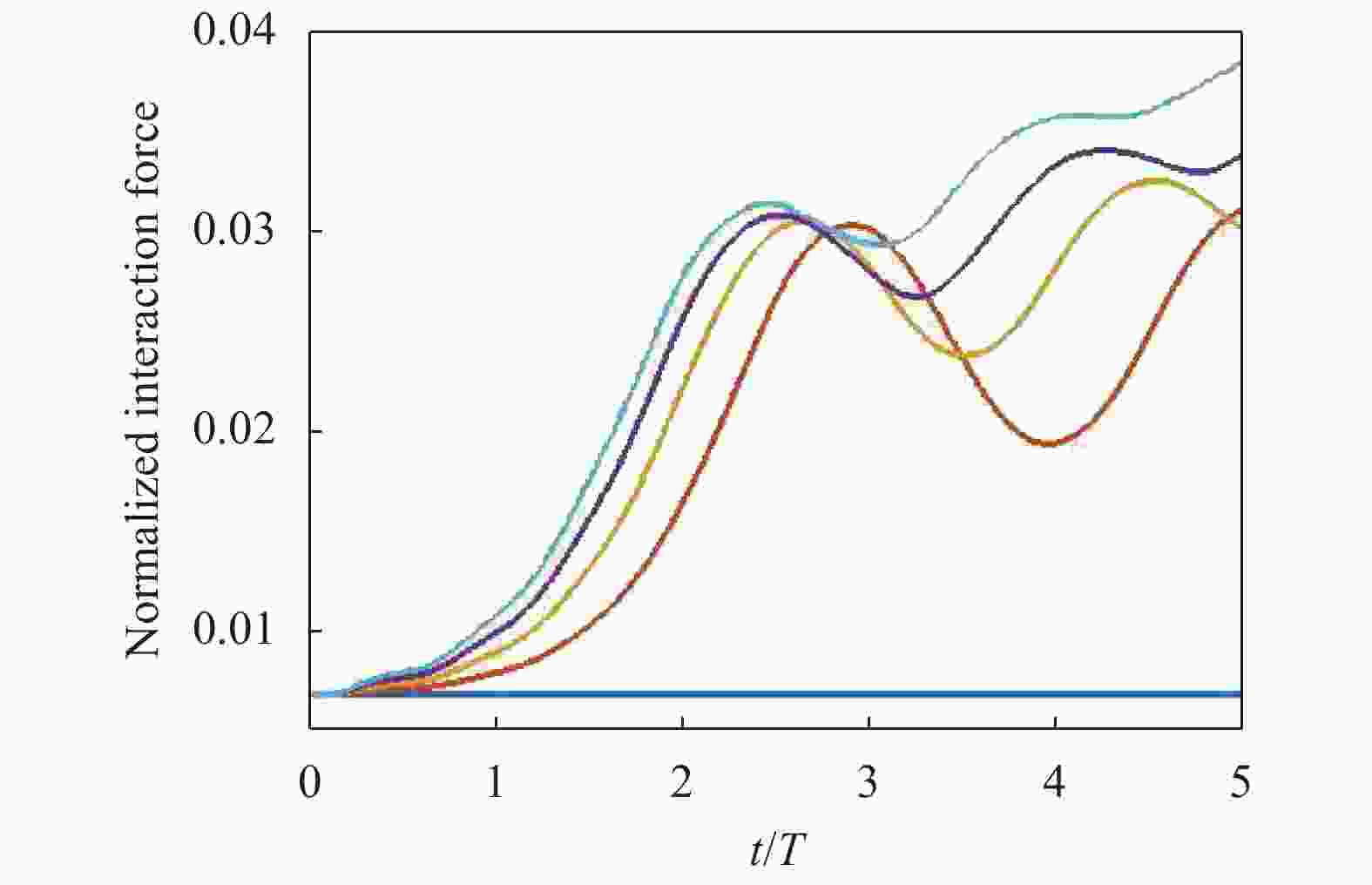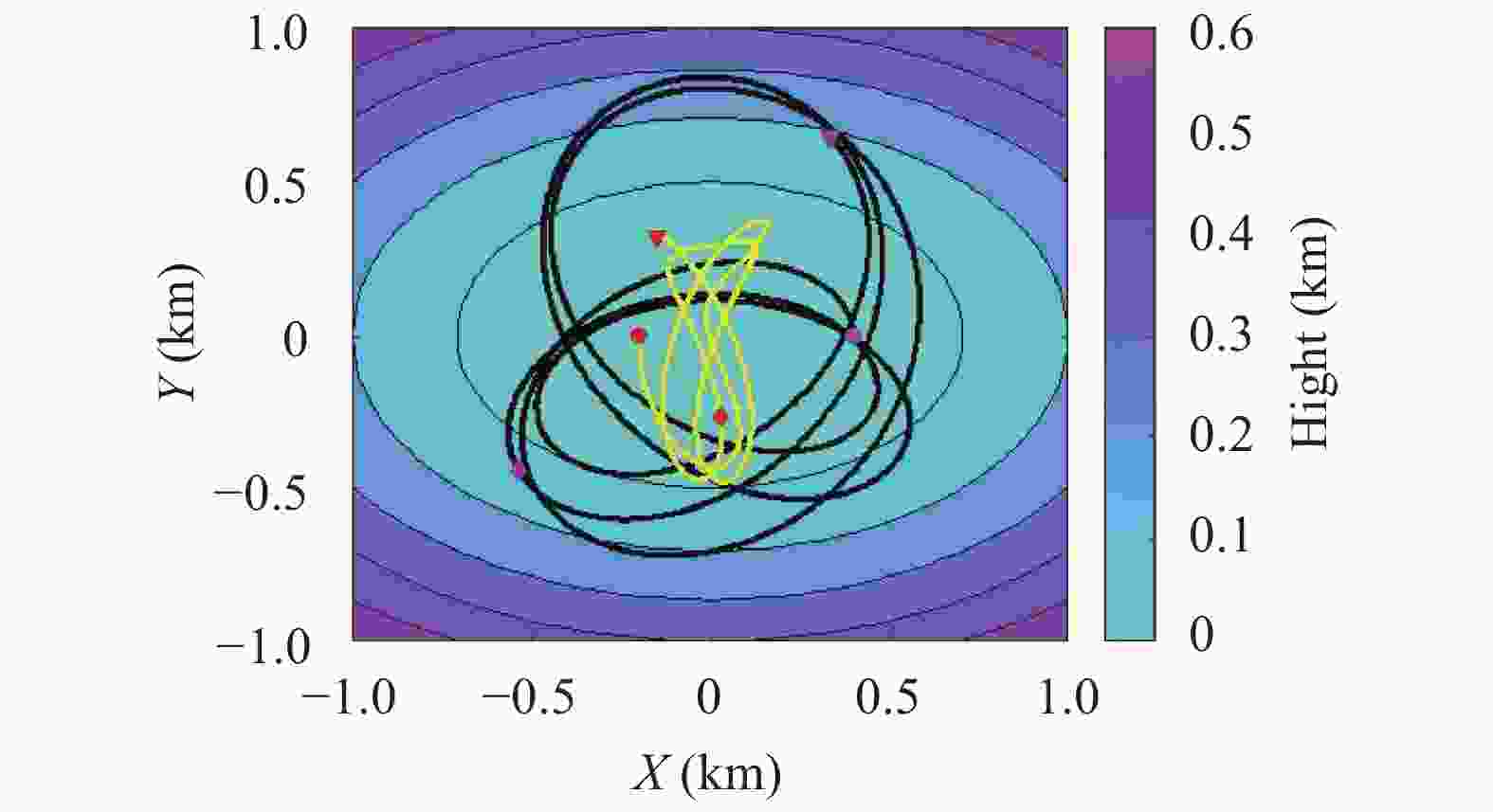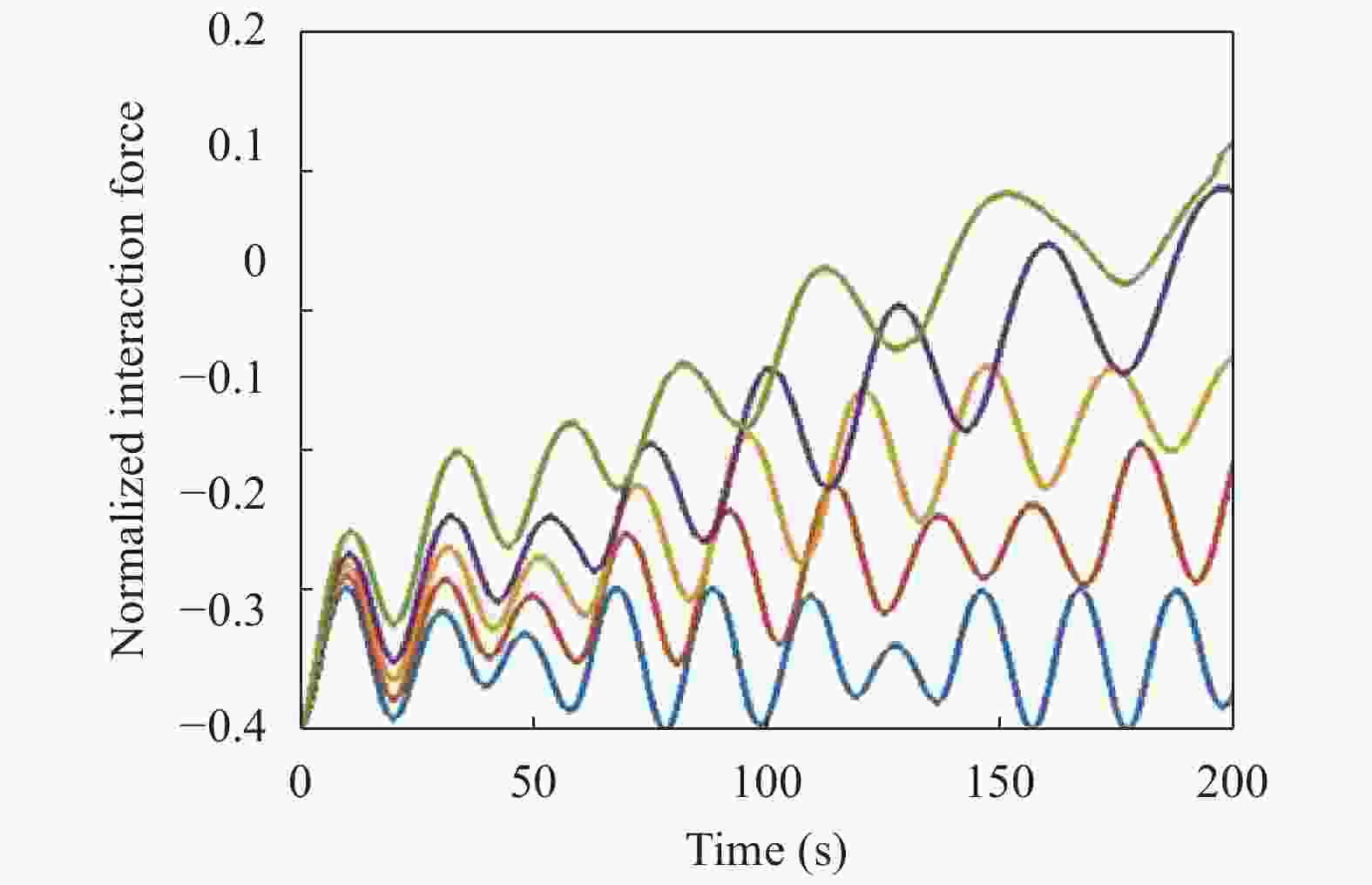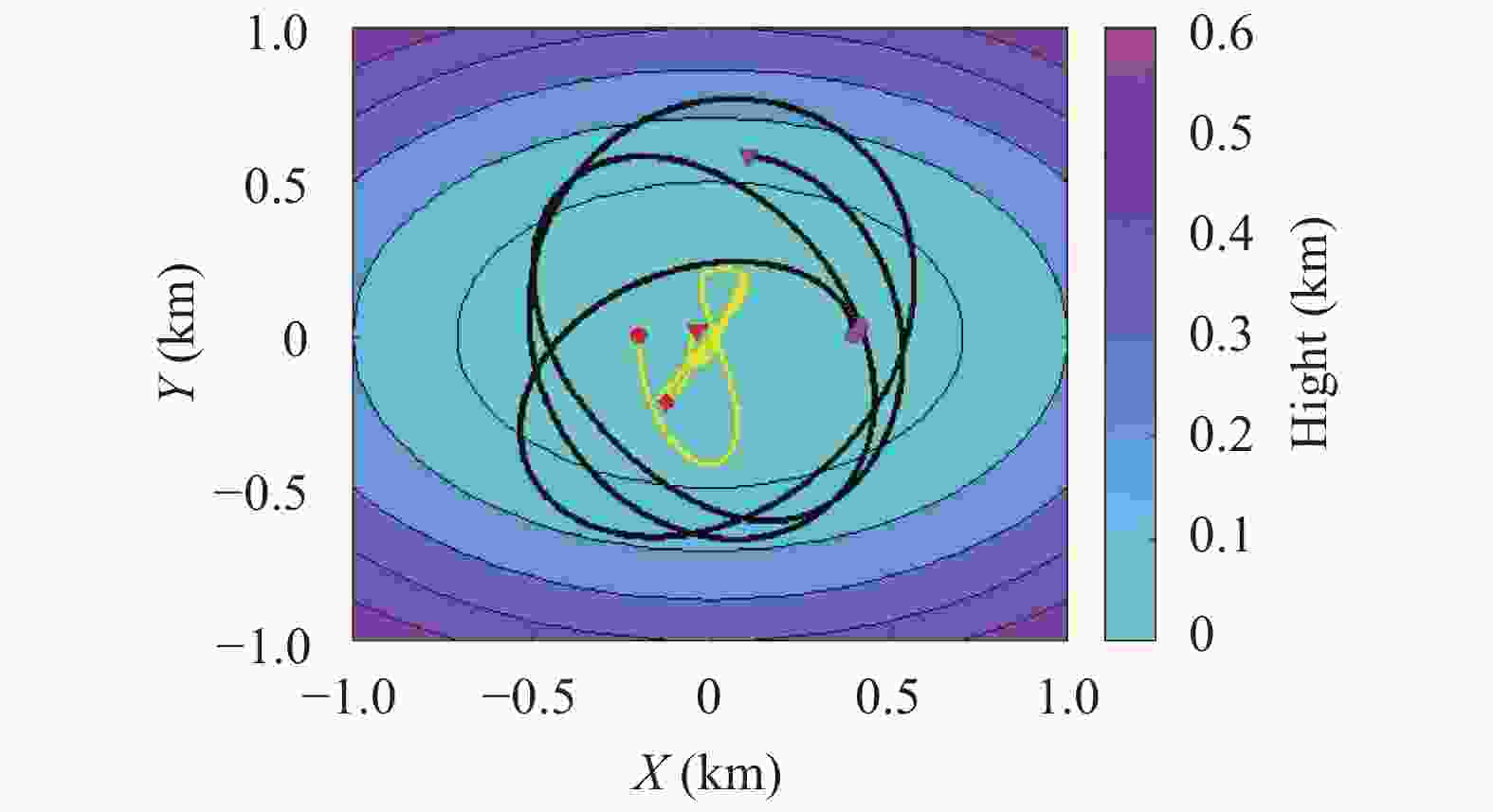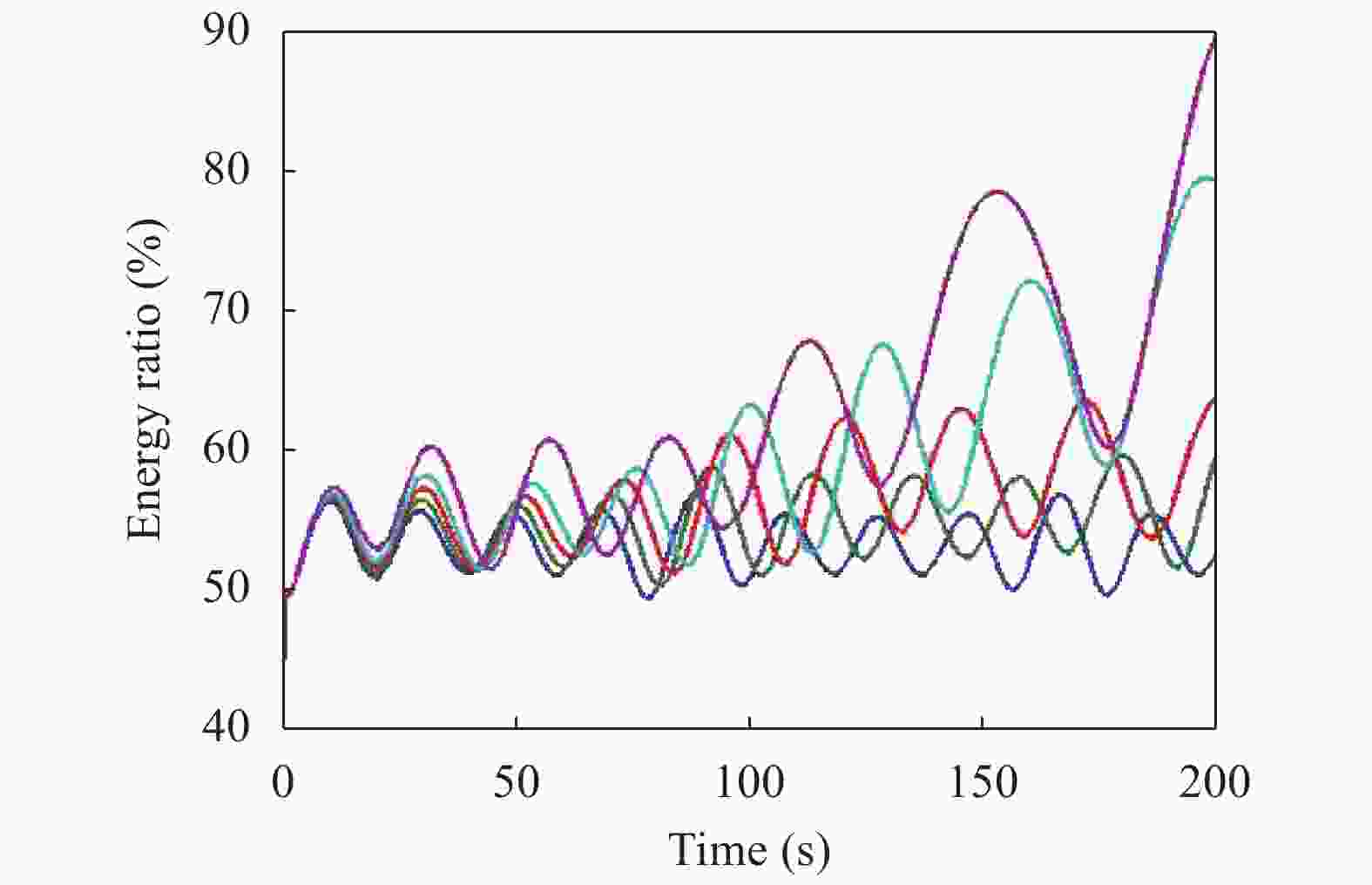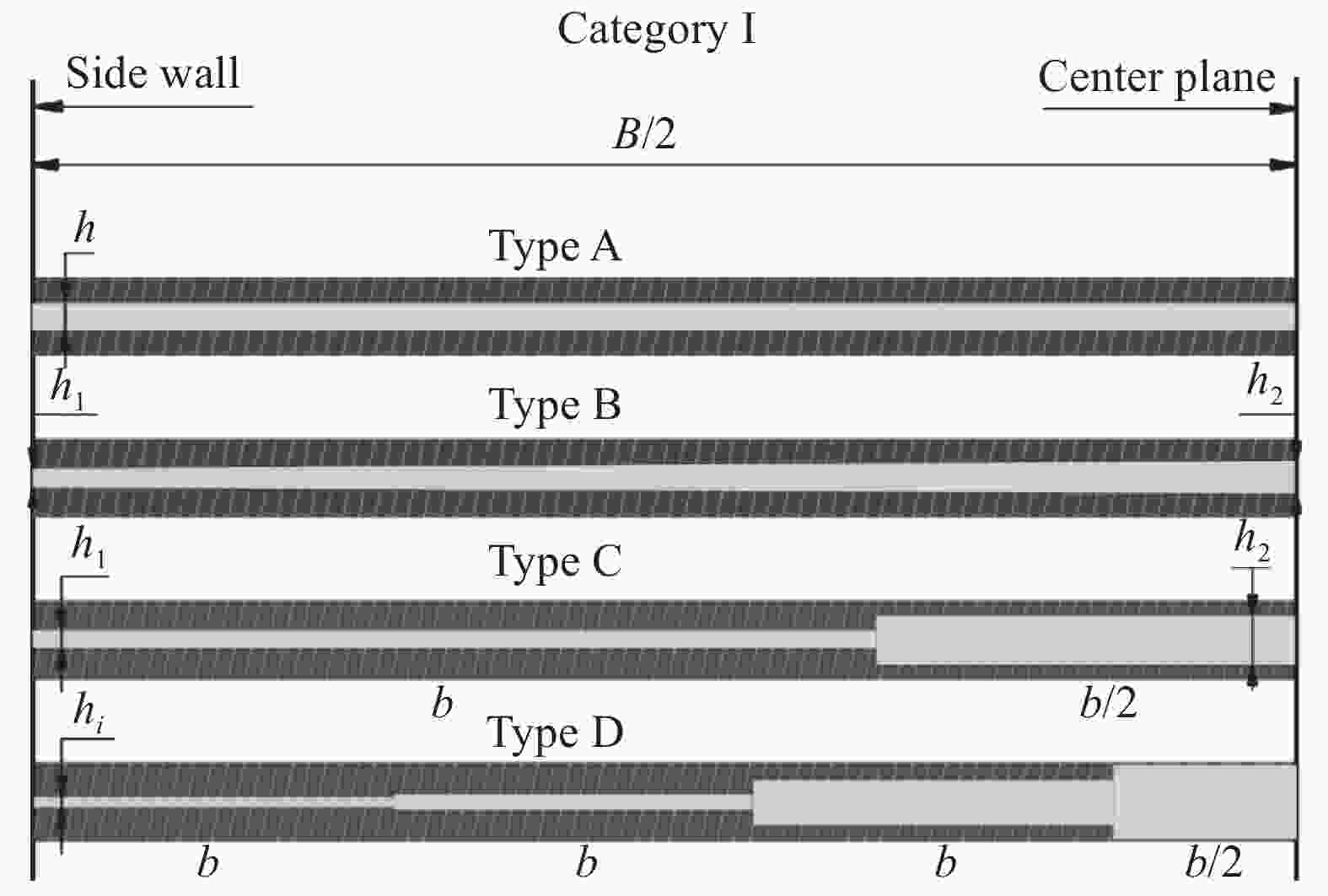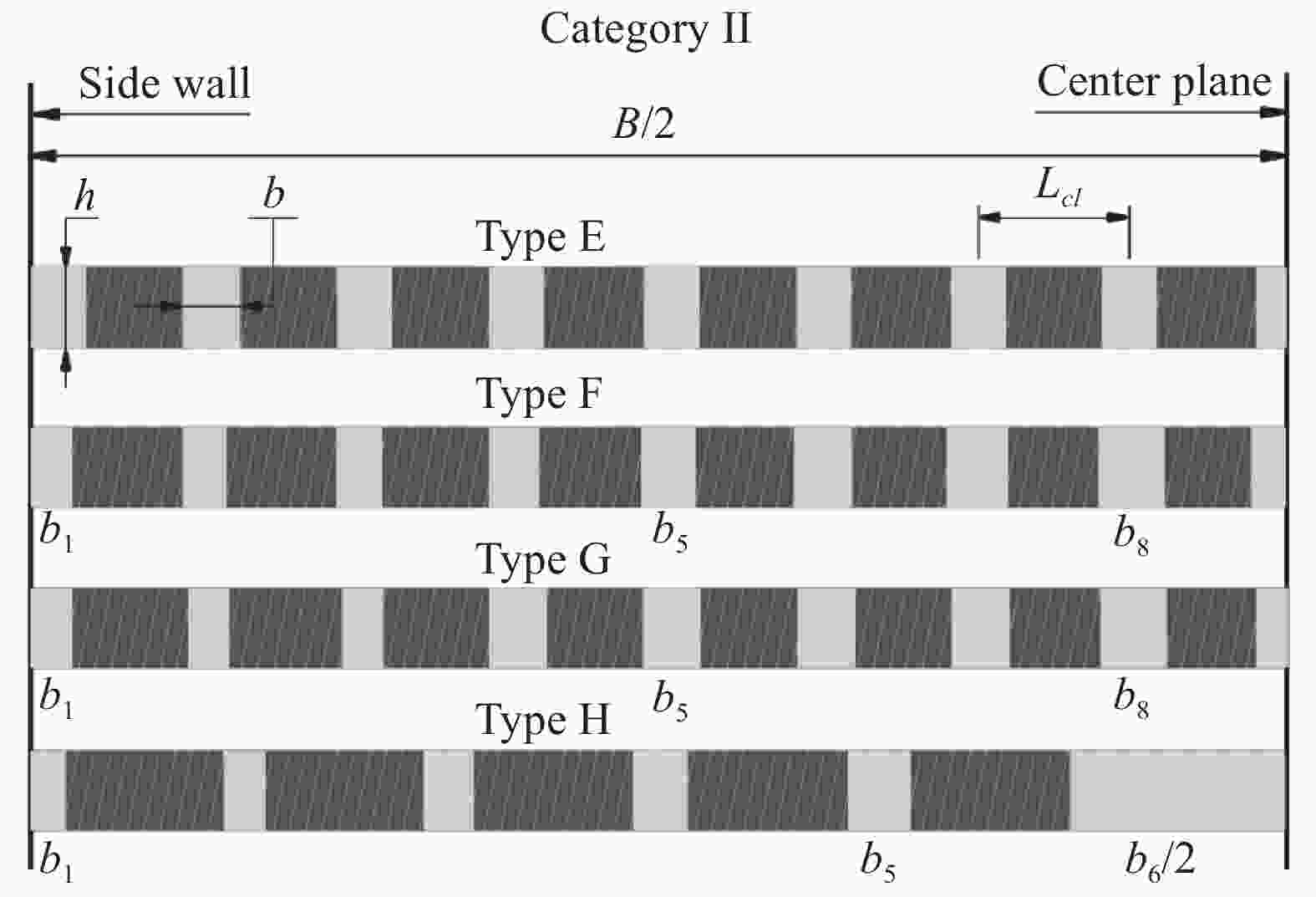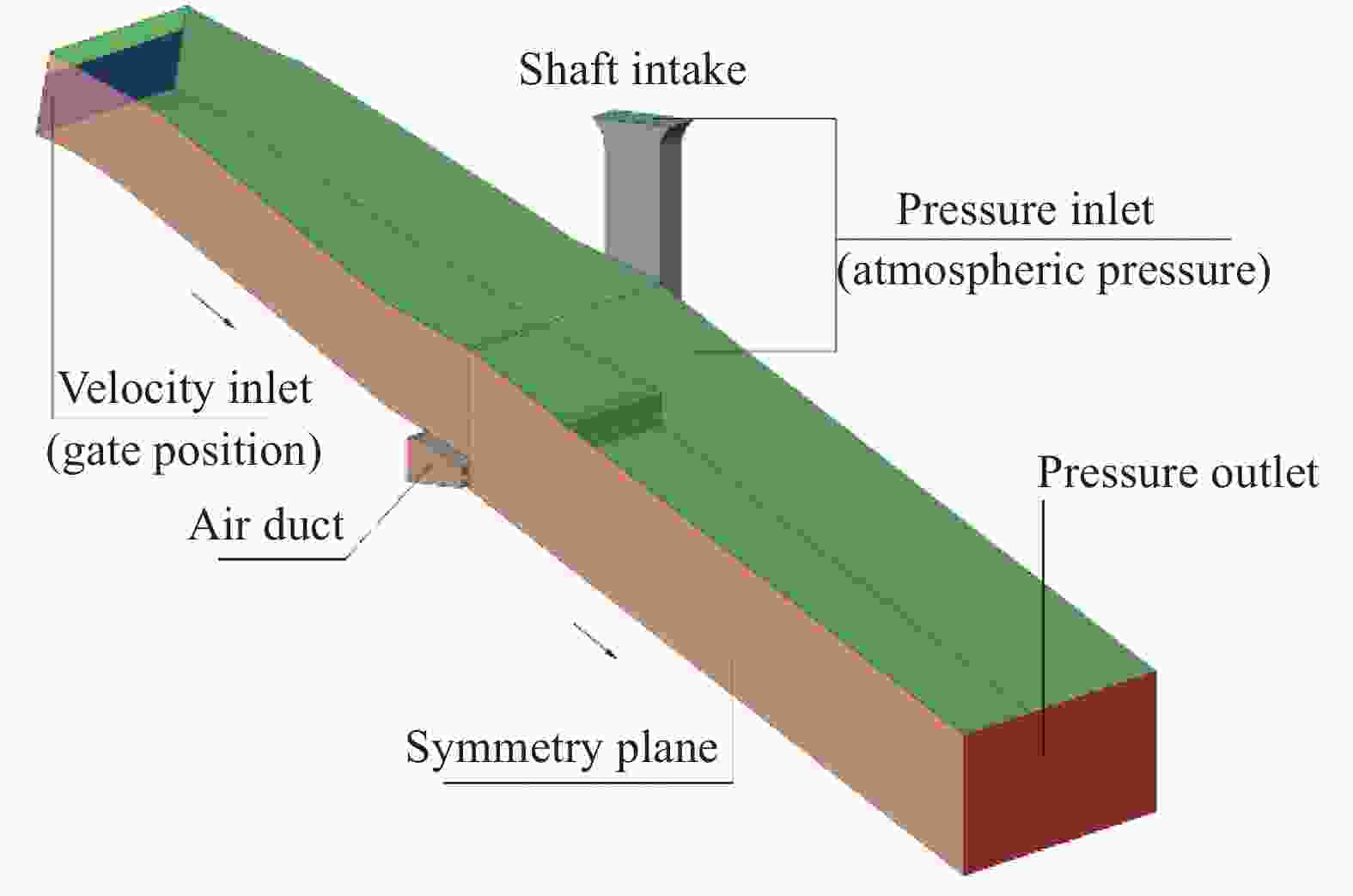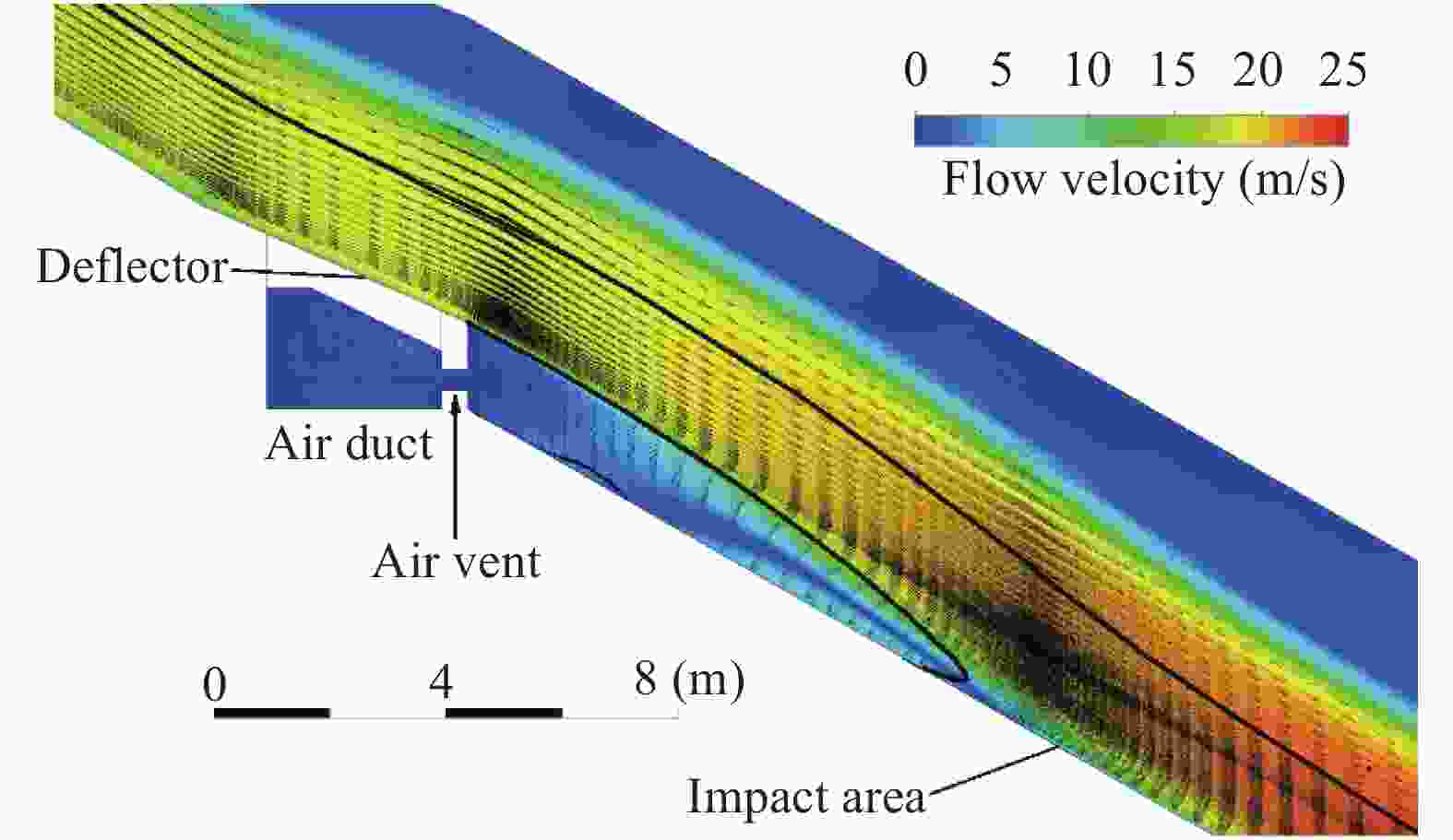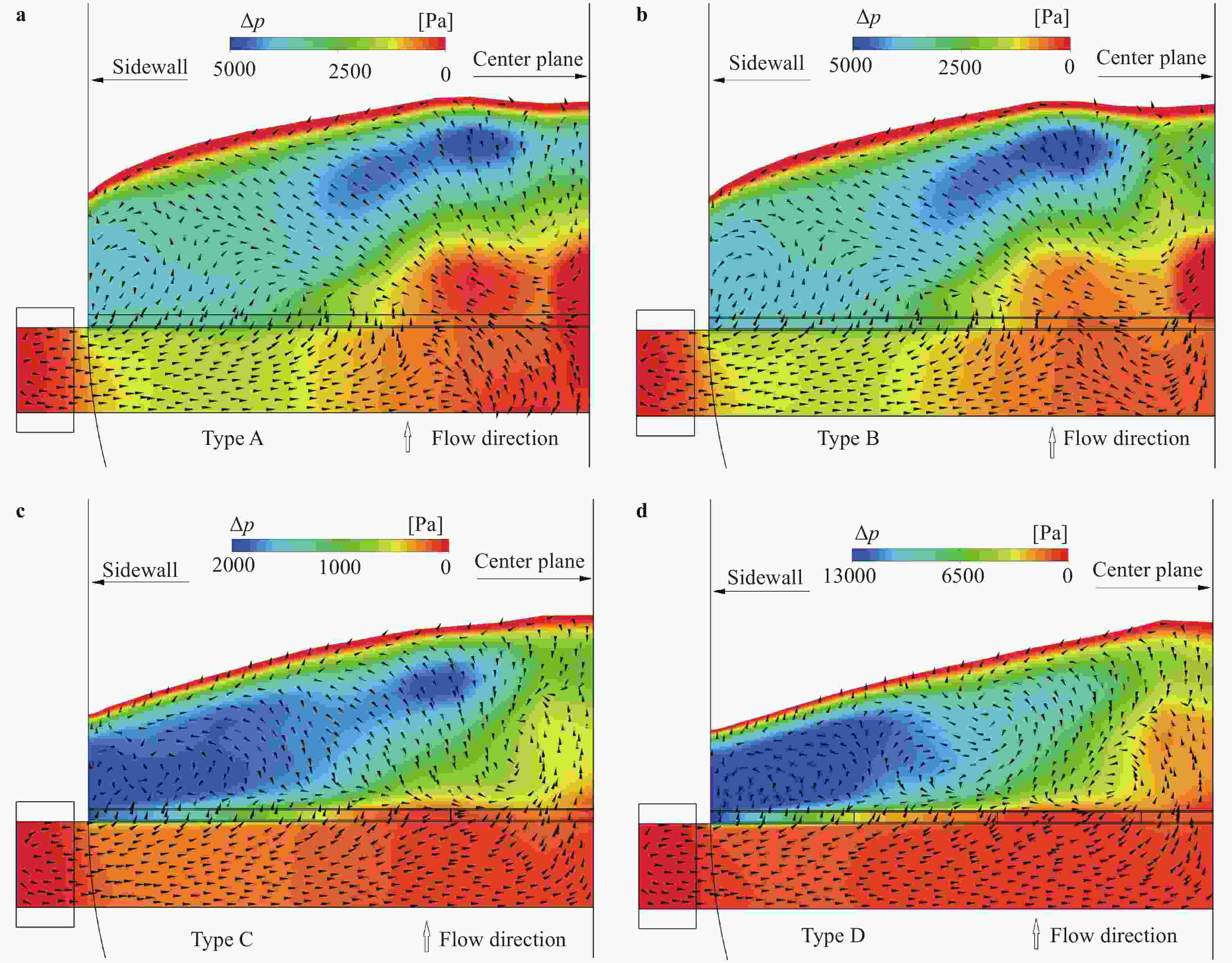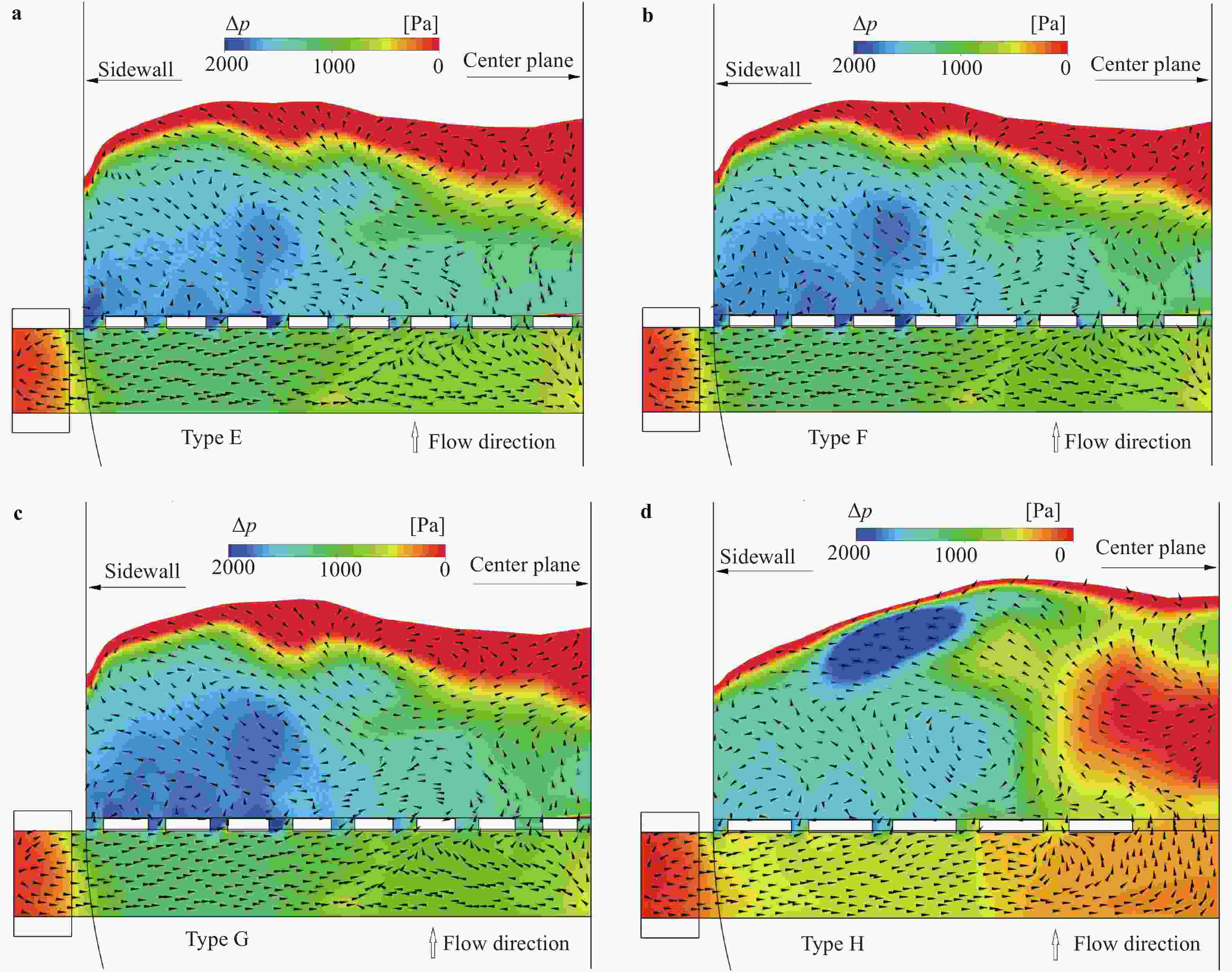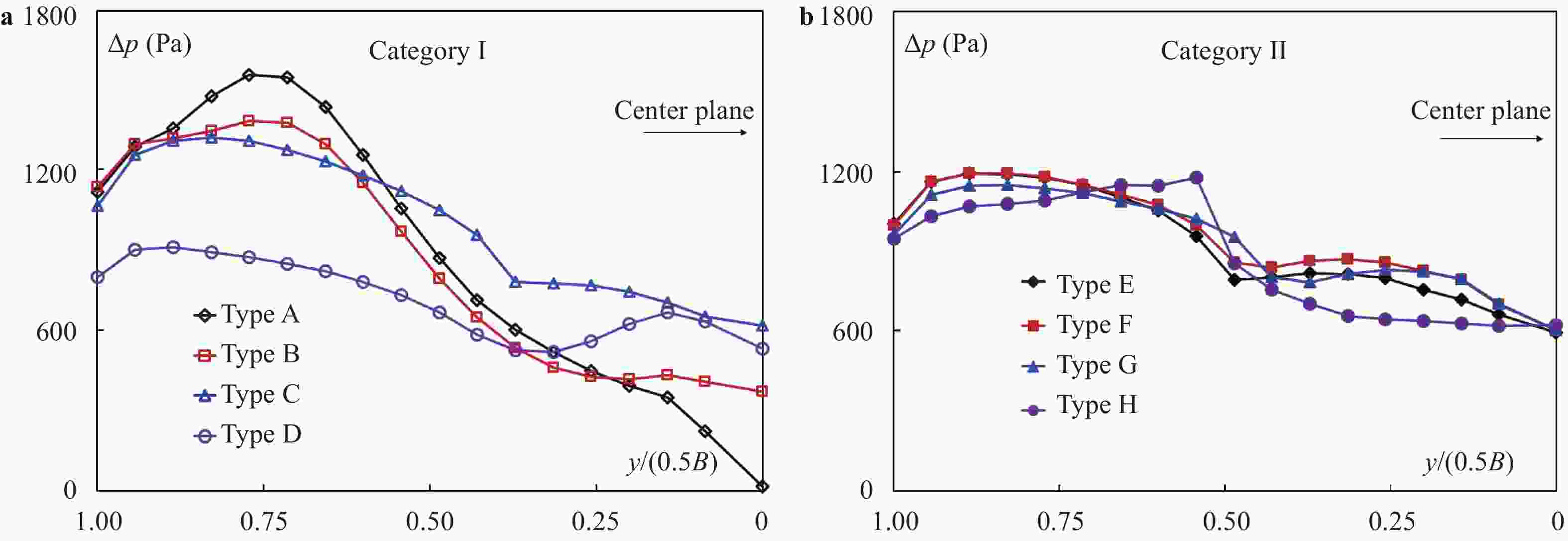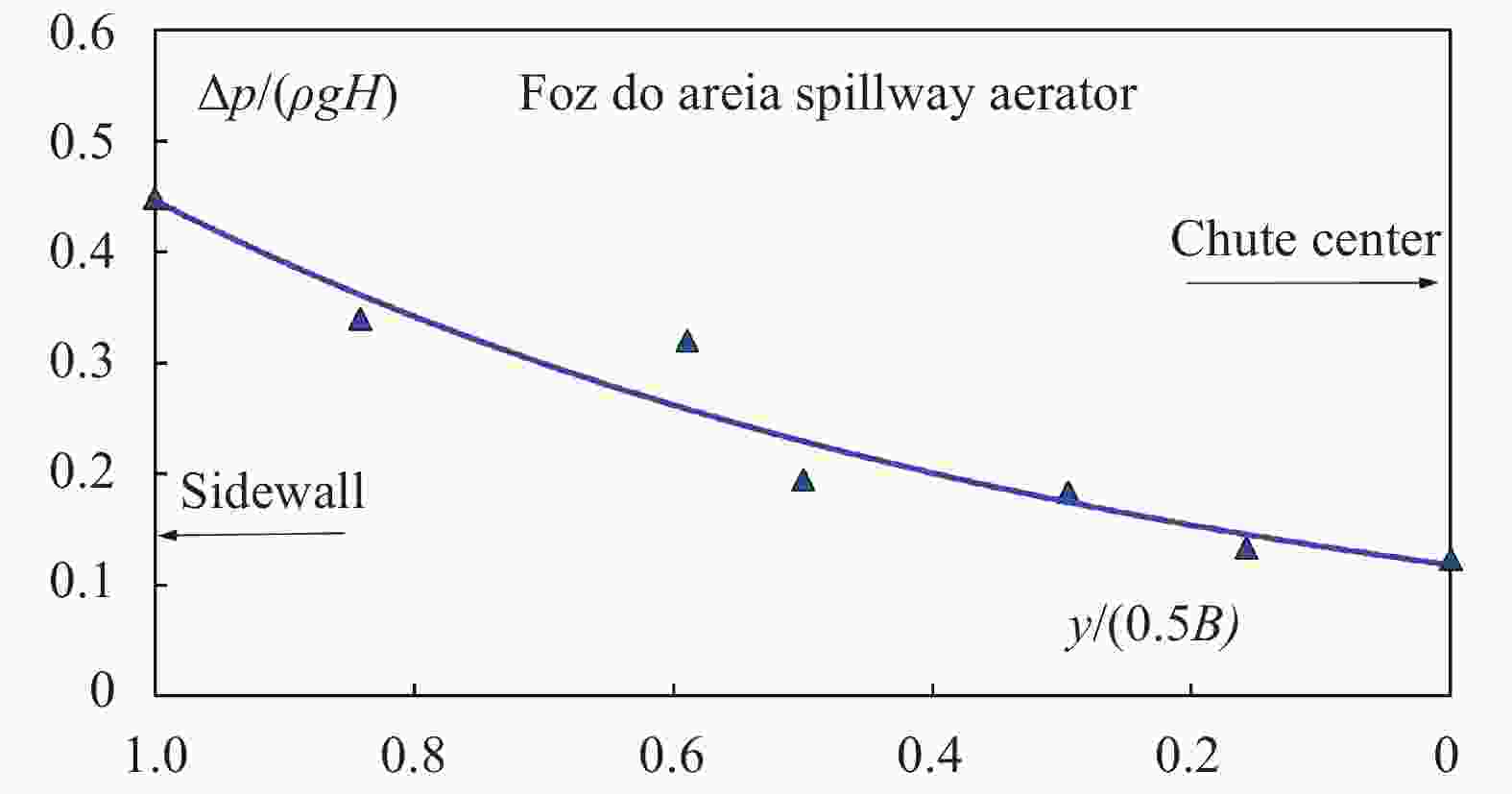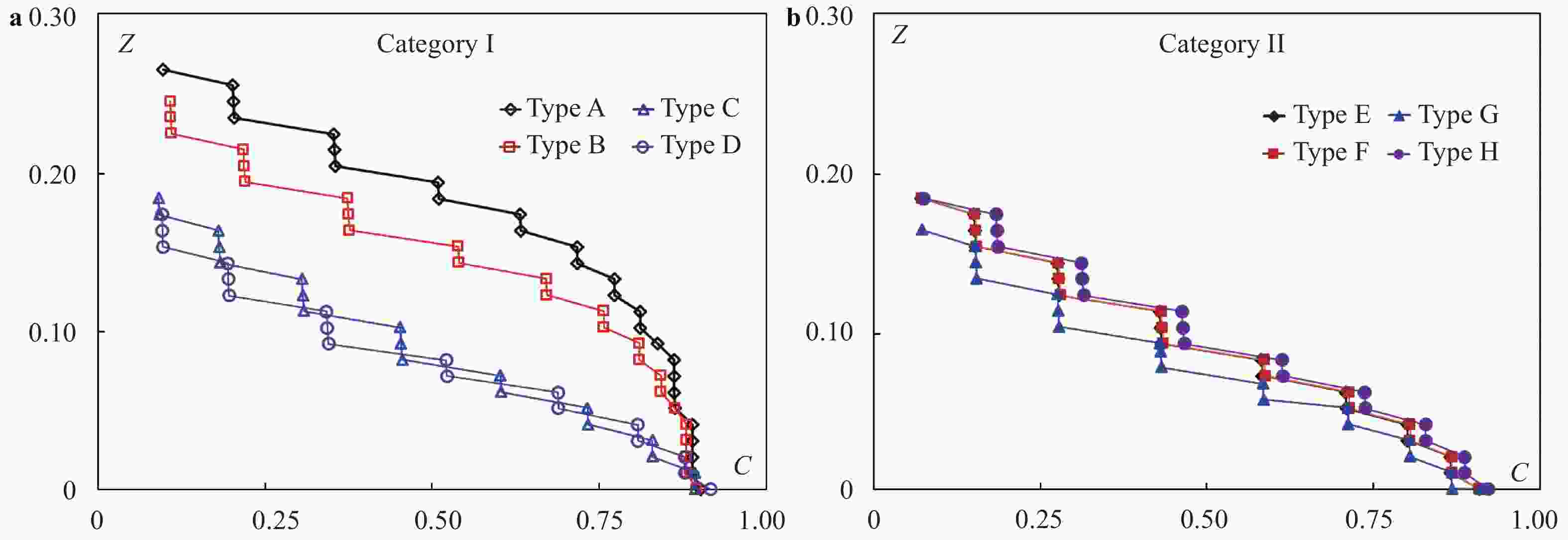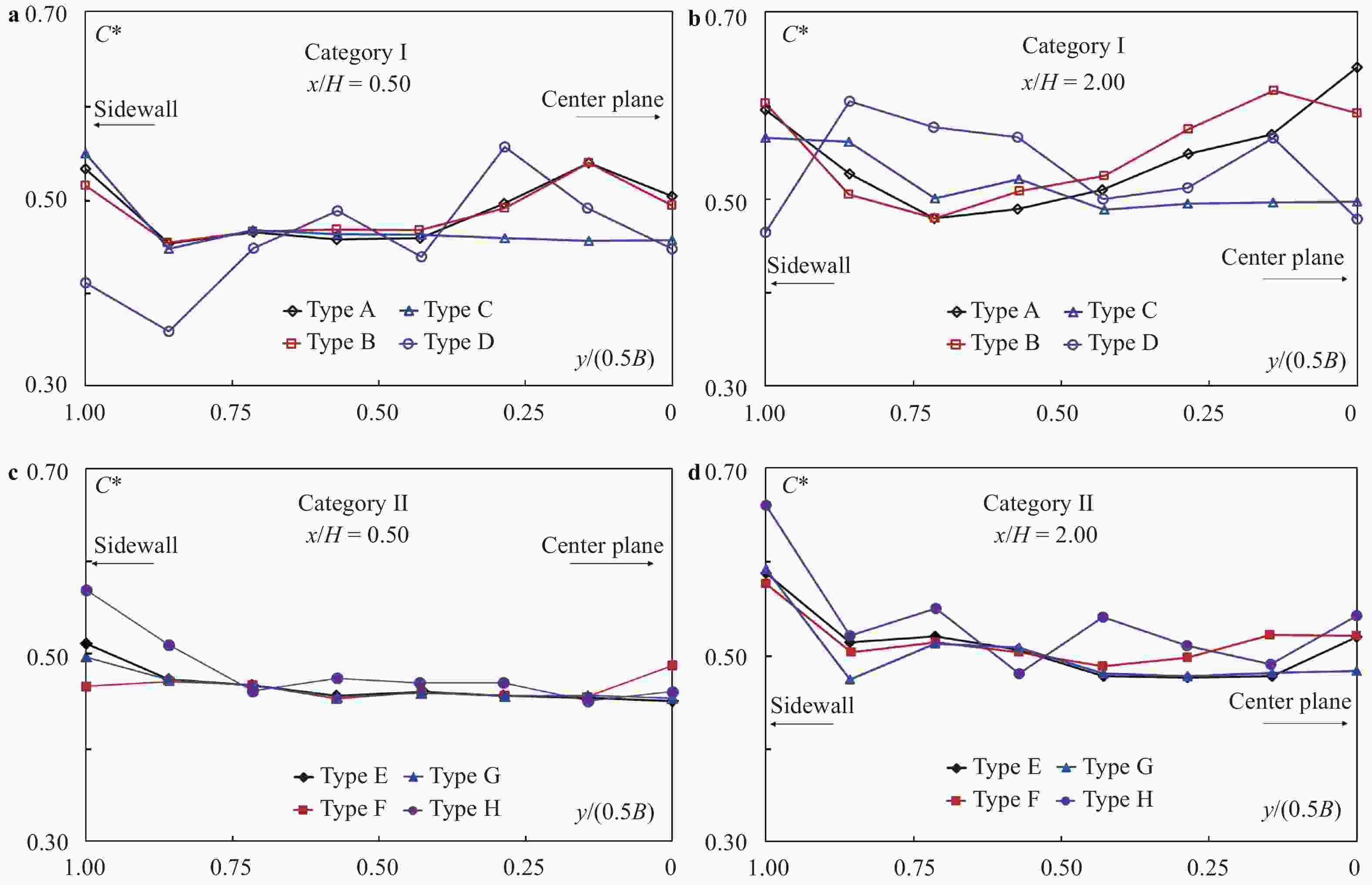Institute of Mechanics,
Chinese Academy of Sciences
2019 Vol.9(2)
Theoretical and Applied Mechanics Letters 2019, 9(2): 61-65.
doi: 10.1016/j.taml.2019.02.001
Abstract:
A nematode Caenorhabditis elegans (C. elegans) is a filter feeder, which draws a suspension of bacteria and separates bacteria from the solvent by using pharyngeal pumping motions and specific mouth parts. This mechanism has not been fully understood. We investigated the mechanism of filtering of bacteria in the pharynx of C. elegans by visualization by fluorescent particles and dyed E. coli. We succeeded in quantifying the selectivity of bacteria-sized particles by C. elegans. The most accumulated particles were those of 0.5 μm in diameter. The quantity of accumulated particles of 0.2 μm or 1.0 μm in diameter was about one third of that of particles of 0.5 μm in diameter. The least accumulated particles were those of 0.05 μm in diameter. These results suggest that the pharyngeal structures of C. elegans would be suitable for eating bacteria because the size of bacteria ingested by C. elegans worms is about 0.5 μm in diameter. We also succeeded in visualizing pharyngeal structures and pumping motions and flow in the pharynx. We found that there were phase differences in the motions among procorpus, metacorpus and isthmus. This result suggests filtering would occur at the two tips of procorpus and isthmus by the phase differences. We found that bacteria-sized particles and bacteria were flowed and trapped in the channels, which existed along the central lumen from tip of procorpus to isthmus. From our results, we proposed the novel mechanism of filtering of bacteria through the channels for flowing and trapping. In future, this selective filtering mechanism of C. elegans would be applied to development of microfluidic filtration devices for medical and biological equipment.
A nematode Caenorhabditis elegans (C. elegans) is a filter feeder, which draws a suspension of bacteria and separates bacteria from the solvent by using pharyngeal pumping motions and specific mouth parts. This mechanism has not been fully understood. We investigated the mechanism of filtering of bacteria in the pharynx of C. elegans by visualization by fluorescent particles and dyed E. coli. We succeeded in quantifying the selectivity of bacteria-sized particles by C. elegans. The most accumulated particles were those of 0.5 μm in diameter. The quantity of accumulated particles of 0.2 μm or 1.0 μm in diameter was about one third of that of particles of 0.5 μm in diameter. The least accumulated particles were those of 0.05 μm in diameter. These results suggest that the pharyngeal structures of C. elegans would be suitable for eating bacteria because the size of bacteria ingested by C. elegans worms is about 0.5 μm in diameter. We also succeeded in visualizing pharyngeal structures and pumping motions and flow in the pharynx. We found that there were phase differences in the motions among procorpus, metacorpus and isthmus. This result suggests filtering would occur at the two tips of procorpus and isthmus by the phase differences. We found that bacteria-sized particles and bacteria were flowed and trapped in the channels, which existed along the central lumen from tip of procorpus to isthmus. From our results, we proposed the novel mechanism of filtering of bacteria through the channels for flowing and trapping. In future, this selective filtering mechanism of C. elegans would be applied to development of microfluidic filtration devices for medical and biological equipment.
Theoretical and Applied Mechanics Letters 2019, 9(2): 66-70.
doi: 10.1016/j.taml.2019.01.003
Abstract:
The extractable hydrokinetic power from an oscillating membrane in standing motion and induced by a water flow and its possible significance with regard energy harvesting is discussed. The main attractiveness of such an energy harvester lies in the possibility of an inexpensive technology able to be used in those water flows which either because limitation of space (narrow channels) or a limited differential pressure drop with the surrounding but yet with a non negligible velocity are not well suited to be turbined. Utilizing a simplified geometrical model, an estimate of the extractable output density power per area of membrane was derived. Preliminary experiments were performed using a rectangular thin rubber membrane and for a typical domestic water intake as source. The experimental data quantitatively agree very well with the theoretical prediction where it was found that for water flows around 2 m/s the output power density from the membrane may be around 30 mW/cm2 of membrane. Additional research and development is required in order to arrive at a reliable practical and commercial design.
The extractable hydrokinetic power from an oscillating membrane in standing motion and induced by a water flow and its possible significance with regard energy harvesting is discussed. The main attractiveness of such an energy harvester lies in the possibility of an inexpensive technology able to be used in those water flows which either because limitation of space (narrow channels) or a limited differential pressure drop with the surrounding but yet with a non negligible velocity are not well suited to be turbined. Utilizing a simplified geometrical model, an estimate of the extractable output density power per area of membrane was derived. Preliminary experiments were performed using a rectangular thin rubber membrane and for a typical domestic water intake as source. The experimental data quantitatively agree very well with the theoretical prediction where it was found that for water flows around 2 m/s the output power density from the membrane may be around 30 mW/cm2 of membrane. Additional research and development is required in order to arrive at a reliable practical and commercial design.
Theoretical and Applied Mechanics Letters 2019, 9(2): 71-78.
doi: 10.1016/j.taml.2019.02.002
Abstract:
Droplet-laden turbulent airflow (i.e. the mixture of dry air and water vapor) in the marine atmospheric boundary layer is described by an open channel flow configuration in direct numerical simulation (DNS). The dispersed phase, the spray droplets are tracked in a Lagrangian framework, and their impact on the carrier airflow is modeled with the two-way coupling between the two phases. A wide-range droplet size is typically found near the air–sea interface according to the sea spray concentration function (SSCF). The interactions of the droplets with turbulent airflow including mass, momentum, and energy exchange are investigated here. We found a balancing mechanism exists in the droplet effects on the turbulent drag coefficient, since spray droplets lead to a decreased vertical turbulent momentum transport, but also lead to an increased droplet contribution to total drag coefficient. For the heat transfer, as droplet mass loading increasing, the total Nusselt number decreases due to the depression of turbulent heat flux and enhanced negative droplet convective flux.
Droplet-laden turbulent airflow (i.e. the mixture of dry air and water vapor) in the marine atmospheric boundary layer is described by an open channel flow configuration in direct numerical simulation (DNS). The dispersed phase, the spray droplets are tracked in a Lagrangian framework, and their impact on the carrier airflow is modeled with the two-way coupling between the two phases. A wide-range droplet size is typically found near the air–sea interface according to the sea spray concentration function (SSCF). The interactions of the droplets with turbulent airflow including mass, momentum, and energy exchange are investigated here. We found a balancing mechanism exists in the droplet effects on the turbulent drag coefficient, since spray droplets lead to a decreased vertical turbulent momentum transport, but also lead to an increased droplet contribution to total drag coefficient. For the heat transfer, as droplet mass loading increasing, the total Nusselt number decreases due to the depression of turbulent heat flux and enhanced negative droplet convective flux.
Theoretical and Applied Mechanics Letters 2019, 9(2): 79-83.
doi: 10.1016/j.taml.2019.02.003
Abstract:
A novel numerical framework is developed for large-eddy simulation (LES) of interactions among air, water, and solid bodies. The motions of air and water are solved on a fixed block-structured mesh, with the air–water interface captured using the volume-of-fluid method. A new sub-grid scale stress model based on the vortex identifier is used to improve the robustness and efficiency of the simulation flows with air–water interface. The new framework is tested in the context of bow waves and Kelvin waves generated by a water-surface vehicle. Wave breaking at the bow of the vehicle is captured in LES. The LES results of wave geometry approaches the measurements progressively as the grid resolution is refined. The simulation results indicate that LES is a useful tool for studying wave dynamics of water-surface vehicles.
A novel numerical framework is developed for large-eddy simulation (LES) of interactions among air, water, and solid bodies. The motions of air and water are solved on a fixed block-structured mesh, with the air–water interface captured using the volume-of-fluid method. A new sub-grid scale stress model based on the vortex identifier is used to improve the robustness and efficiency of the simulation flows with air–water interface. The new framework is tested in the context of bow waves and Kelvin waves generated by a water-surface vehicle. Wave breaking at the bow of the vehicle is captured in LES. The LES results of wave geometry approaches the measurements progressively as the grid resolution is refined. The simulation results indicate that LES is a useful tool for studying wave dynamics of water-surface vehicles.
Theoretical and Applied Mechanics Letters 2019, 9(2): 106-112.
doi: 10.1016/j.taml.2019.02.010
Abstract:
The impact of the Marangoni convection over the thin film flow on an expanding cylinder has been examined in this study. The diverse effect of the embedded constraints has been detected during the liquid film flow. It has been examined that the behavior of the physical parameters altered after the small intervals and diverse from the traditional approach. The similarity variables have been utilized to alter the basic flow equations into the nonlinear ordinary differential equations. The result of the transformed equations is computed by BVPh 2.0 package. The performance of different constraints, for flow motion and temperature distributions are plotted and conferred. It has been observed that under the Marangoni convection the impact of the physical parameters varies after the point of inflection and the diverse impact of the embedding constraints provide space for the variation of the point of inflection for the desired spray analysis.
The impact of the Marangoni convection over the thin film flow on an expanding cylinder has been examined in this study. The diverse effect of the embedded constraints has been detected during the liquid film flow. It has been examined that the behavior of the physical parameters altered after the small intervals and diverse from the traditional approach. The similarity variables have been utilized to alter the basic flow equations into the nonlinear ordinary differential equations. The result of the transformed equations is computed by BVPh 2.0 package. The performance of different constraints, for flow motion and temperature distributions are plotted and conferred. It has been observed that under the Marangoni convection the impact of the physical parameters varies after the point of inflection and the diverse impact of the embedding constraints provide space for the variation of the point of inflection for the desired spray analysis.
Theoretical and Applied Mechanics Letters 2019, 9(2): 113-119.
doi: 10.1016/j.taml.2019.02.007
Abstract:
As a follow-up research of the work on the natural viscosity of turbulence of Huang et al. [Journal of Turbulence (2003)], here we investigate the thixotropic effect of a turbulent Newtonian fluid on the basis of the ensemble-averaged Navier–Stokes equation. In view of the natural viscosity, we show that in homogeneous isotropic turbulence the turbulent Newtonian fluid behaves like a thixotropic fluid, exhibiting the thixotropic effect with its natural viscosity decreasing with time.
As a follow-up research of the work on the natural viscosity of turbulence of Huang et al. [Journal of Turbulence (2003)], here we investigate the thixotropic effect of a turbulent Newtonian fluid on the basis of the ensemble-averaged Navier–Stokes equation. In view of the natural viscosity, we show that in homogeneous isotropic turbulence the turbulent Newtonian fluid behaves like a thixotropic fluid, exhibiting the thixotropic effect with its natural viscosity decreasing with time.
Theoretical and Applied Mechanics Letters 2019, 9(2): 120-129.
doi: 10.1016/j.taml.2019.02.008
Abstract:
In this research, an innovative cylindrical automatic battery core oven was designed to avoid the structural deformation that frequently occurs in traditional ovens. The oven could be automatically connected with the electrolyte injection process after baking, achieving improvement in a battery's baking consistency. This contributed to the feasibility of studying the internal heat conduction process of batch battery cores during actual baking processes. A mathematical model of a certain plate battery cell during the baking process was established. The simulation results of the temperature change inside the battery core during the baking process were consistent with the calculation results of the mathematical model. The temperature distribution at each point inside the battery core could be fitted through the thermal conductivity at different temperatures and the temperature distribution between the layers of the battery core. Finally, based on the thermodynamic balance energy conservation method, the relationship between the temperature change inside the battery core and the entire baking process was established. A feasible algorithm for studying the thermal conduction of complex material and internal structure objects in the baking process was obtained.
In this research, an innovative cylindrical automatic battery core oven was designed to avoid the structural deformation that frequently occurs in traditional ovens. The oven could be automatically connected with the electrolyte injection process after baking, achieving improvement in a battery's baking consistency. This contributed to the feasibility of studying the internal heat conduction process of batch battery cores during actual baking processes. A mathematical model of a certain plate battery cell during the baking process was established. The simulation results of the temperature change inside the battery core during the baking process were consistent with the calculation results of the mathematical model. The temperature distribution at each point inside the battery core could be fitted through the thermal conductivity at different temperatures and the temperature distribution between the layers of the battery core. Finally, based on the thermodynamic balance energy conservation method, the relationship between the temperature change inside the battery core and the entire baking process was established. A feasible algorithm for studying the thermal conduction of complex material and internal structure objects in the baking process was obtained.
Theoretical and Applied Mechanics Letters 2019, 9(2): 84-95.
doi: 10.1016/j.taml.2019.02.004
Abstract:
In this study, we introduce a system of differential equations describing the motion of a single point mass or of two interacting point masses on a surface, that is solved by a fourth-order explicit Runge–Kutta (RK4) scheme. The forces acting on the masses are gravity, the reaction force of the surface, friction, and, in case of two masses, their mutual interaction force. This latter is introduced by imposing that the geometrical distance between the coupled masses is constant. The solution is computed under the assumption that the point masses strictly slide on the surface, without leaping or rolling. To avoid complications stemming from numerical errors related to real topographies that are only known over discrete grids, we restrict our attention to simulations on analytical continuous surfaces. This study sets the basis for a generalization to more complex systems of masses, such as chains or matrices of blocks that are often used to model complex processes such as landslides and rockfalls. The results shown in this paper provide a background for a companion paper in which the system of equations is generalized, and different geometries are presented.
In this study, we introduce a system of differential equations describing the motion of a single point mass or of two interacting point masses on a surface, that is solved by a fourth-order explicit Runge–Kutta (RK4) scheme. The forces acting on the masses are gravity, the reaction force of the surface, friction, and, in case of two masses, their mutual interaction force. This latter is introduced by imposing that the geometrical distance between the coupled masses is constant. The solution is computed under the assumption that the point masses strictly slide on the surface, without leaping or rolling. To avoid complications stemming from numerical errors related to real topographies that are only known over discrete grids, we restrict our attention to simulations on analytical continuous surfaces. This study sets the basis for a generalization to more complex systems of masses, such as chains or matrices of blocks that are often used to model complex processes such as landslides and rockfalls. The results shown in this paper provide a background for a companion paper in which the system of equations is generalized, and different geometries are presented.
Theoretical and Applied Mechanics Letters 2019, 9(2): 96-105.
doi: 10.1016/j.taml.2019.02.005
Abstract:
This paper is the second of two companion papers addressing the dynamics of two coupled masses sliding on analytical surfaces and interacting with one another. The motion occurs under the effect of gravity, the reaction force of the surface and basal friction. The interaction force maintains the masses at a fixed distance and lies on the line connecting them. The equations of motion form a system of ordinary differential equations that are solved through a fourth-order Runge–Kutta numerical scheme. In the first paper we considered an approximate method holding when the line joining the masses is almost tangent to the surface at the instant mass positions. In this second paper we provide a general solution. Firstly, we present special cases in which the system has exact solutions. Second, we consider a series of numerical examples where the interest is focused on the trajectories of the masses and on the intensity and changes of the interaction force.
This paper is the second of two companion papers addressing the dynamics of two coupled masses sliding on analytical surfaces and interacting with one another. The motion occurs under the effect of gravity, the reaction force of the surface and basal friction. The interaction force maintains the masses at a fixed distance and lies on the line connecting them. The equations of motion form a system of ordinary differential equations that are solved through a fourth-order Runge–Kutta numerical scheme. In the first paper we considered an approximate method holding when the line joining the masses is almost tangent to the surface at the instant mass positions. In this second paper we provide a general solution. Firstly, we present special cases in which the system has exact solutions. Second, we consider a series of numerical examples where the interest is focused on the trajectories of the masses and on the intensity and changes of the interaction force.
Theoretical and Applied Mechanics Letters 2019, 9(2): 130-143.
doi: 10.1016/j.taml.2019.02.009
Abstract:
A spillway aerator should guarantee favorable flow conditions in the coupled water-air system even if the aerator is unconventionally wide. Eight air-vent configurations are devised and incorporated into a 35-m wide chute aerator for a generalized study. Computational fluid dynamics (CFD) simulations are performed to explore their effects on water-jet and air-cavity features. The Re-normalisation group (RNG)\begin{document}$k - \varepsilon $\end{document} ![]()
![]()
A spillway aerator should guarantee favorable flow conditions in the coupled water-air system even if the aerator is unconventionally wide. Eight air-vent configurations are devised and incorporated into a 35-m wide chute aerator for a generalized study. Computational fluid dynamics (CFD) simulations are performed to explore their effects on water-jet and air-cavity features. The Re-normalisation group (RNG)
 Submit a Paper
Submit a Paper
 Subscription
Subscription
News
MORE+
Call for Papers
MORE+
- Crossing-Mechanics Driven by Big Data
- Machine learning in the fluid mechanics research of wind energy
- Mechanics of Origami/Kirigami structures and metamaterials
- New insights and perspectives on impact biomechanics for human tissues: from injury prevention, protection to protective equipment
- Environmental Mechanics for Extreme Natural Events



